Since 1989, Portsmouth Advocates have bestowed awards of excellence to owners, designers and contractors whose exceptional work enhances the city’s unique historic character. The winners demonstrate a commitment to historic preservation and make Portsmouth a better place to live and work. While we typically gather together for an evening of celebration and camaraderie, we have moved our 2020 awards online. This year, we honor projects that restore the integrity of a resource, adaptively re-use a historic building through rehabilitation, celebrate property owners who consistently maintain their historic properties, and provide special recognition to an organization working to preserve a historic tree. We also commend two special individuals who have directly contributed to Portsmouth’s preservation story. Please join us in congratulating this year’s worthy class of award winners!
Restoring the Integrity of a Resource
- Rockingham Condominium Association, Rockingham Lions at 401 State Street
- The Players’ Ring, Portsmouth Marine Railway Building, 105 Marcy Street
Continued and Sensitive Maintenance of a Historic Property
- Maarten & Johanna de Ruiter, 32 Miller Avenue
- Carolyn Everest, 176 Cabot Street
- Historic New England, Rundlet-May House, 364 Middle Street
Rehabilitation of a Historic Resource
Special Recognition
Arthur J. Gerrier Memorial Award
John Grossman Memorial Award
Restoring the Integrity of a Resource
Rockingham Condominium Association, Rockingham Lions at 401 State Street
The iconic gilded lions which guard entry into the Library Restaurant and the Rockingham Condominiums have been artfully restored. Believed to have been in place since the 1870s, after years of exposure, the cast iron lions required a complete overhaul. Recognizing their importance, the Rockingham Condominium Association contracted with Cassidy Brothers Forge of Rowley, Massachusetts to carefully disassemble, clean, and repair the four figures. The effort took nearly seven months to complete and the lions were returned to their posts in late October. Portsmouth Advocates commends the Rockingham Condominium Association’s commitment to historic preservation and awards them with the 2020 award for Restoring the Integrity of a Resource.
The former Rockingham Hotel is the third nineteenth-century hotel to sit in that location. The second hotel, constructed by Frank Jones in 1872, burned during a fire in 1884. Jones rebuilt shortly thereafter, and the Rockingham Hotel building we know today was constructed circa 1885. Converted from a hotel to condominiums in the 1970s, the lions have continued to stand as local landmarks to this day. For many years the lions graced stationery, advertisements, and souvenirs associated with the hotel, which used the tag line “at the sign of the lions.” The building was listed in the National Register of Historic Places in 1982 and is a contributing resource to the Downtown Portsmouth National Register Historic District.
The Players’ Ring, Portsmouth Marine Railway Building, 105 Marcy Street
The Players’ Ring Theatre is a two and a half story gabled roof masonry building. Built in 1833 as the office and machine room for the Portsmouth Marine Railroad in a once active waterfront, the building now sits on the edge of Portsmouth’s Prescott Park and serves as a seventy-five-seat black box theatre. The building is listed with national significance to the National Register of Historic Places as a contributing resource to the Portsmouth Downtown Historic District. Used as a Marine Railway until 1855, it later became one of what were then many utilitarian waterfront buildings on Portsmouth’s waterfront. It served as a warehouse, factory, saloon, and by the early 20th century it had been converted into three townhouse style apartments. Starting in the 1930s the area around the Players’ Ring was transformed into Prescott Park which resulted in the demolition of the wharves and maritime buildings that surrounded the building for the waterfront landscape there today. Today the Players’ Ring building is one of only three maritime buildings to survive in Prescot Park. It was purchased for the city in the 1980s. The land was given over for use as a park and, in 1991, the building was converted into a theatre by the Players’ Ring. The building is owned by the City of Portsmouth with a lease arrangement to the Players’ Ring.
In partnership with the City of Portsmouth and using an assessment grant funded in part by the New Hampshire Preservation Alliance, the Players Ring embarked on a tiered plan to restore the exterior of the building. A roofing project c.2007 removed plywood boxes that covered the eaves and front cornice and restored the severely damaged brick sawtooth cornice on the front elevation. Using the building assessment as a guide, the Players’ Ring repointed the back (east) wall of the building, tuck-pointed areas of deterioration on the south and east elevations, replaced three modern doors on the back elevation with wood-clad doors, restored three historic doors on the front elevation, and replaced a metal door on the front elevation with a wood door that replicates in design an adjacent door believed to be original to the building. The project also replaced all the non-historic windows with true divided light wood windows and replicated and replaced the window frames which were deteriorated and suffered from several patchwork repairs. Preservation Timber Framing, with John Wastrom as mason, completed the majority of the work with the exception of the east wall which was completed by Bedard Preservation and Restoration with Stepping Stone masonry.
Sensitive Maintenance of a Historic Property
Carolyn Everest, 176 Cabot Street
Many often remark that the care of historic buildings is a labor of love, but it takes much more than that. It takes paint, and repointing, and a vigilant person to notice signs of deterioration and cut them off at the pass. Located outside of the local historic district, where there is no requirement to consider historic preservation practices when conducting building repairs, we are all lucky that the owner of 176 Cabot Street has chosen to treat the house like the historic building it is. The house is beautifully painted and retains much of its historic fabric, including wood windows and detailed bargeboards. Portsmouth Advocates is proud to present the Carolyn G. Everest Trust with an award for the continued and sensitive maintenance of this 173 year old building. Congratulations!
Constructed in 1847, the Joshua Brooks House at 176 Cabot Street is a Greek Revival-style house later updated with Gothic Revival-style trim at the gable and entry. The building is a contributing resource to the Downtown Portsmouth National Register Historic District.
Maarten & Johanna de Ruiter, 32 Miller Avenue
This handsome early 20th century suburban home facing Miller Avenue was begun in the summer of 1917 for John P. H. Chandler on a large lot of land he acquired from the estate of H. Fisher Eldredge. Directly across Merrimack Street since the 1880s was the Montgomery House, elaborately enlarged by its second owner, heir of the Eldredge brewery, and landscaped in the 1890s by Charles Eliot of Boston. Until Chandler’s home was built, the land had served as a “front yard” for the large Eldredge estate. Only after Fisher Eldredge’s death was Chandler able to buy the land.
John Prescott Hale Chandler was the son of William E. Chandler, a founder of the NH Republican Party, former Secretary of the Navy and a U.S. Senator who died in December 1917. His mother who predeceased her husband, left her entire estate to their son, who was an active sportsman and golfer. His 1917 colonial revival home and rear garage were designed by Boston architect Robert Coit, who was the architect of several public buildings and suburban homes in Portsmouth during the teens and 20s.
Many still remember it as “The Governor’s House” the name of a bed and breakfast that was operated by John and Nancy Grossman from 1992-1997. It reflects the long ownership by two-term NH Governor Charles M. Dale who acquired it when Chandler moved to Arizona.
Over the last few years the current owners Maarten and Johanna de Ruiter have focused their attention on landscape improvements and replacing in-kind the high quality original materials that contribute so much to the overall design. For this handsome effort at continued maintenance so important to protecting the character of the neighborhood Portsmouth Advocates commends them.
Historic New England, Rundlet-May House, 364 Middle Street
Rising up on its lush, green, terraced site for more than 214 years, the Rundlet-May House is arguably among the finest grand historic homes in Portsmouth. Built by textile merchant James Rundlet and his wife Jane, the exquisite attention to detail, from the grand staircase to the stunning gardens, is a breathtaking delight. The Rundlets filled their elegant estate with fine furnishings and incorporated the most cutting-edge technology of the day. With a collection of well-thought-out, connected buildings framed by elaborate gardens and a bold orchard, the Rundlet-May House itself has long been a stunning architectural masterpiece. In 1971, Ralph May, James Rundlet’s great-great-grandson, generously deeded the Rundlet-May House and its furnishings to the Society for the Preservation of New England Antiquities (now Historic New England), and the public is privileged to visit and experience firsthand a history that has been very well maintained. With assistance from the New Hampshire Land and Community Heritage Investment Program (LCHIP), Historic New England was recently able to tackle some of the very necessary maintenance projects inevitable in a two-hundred-year-old property.
According to Bruce Blanchard, Piscataqua Region Preservation Manager for Historic New England, preservation work at the property included: in-kind replacement of the carriage house, barn, well-house, and kitchen roofs; repair of damaged sections of the main house fascia; replacement and repair of multiple gutter/downspout systems and fascia; replacement of the balustrade over the front entry portico; and repairs to the fence. That the Rundlet-May House stands in all of its historic fineness still, and is open to the public seasonably, is a testament to the dedication and care of Historic New England. We thank Historic New England and applaud your dedication and ongoing commitment to preserving historic architecture here in Portsmouth.
Rehabilitation of a Historic Property
GoodWork & Society for the Protection of New Hampshire Forests, Creek Farm
Creek Farm, threatened by demolition in 2019, is a true preservation success story. Eligible for listing in the National Register of Historic Places, the Arthur Astor Carey summer house or “Creek Farm” was designed by noted architect Alexander Wadsworth Longfellow for Arthur Astor Carey. Built beginning in 1887, the house is an outstanding example of the summer home movement in New Hampshire, and a rare survivor of the artistic summer colony at Little Harbor. In 1905 Russian and Japanese diplomats were informally entertained at Creek Farm during negotiations for the Russo-Japanese Peace Treaty. The house left the Carey family in the 1950s when Chester and Lillian Noel purchased the property and converted the home into eleven apartments. The Forest Society acquired the property in 2000.
After sitting predominantly vacant for two years, the future for this significant historic building looked bleak. Things brightened in November of 2019, when the property owner, Society for the Protection of New Hampshire Forests announced a new tenant for Creek Farm. GoodWork, a non-profit incubator, has brought an innovative but compatible new use to the facility. Creek Farm now serves as the GoodWork Headquarters and provides office, event, and meeting space. Additionally, six, below market-rate apartments offer housing options for non-profit workers.
We could not be more pleased to present our only 2020 award for Rehabilitation of a Historic Property to the team responsible for breathing new life into Creek Farm: Goodwork (tenant), Society for the Protection of New Hampshire Forests (owner), Chinburg Properties (contractor), JSA Design (architect), and Altus Engineering (civil engineer).
Special Recognition
Northeast Shade Tree
Landscape features, as well as man-made structures, are a crucial part of historic sites throughout the Seacoast area. Although gardens receive a lot of attention, significant trees are also a central part of many sites. Portsmouth Advocates is glad to recognize the many years of careful attention to the area’s historic trees by Northeast Shade Tree of Portsmouth. Taking the same care and dedication that a curator and conservator bring to examining a work of art, this firm evaluates and treats many historic trees, such as the horse chestnut tree (Aesculus hippocastanum) at the Moffatt-Ladd House & Garden in Portsmouth. This landmark tree, some 79 feet tall and with an average crown spread of some 70 feet, was planted by William Whipple, signer of the Declaration of Independence, after his return from Philadelphia in 1776. It was named the Millennium Landmark Tree for the State of New Hampshire and was also a Big Tree State Champion. For more than two decades, Northeast Shade Tree has helped ensure that this majestic tree, a prominent feature of the Seacoast for some 245 years, will survive for generations to come.
Jeffrey W. “Jeff” Ott (1949-2014), well known within the Portsmouth community and a member of the International Society of Arboriculture and other professional associations, founded Northeast Shade Tree in 1978 to pioneer modern arboriculture on the Seacoast of New Hampshire. David Steadman, owner and principal of Northeast Shade Tree since 2001, continues the tradition of caring for the health and beauty of New England arboriculture. Today the company services the Seacoast area, the Lakes Region of New Hampshire, Southern Maine, as well as Amesbury, Newburyport, and other communities on the North Shore of Massachusetts.
Arthur J. Gerrier Memorial Award
John Wastrom
Portsmouth Advocates’ Arthur J. Gerrier Award honors an individual of long demonstrated commitment to preserving and enhancing the unique historical character of this city. This year’s honoree is John B. Wastrom for his gift of masonry preservation.
After earning a Bachelor’s degree in Anthropology and Archaeology from the University of New Hampshire in 1975, John soon changed his focus to preservation masonry. While he studied part-time at the Boston University Masters Program in Preservation Studies, John helped Jay Smith renovate several brick buildings along Daniel, Sheafe, and State Streets.
Prior to graduating from BU in 1996, he unraveled some of the mysteries of the Warner House in Portsmouth, which became the subject of his master’s thesis. John has continued to maintain the masonry of the Warner House ever since.
Other local clients for whom John served as mason, project manager, or masonry consultant since 1976 reads like a list of the city’s major landmarks. Among his long list of projects are the following: the Portsmouth’s Market Square Project, Wentworth Coolidge Mansion’s Stonewall Project, multiple Historic New England properties, several Strawbery Banke Museum houses, the Wentworth-Gardner and Tobias Lear Houses, the Moffatt-Ladd House, John Paul Jones House, and The Rockingham Hotel condominiums. For all of this and much more we honor John Wastrom with Portsmouth Advocates’ Arthur J. Gerrier Award for 2020.
John Grossman Memorial Award
Pat Meyers
The John Grossman Memorial Award recognizes an individual who makes a reality of an organization’s mission by bridging the theoretical and the practical. John Grossman was a tireless supporter of Portsmouth non-profits and chair of Portsmouth Advocates for many years.
Patricia Meyers is a New Hampshire native whose work and reach has positively affected not only Portsmouth but communities all across the state of New Hampshire. Ms. Meyers has served on a number of nonprofit boards, including the Moffatt-Ladd House & Garden, the New Hampshire Historical Society, the Manchester Historic Association, and Strawbery Banke Museum. She has also served as board member and chair of the New Hampshire Preservation Alliance. Through her service, Ms. Meyers often shines the spotlight on others as she brings her extensive nonprofit experience and a tireless work ethic to further an organization’s work. Her unflagging work as a volunteer at the New Hampshire Preservation Alliance, New Hampshire’s statewide preservation non-profit, is legendary and has helped enable that organization to better serve the state’s communities.
According to the Preservation Alliance, she has promoted preservation’s role in community development and secured new advocates and supporters for preservation for three decades. With the statewide organization, she has helped interpret and promote significant Portsmouth preservation efforts to communities throughout the state. For example, the statewide non-profit launched its preservation easement program with the rehab and stewardship of the Pearl of Portsmouth and helped non-profits across the state consider variations of Strawbery Banke’s Heritage House Program when exploring long-term viability plans for their historic properties.
Ms. Meyers’ work and generosity has directly affected several other organizations within Portsmouth including the Players’ Ring Theatre, Strawbery Banke Museum, Historic New England, and the Warner House Association.
History. Arts. Culture.
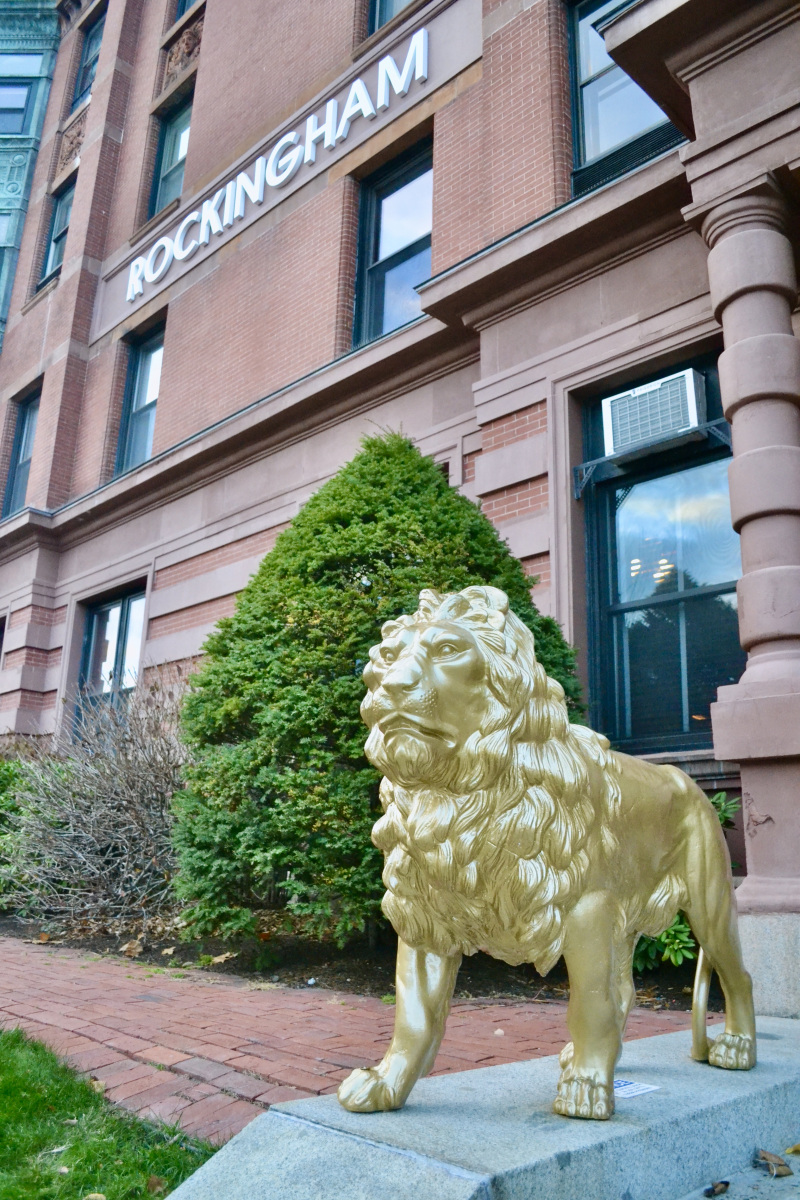
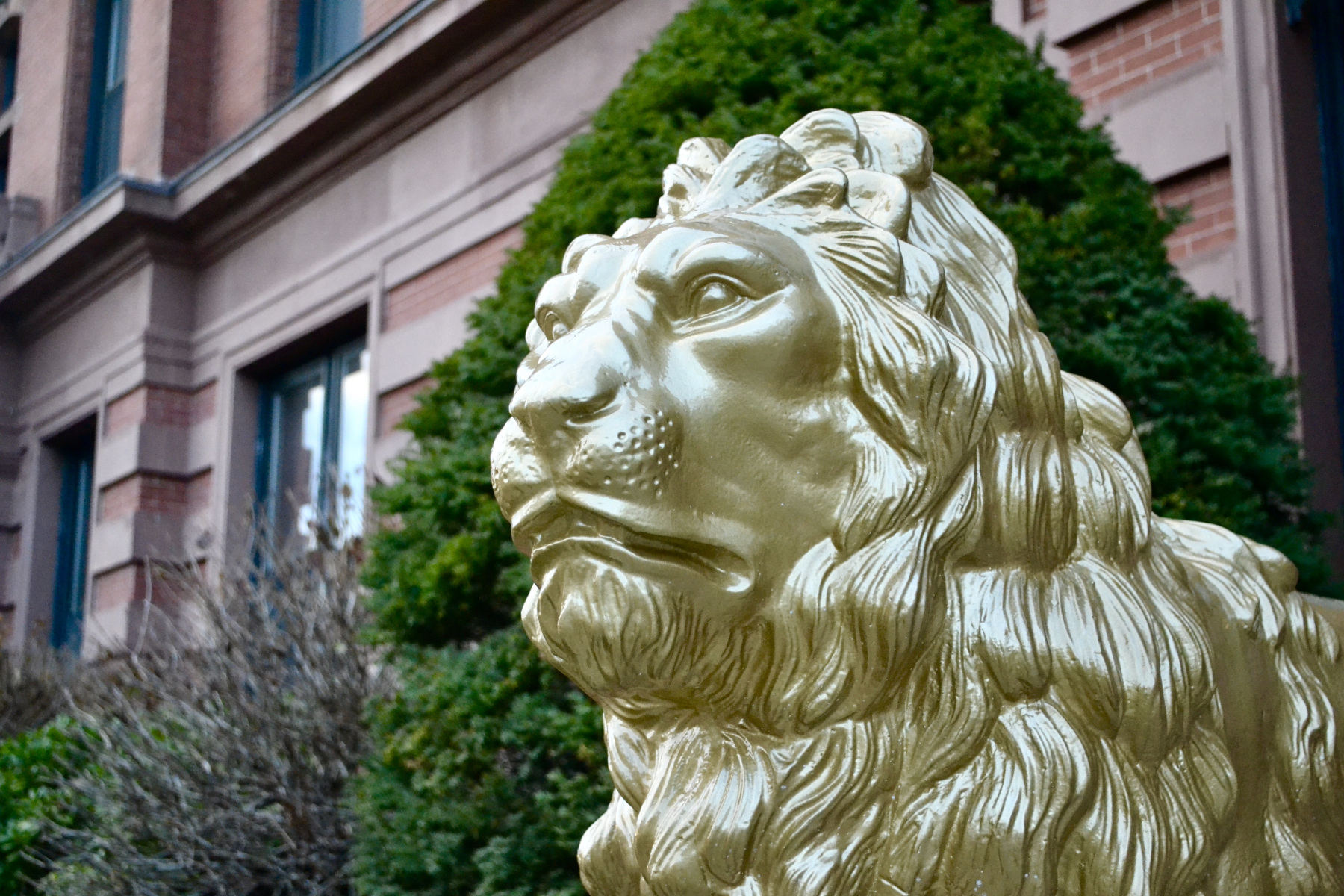
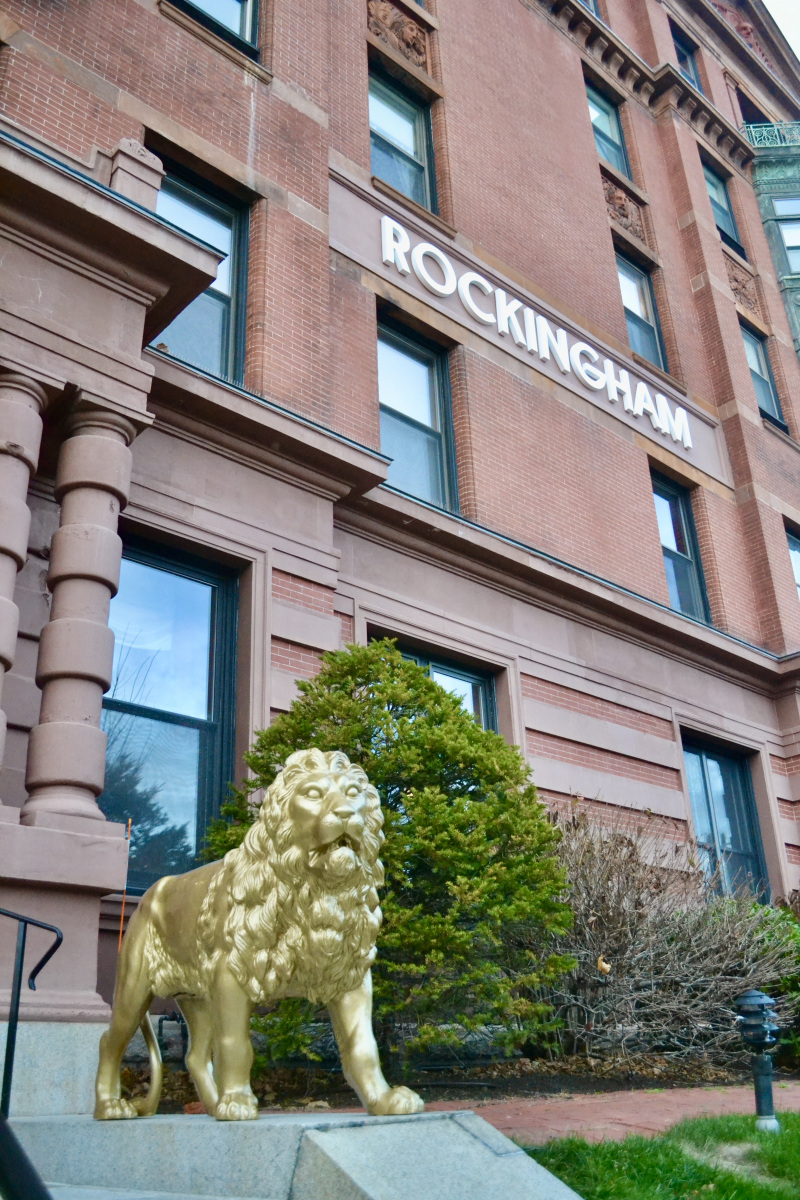
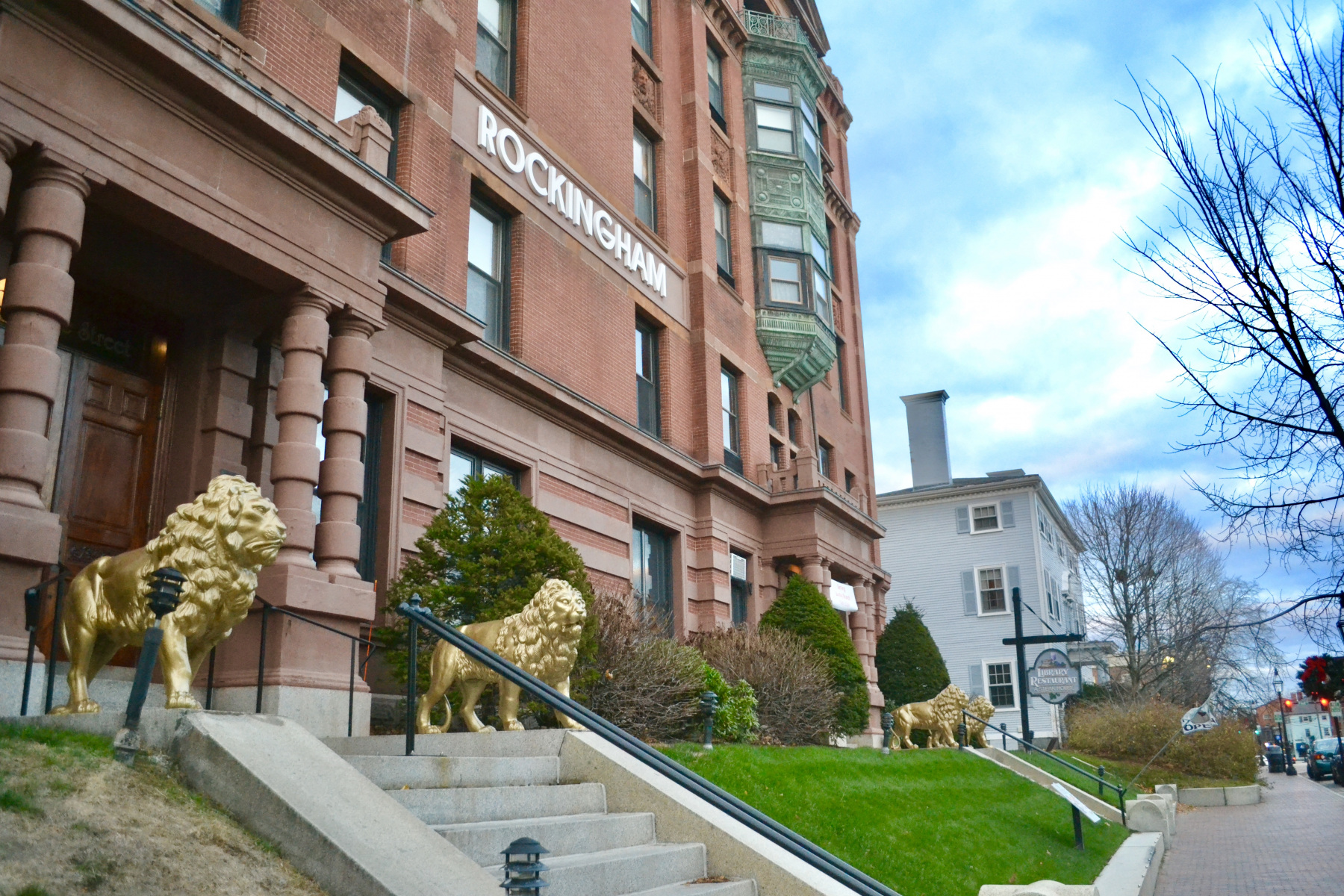
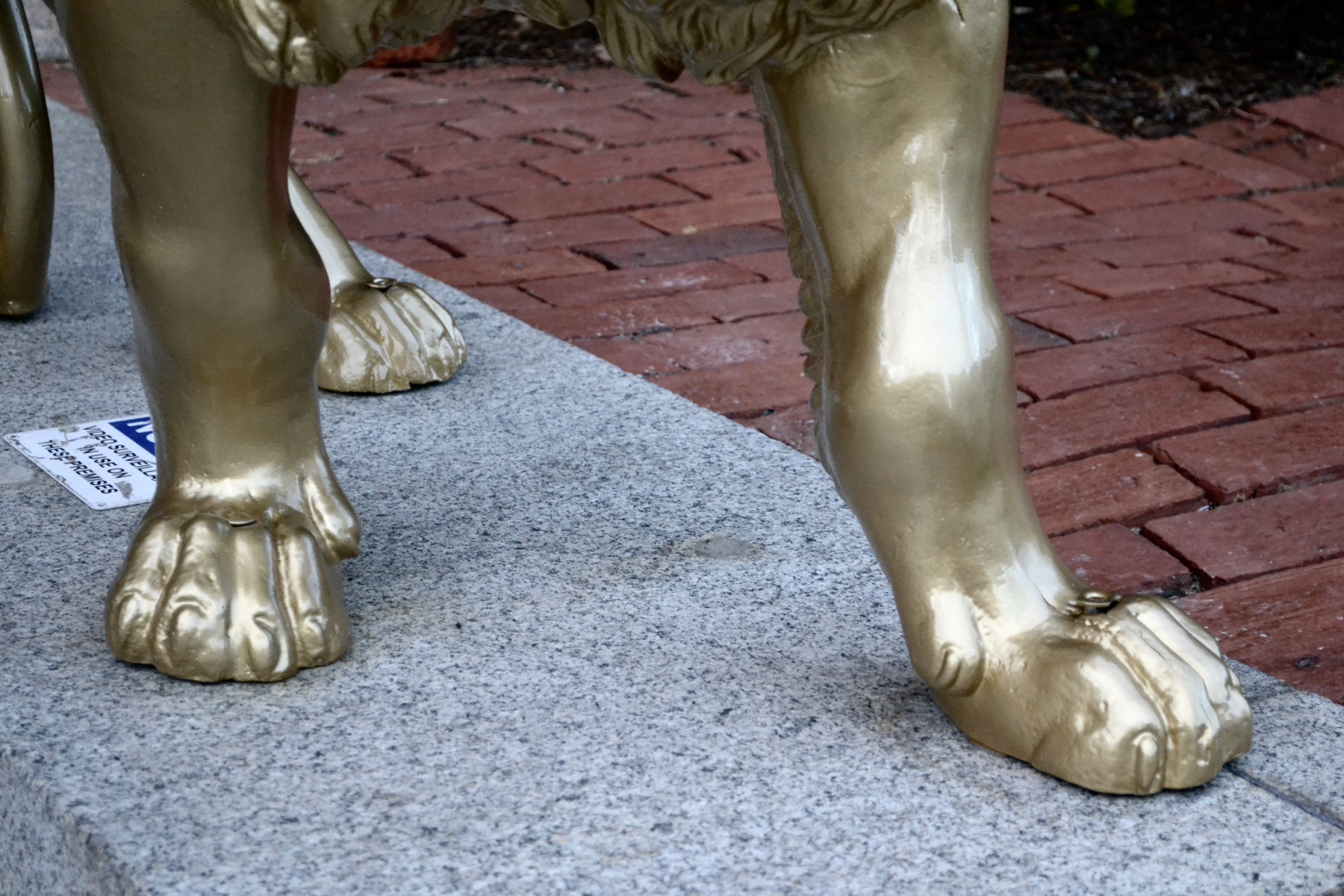
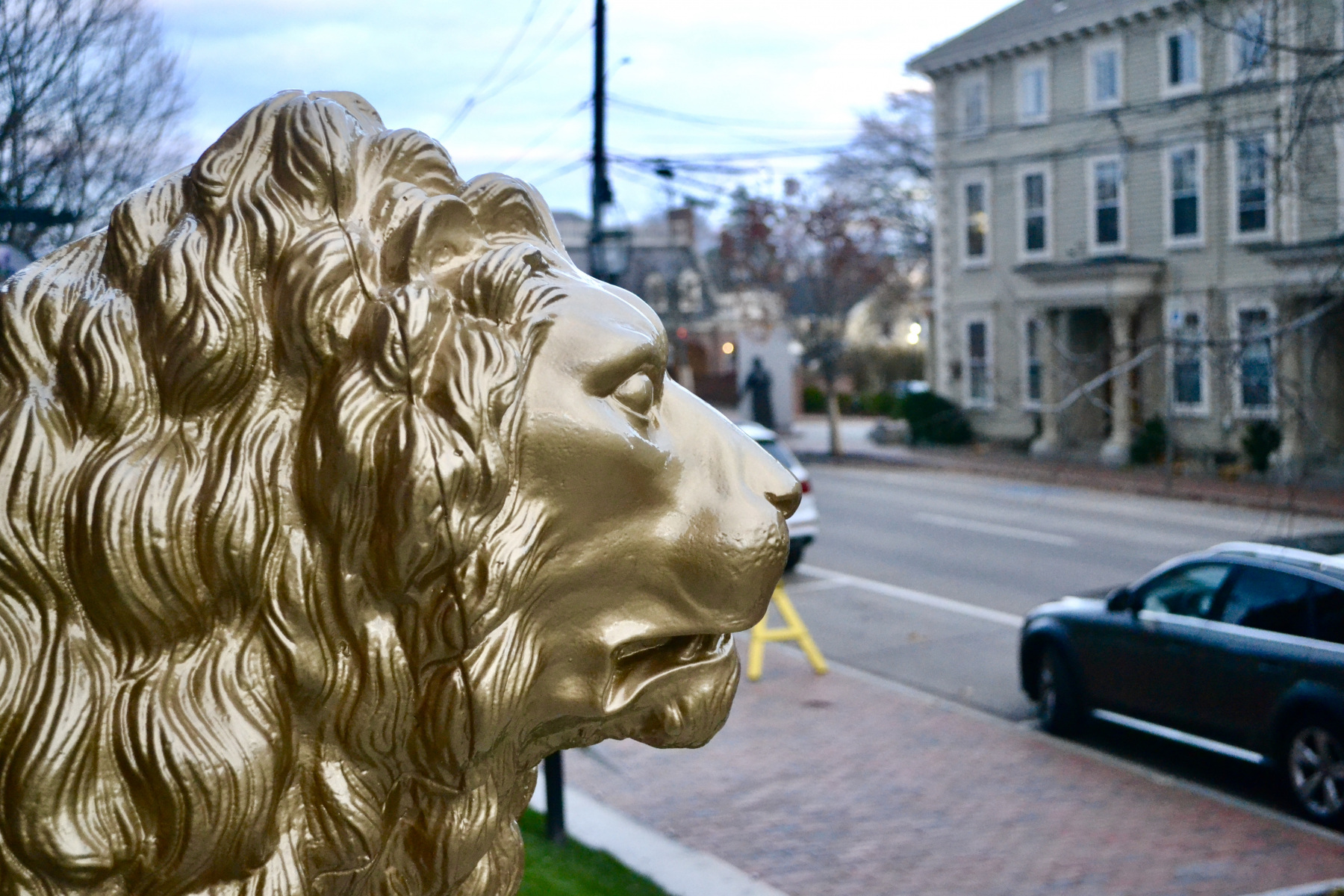
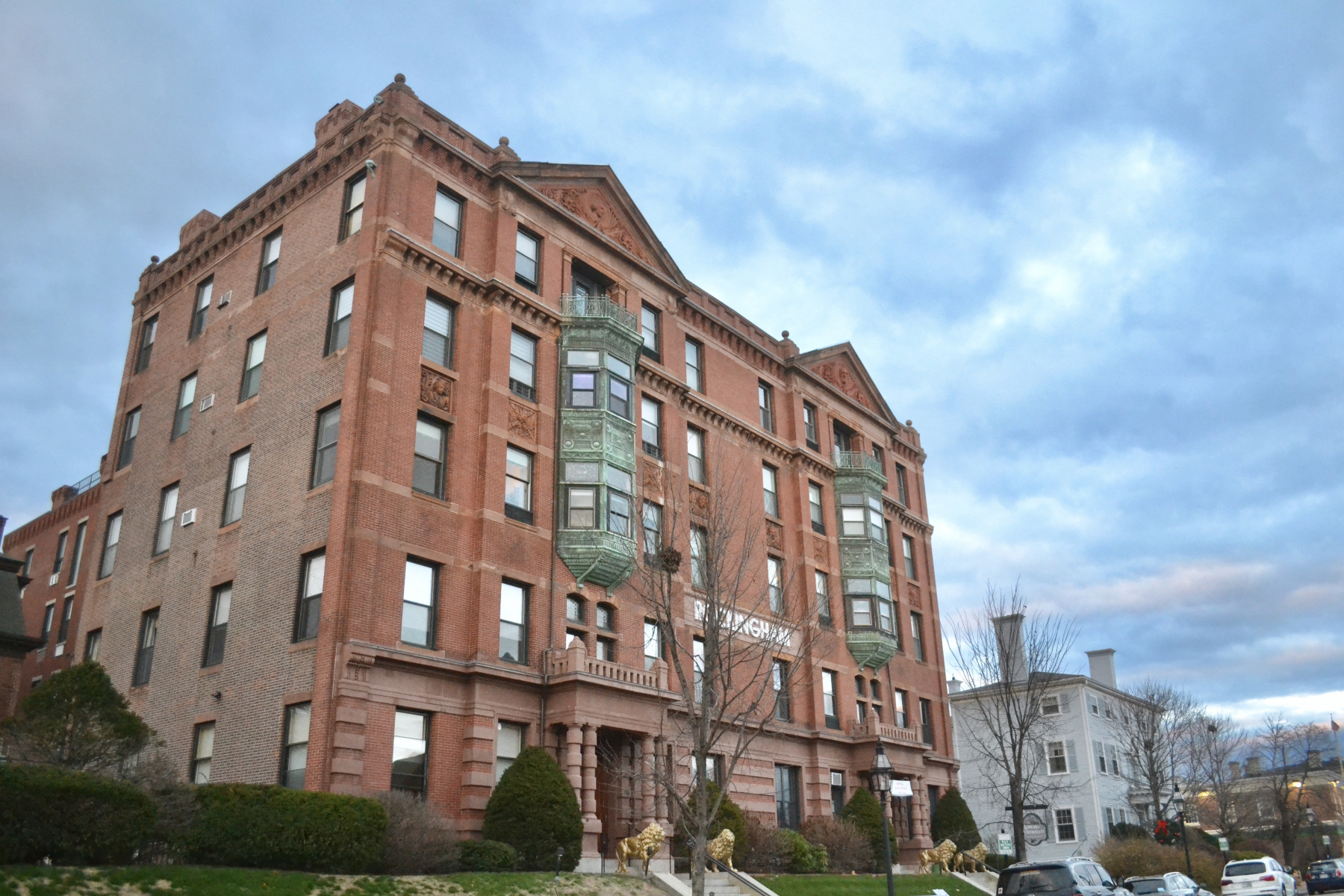
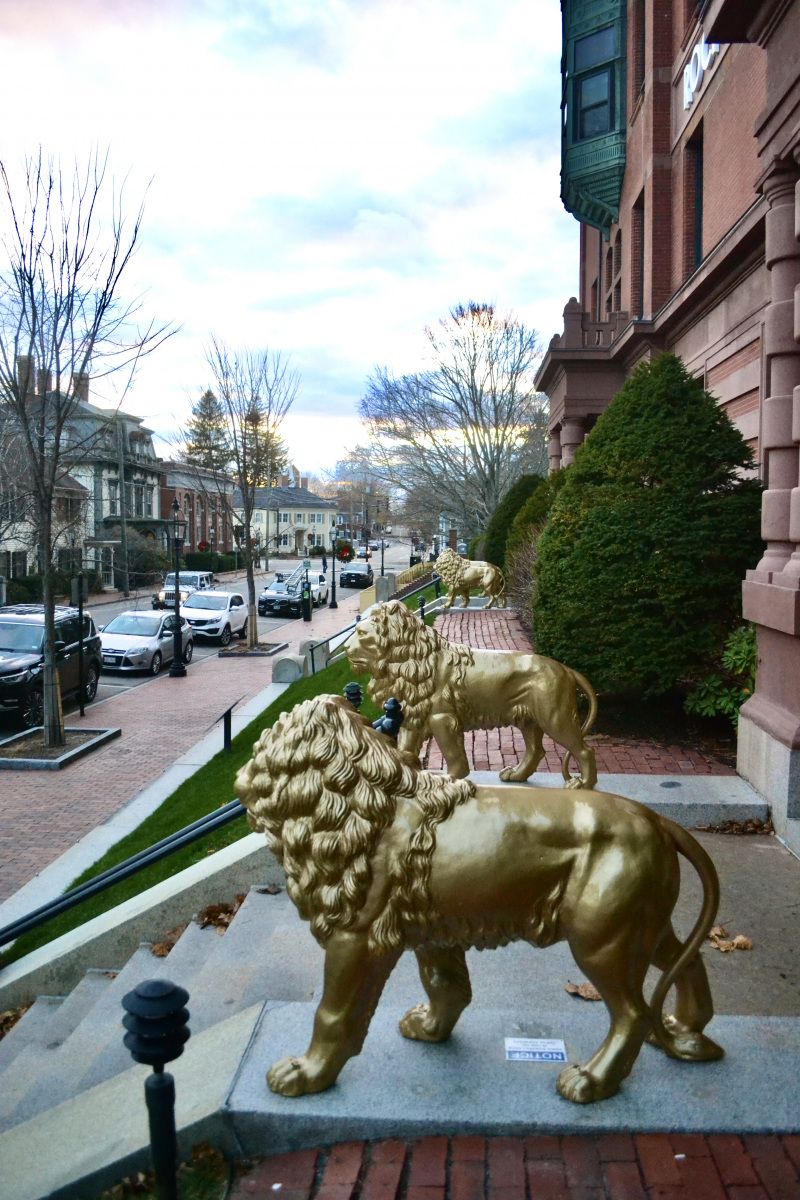
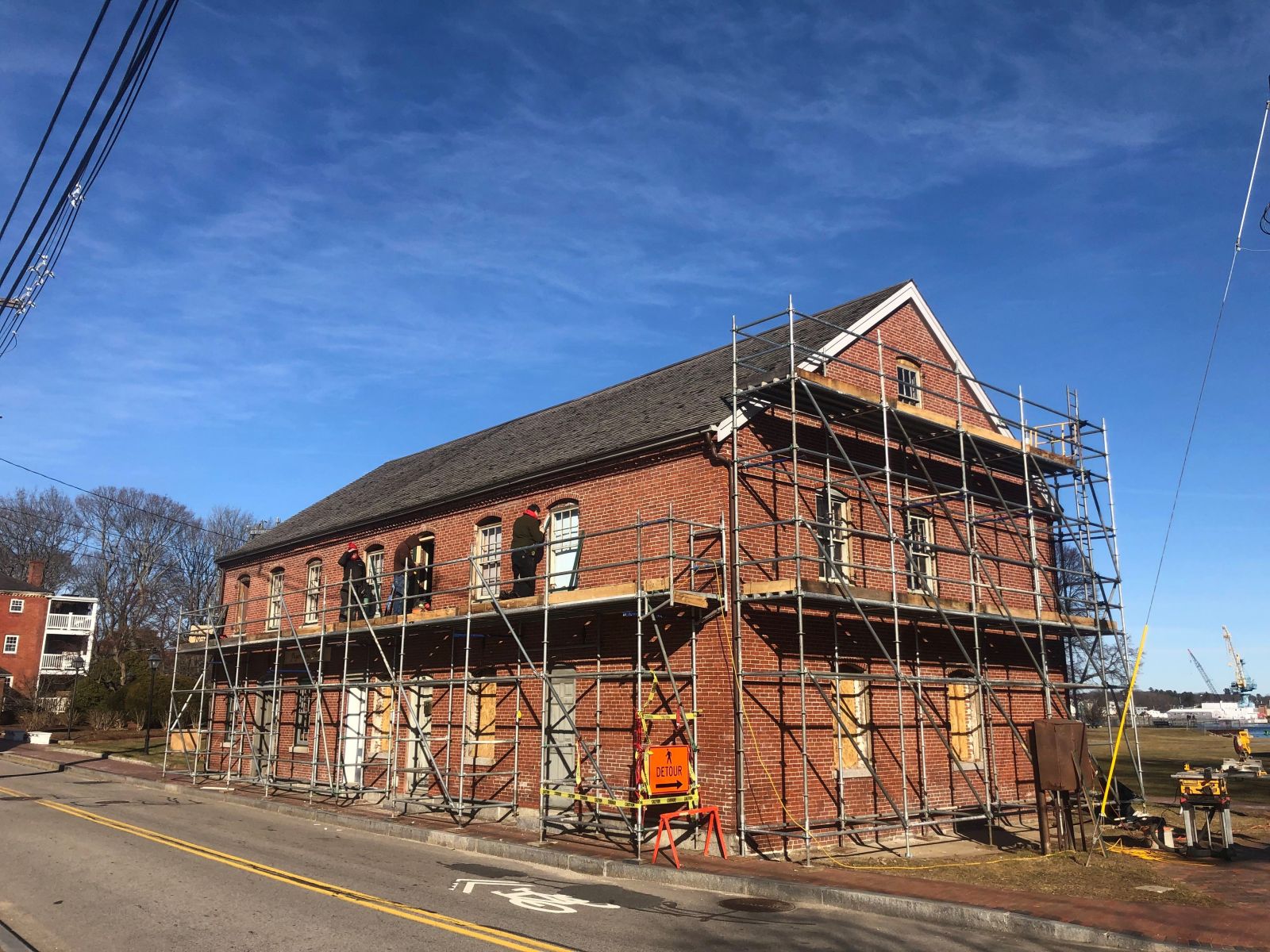

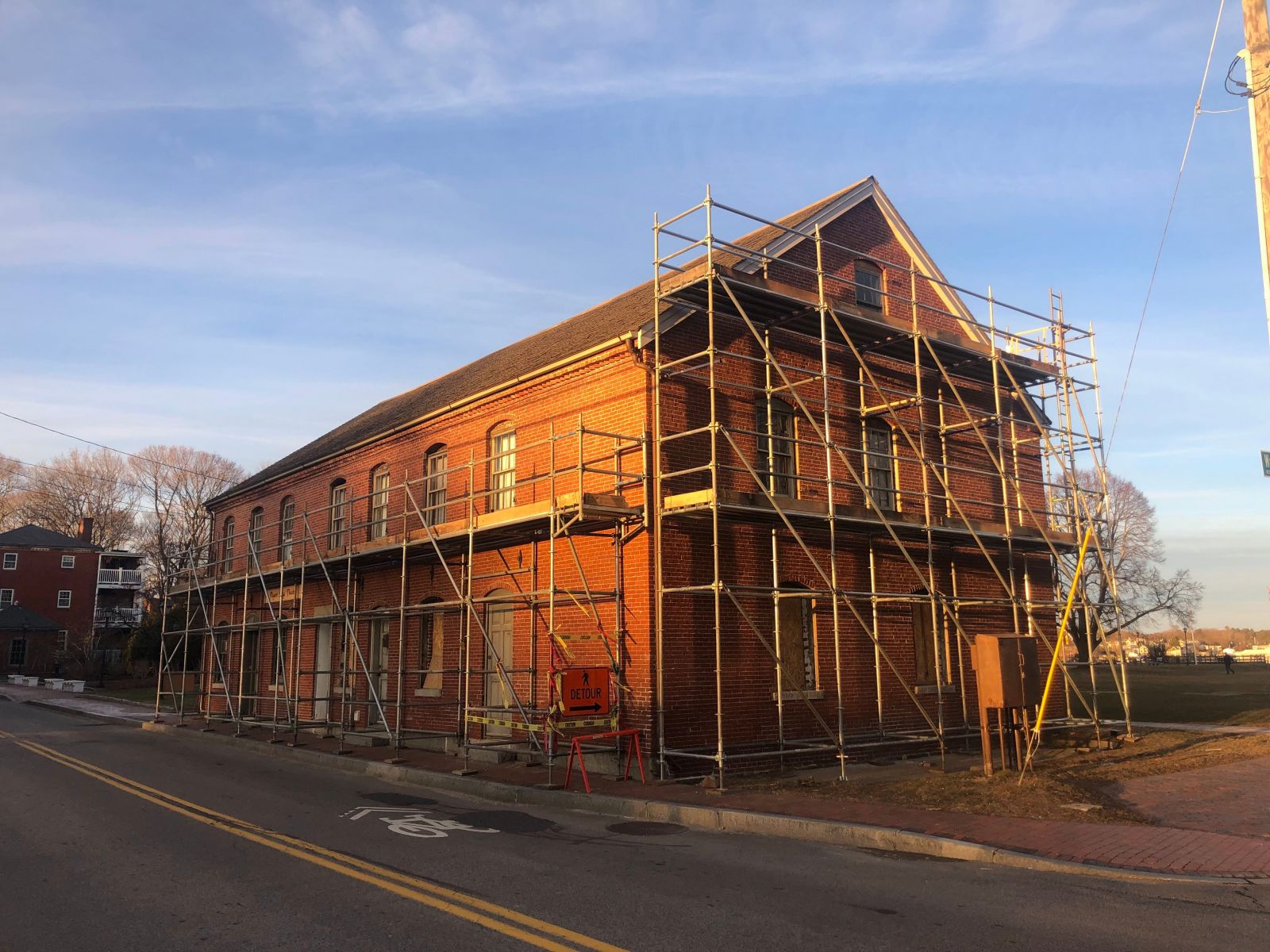
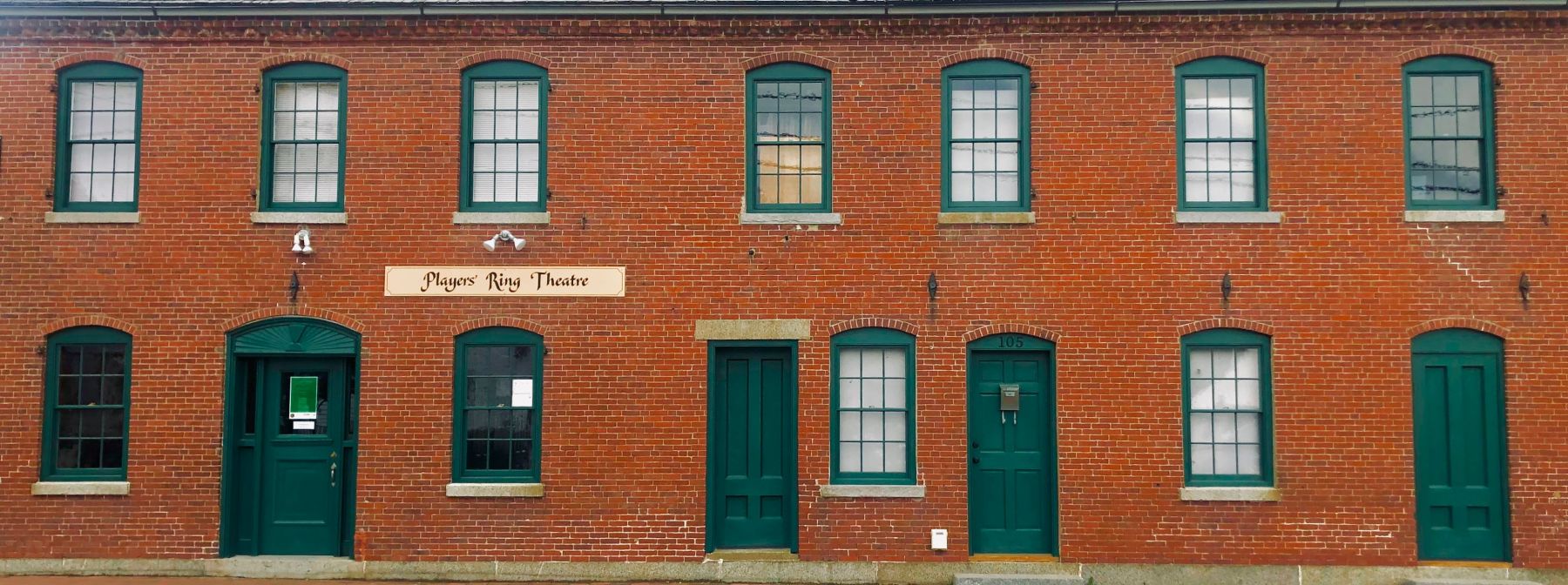
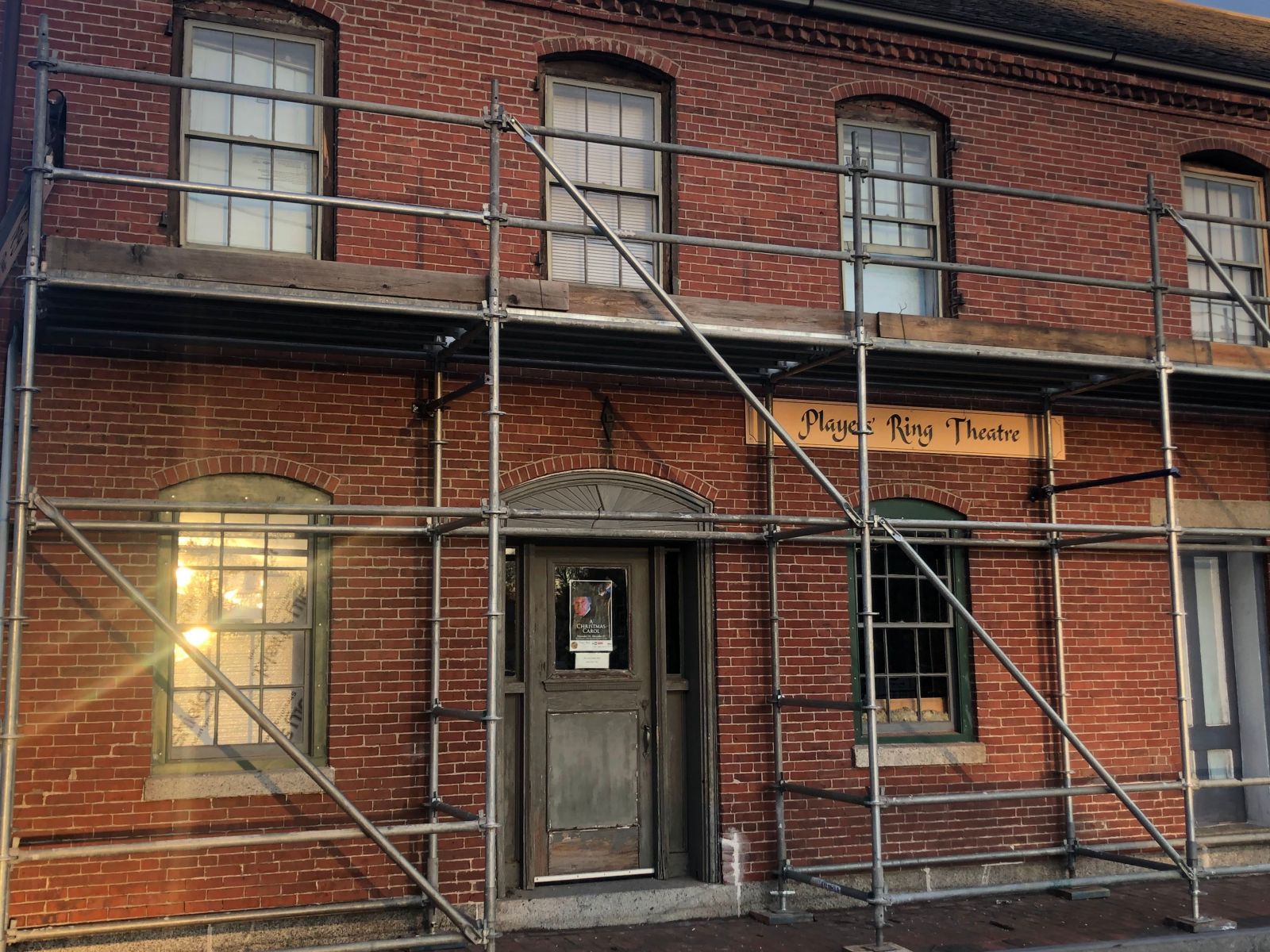
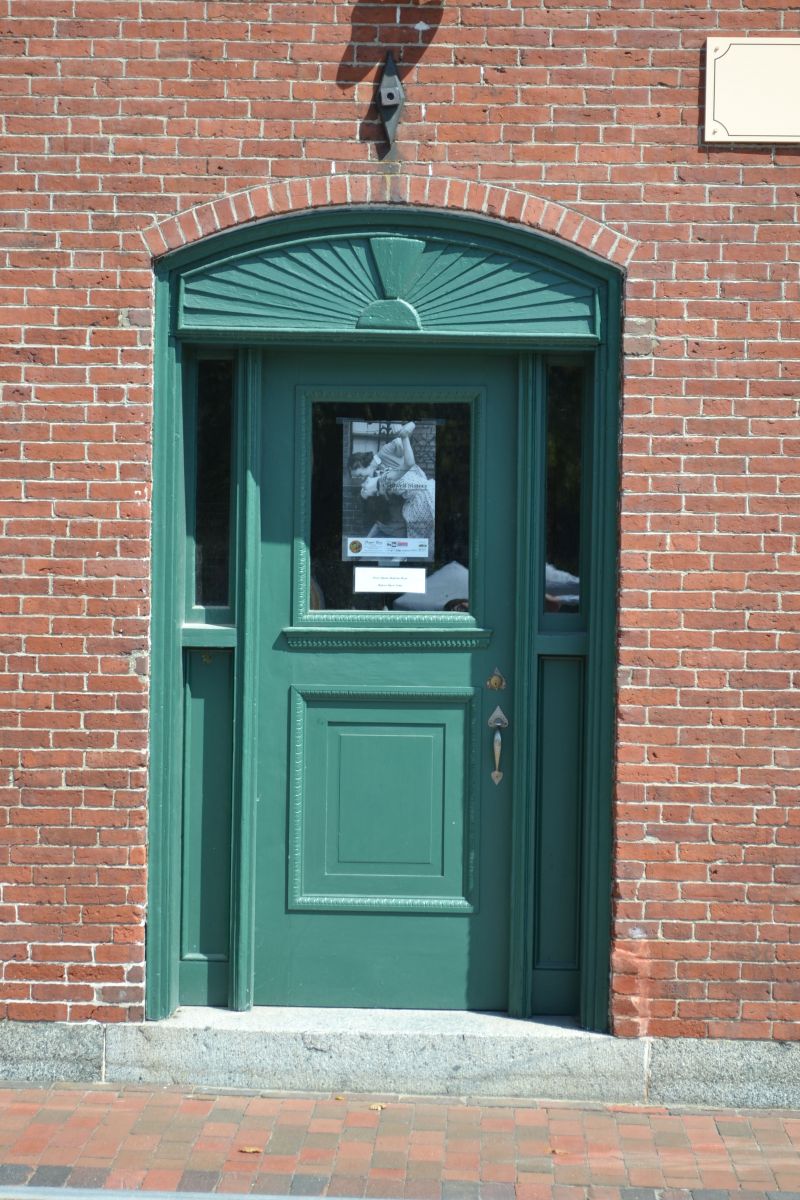
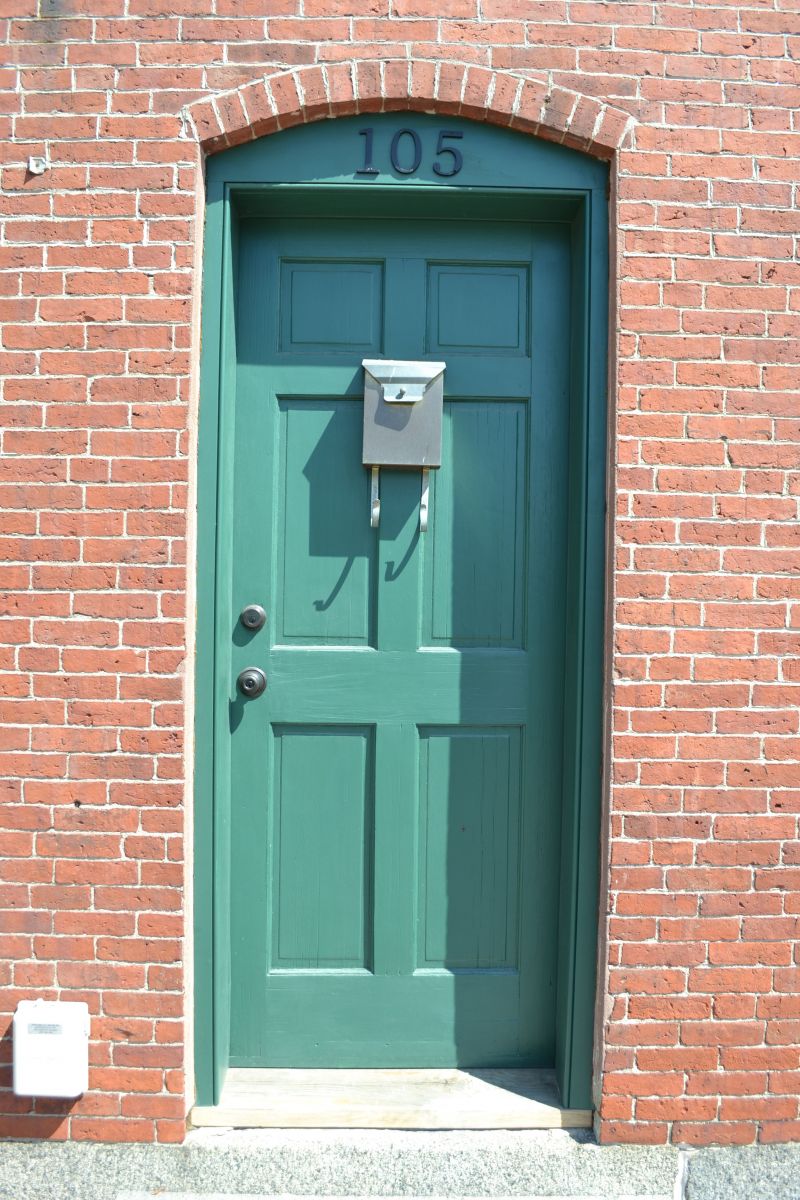
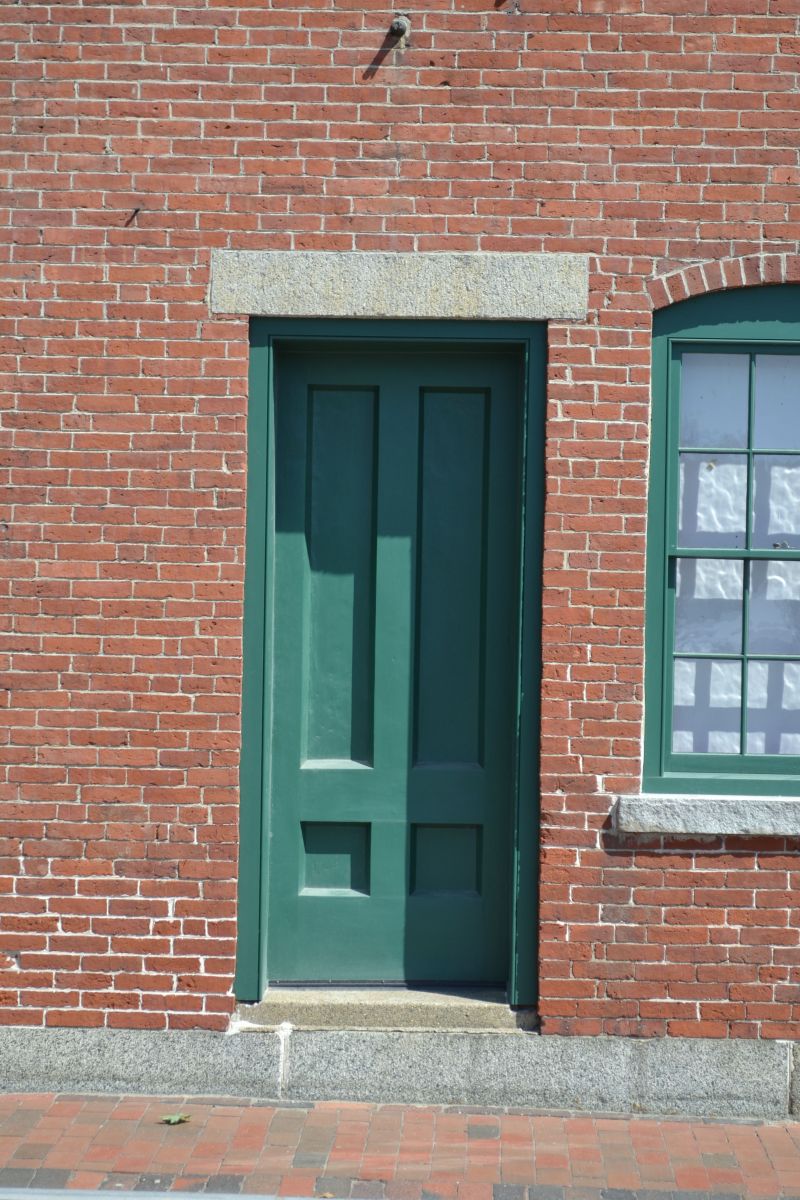

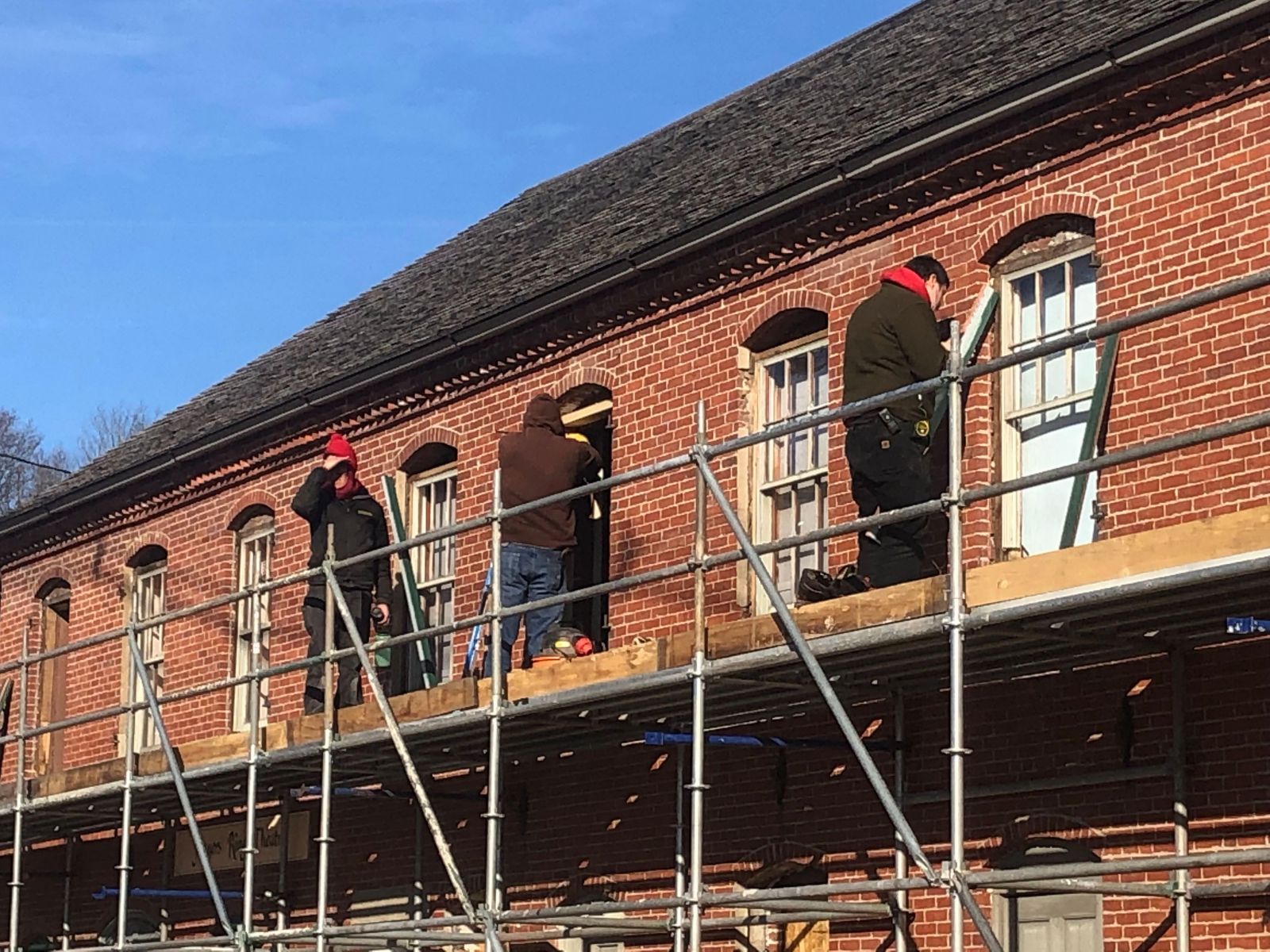
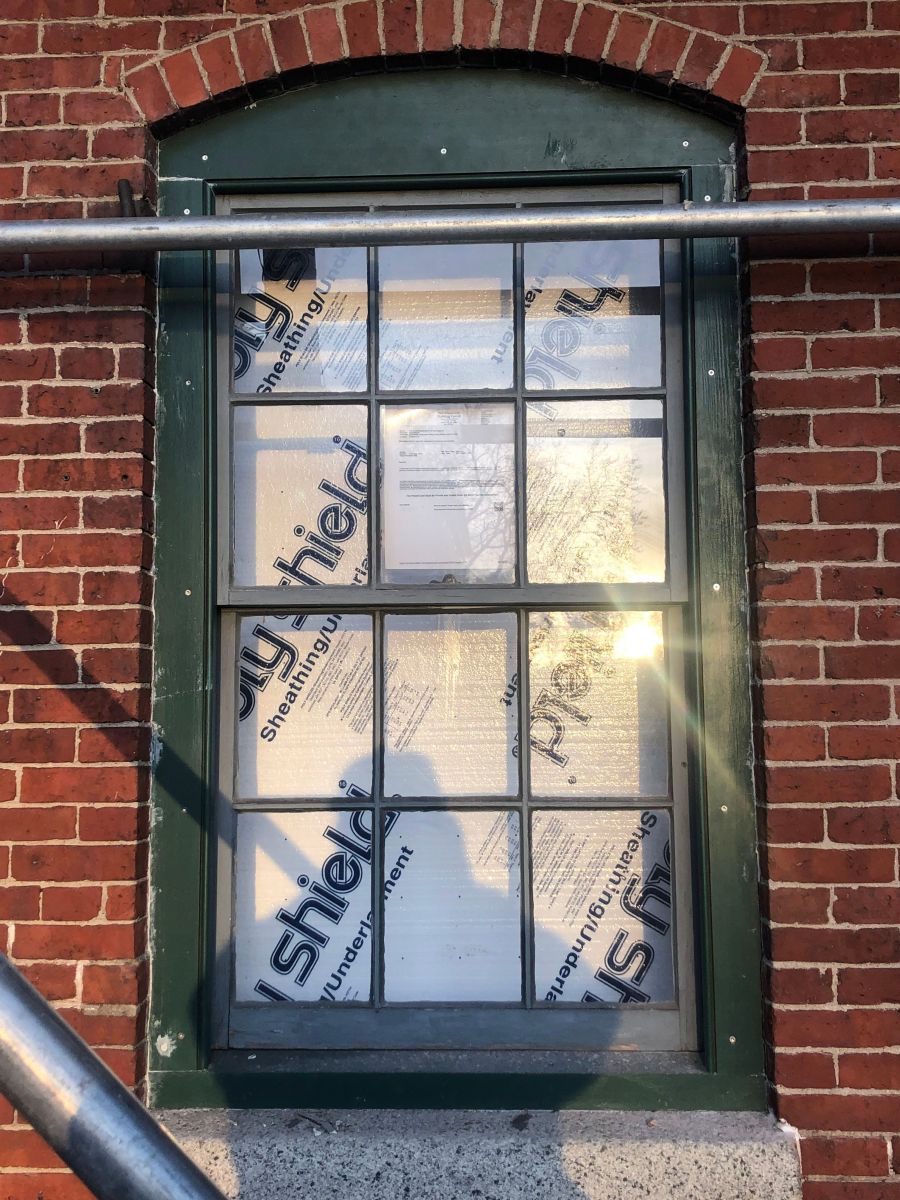

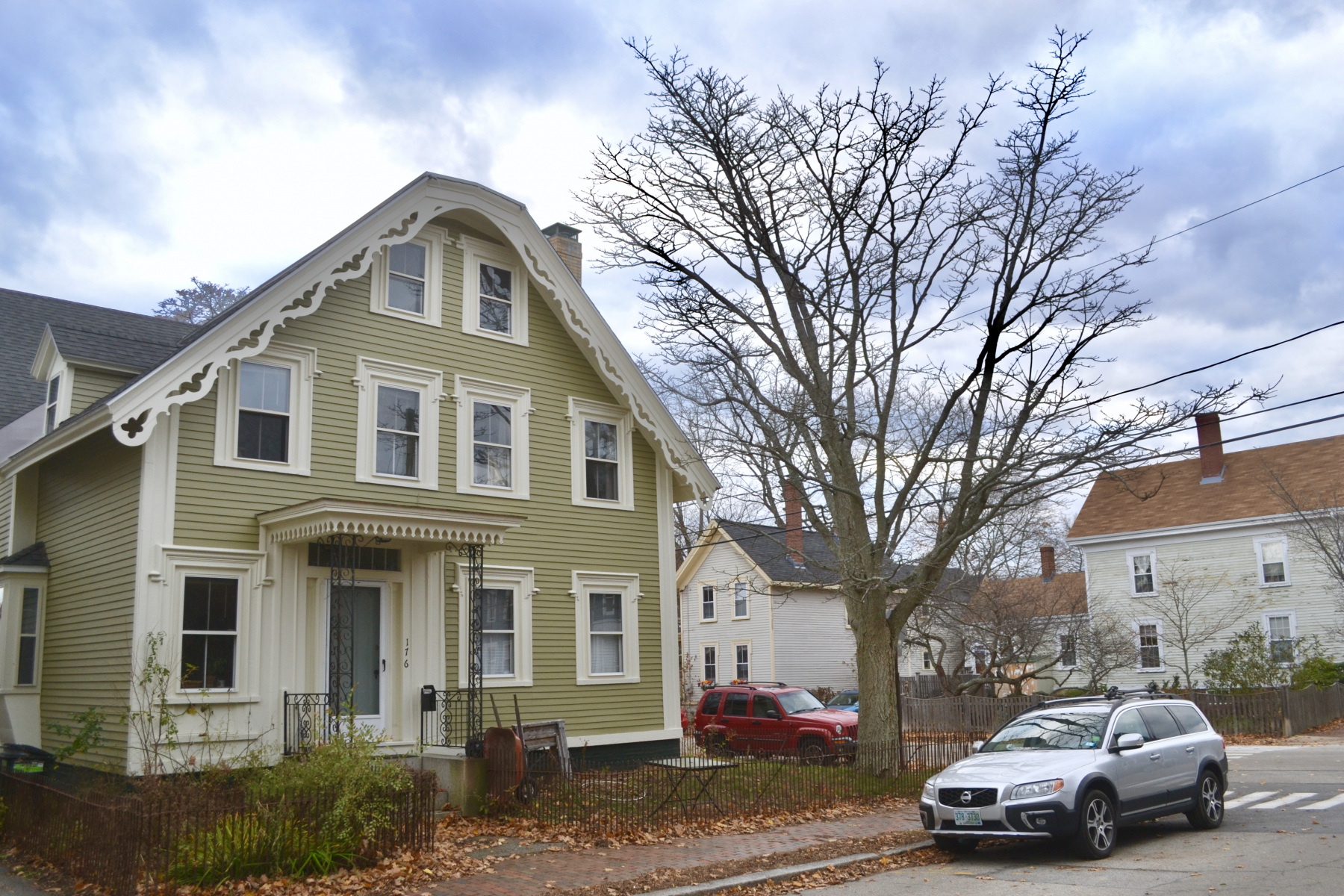

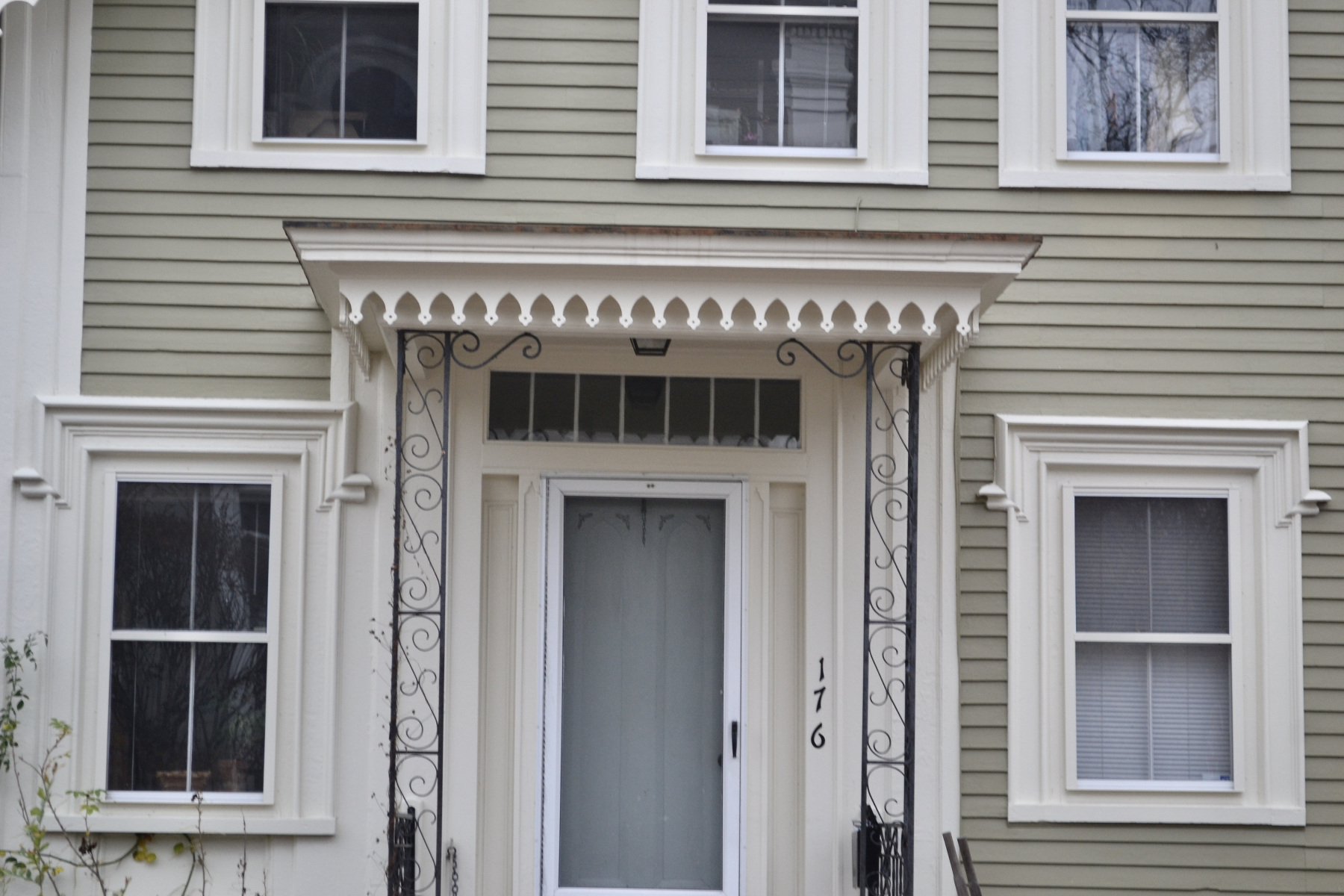
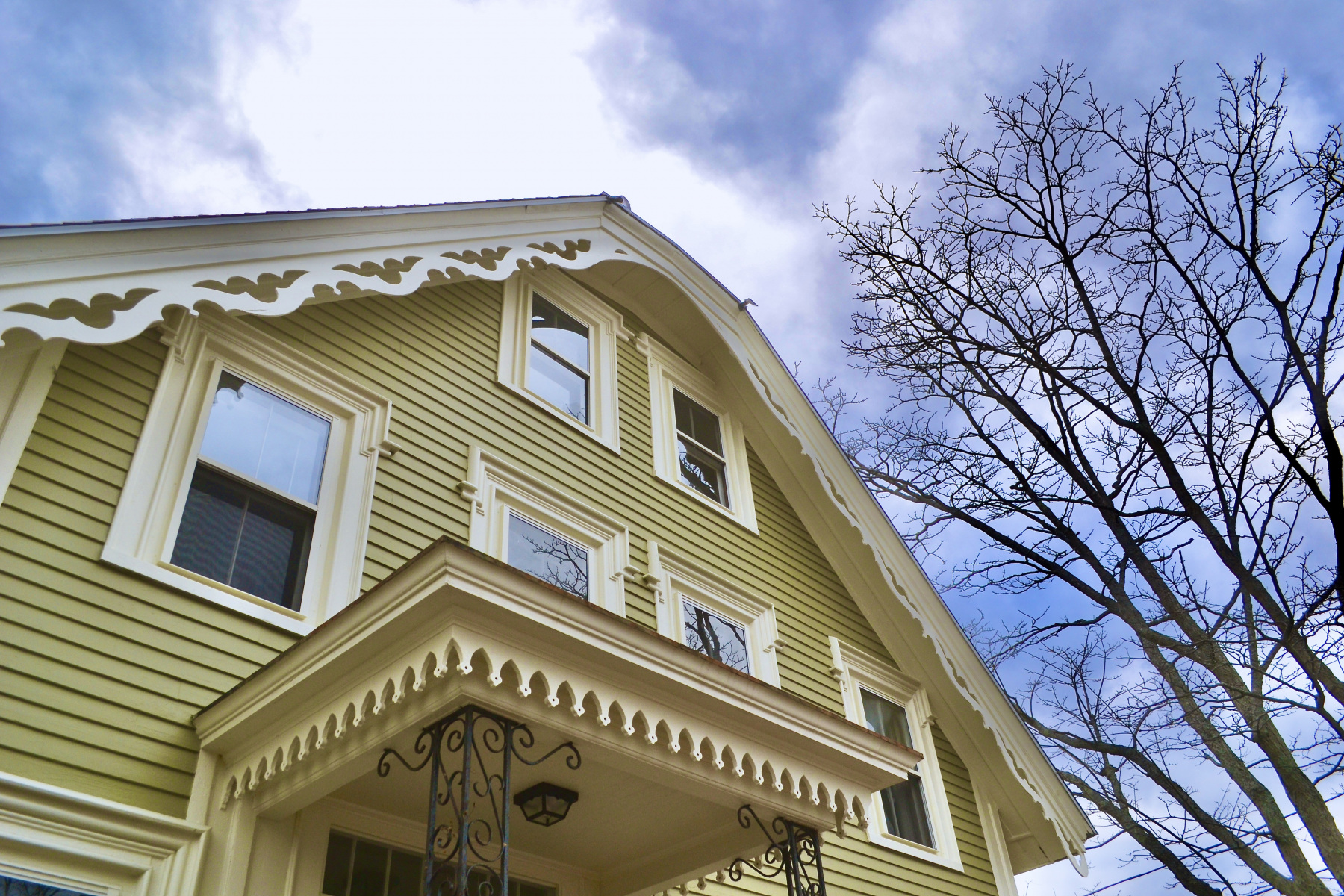
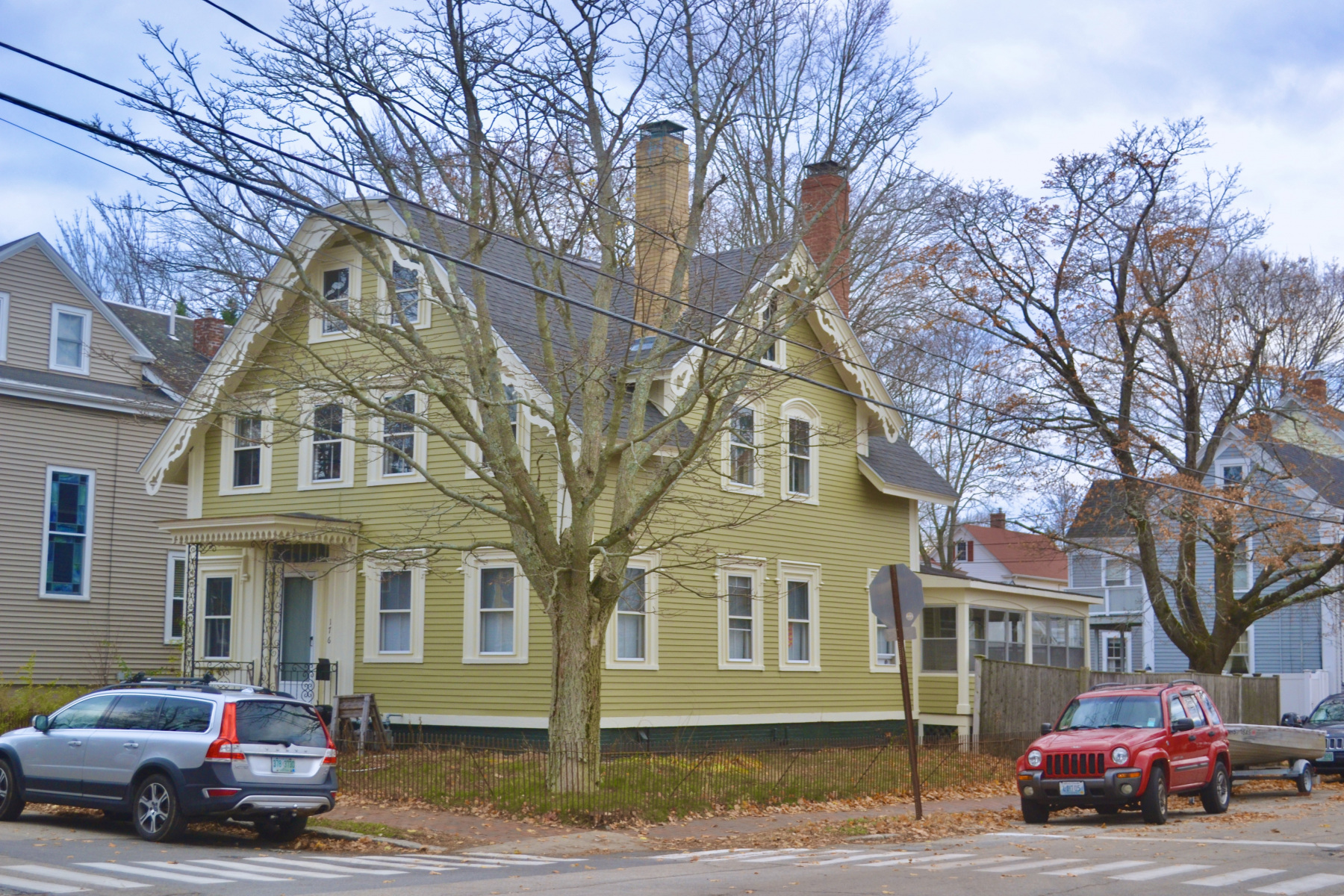
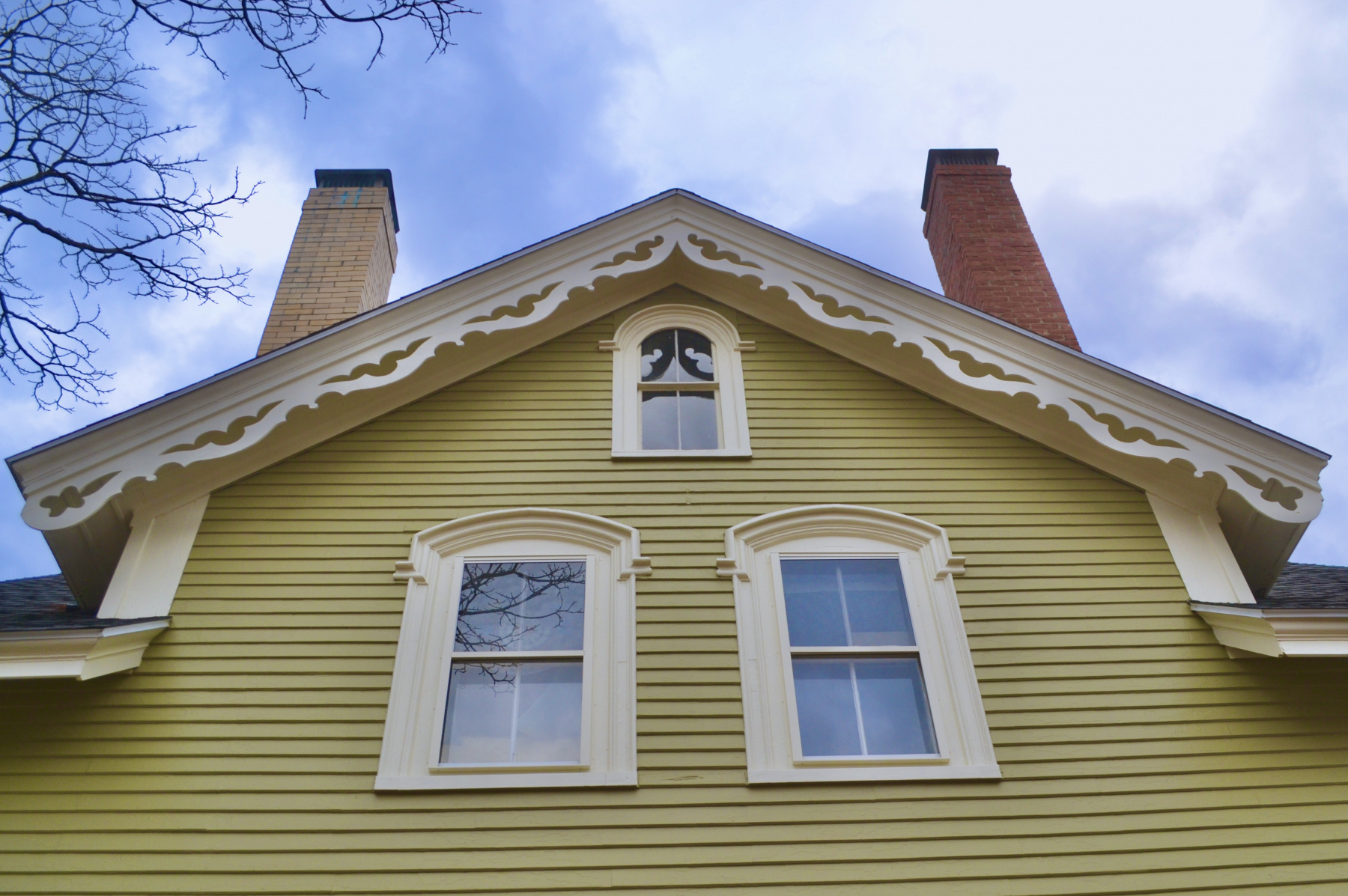
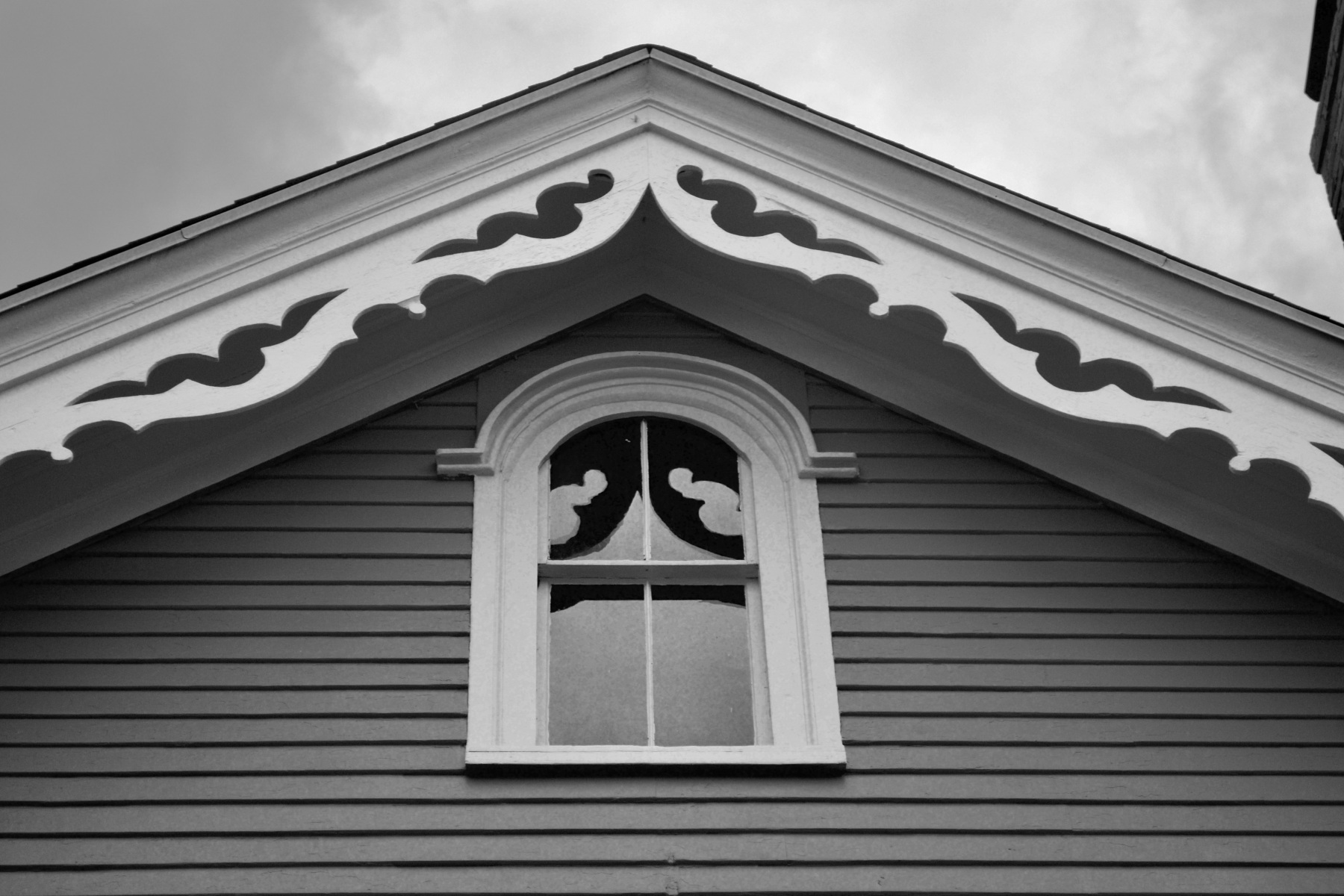

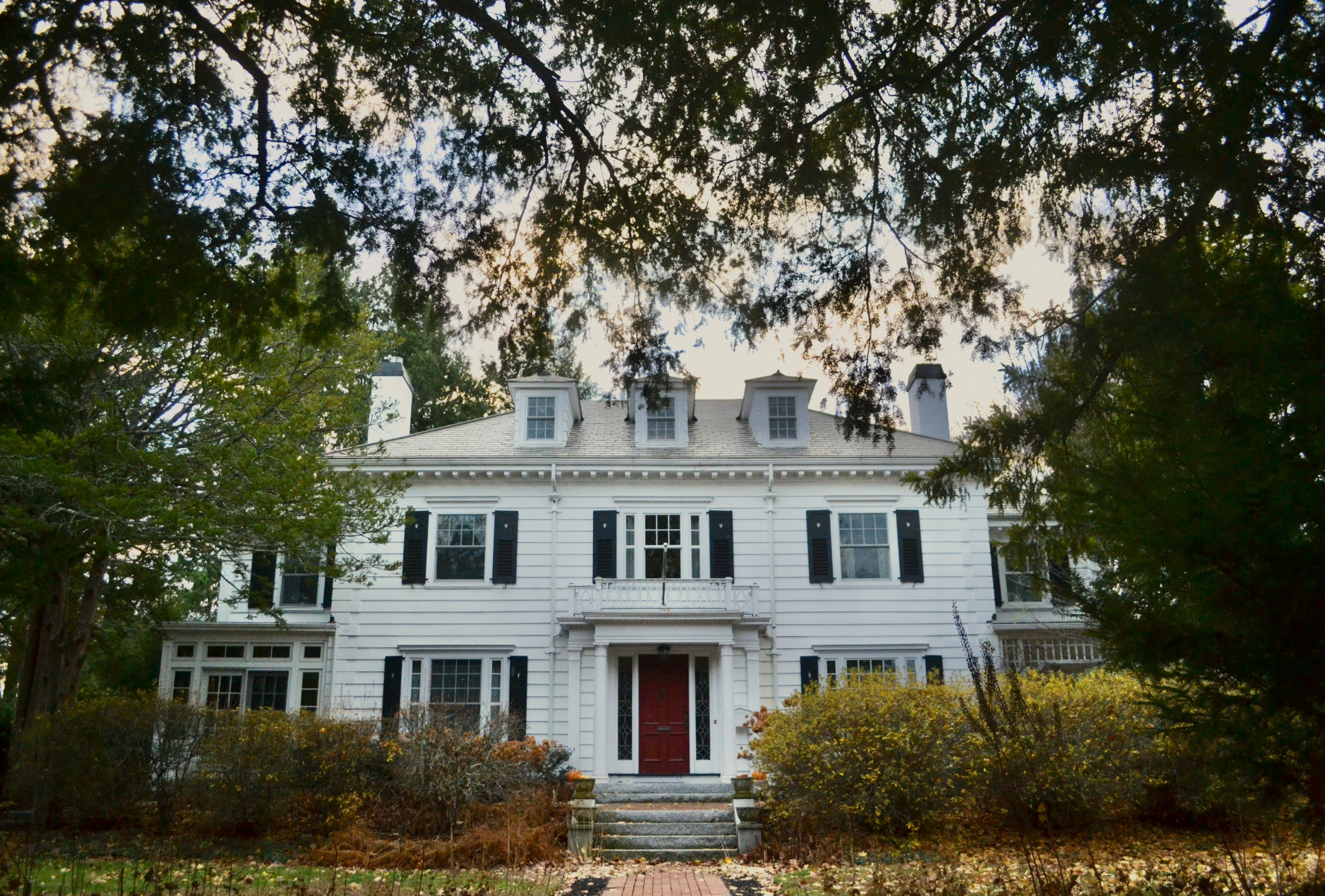
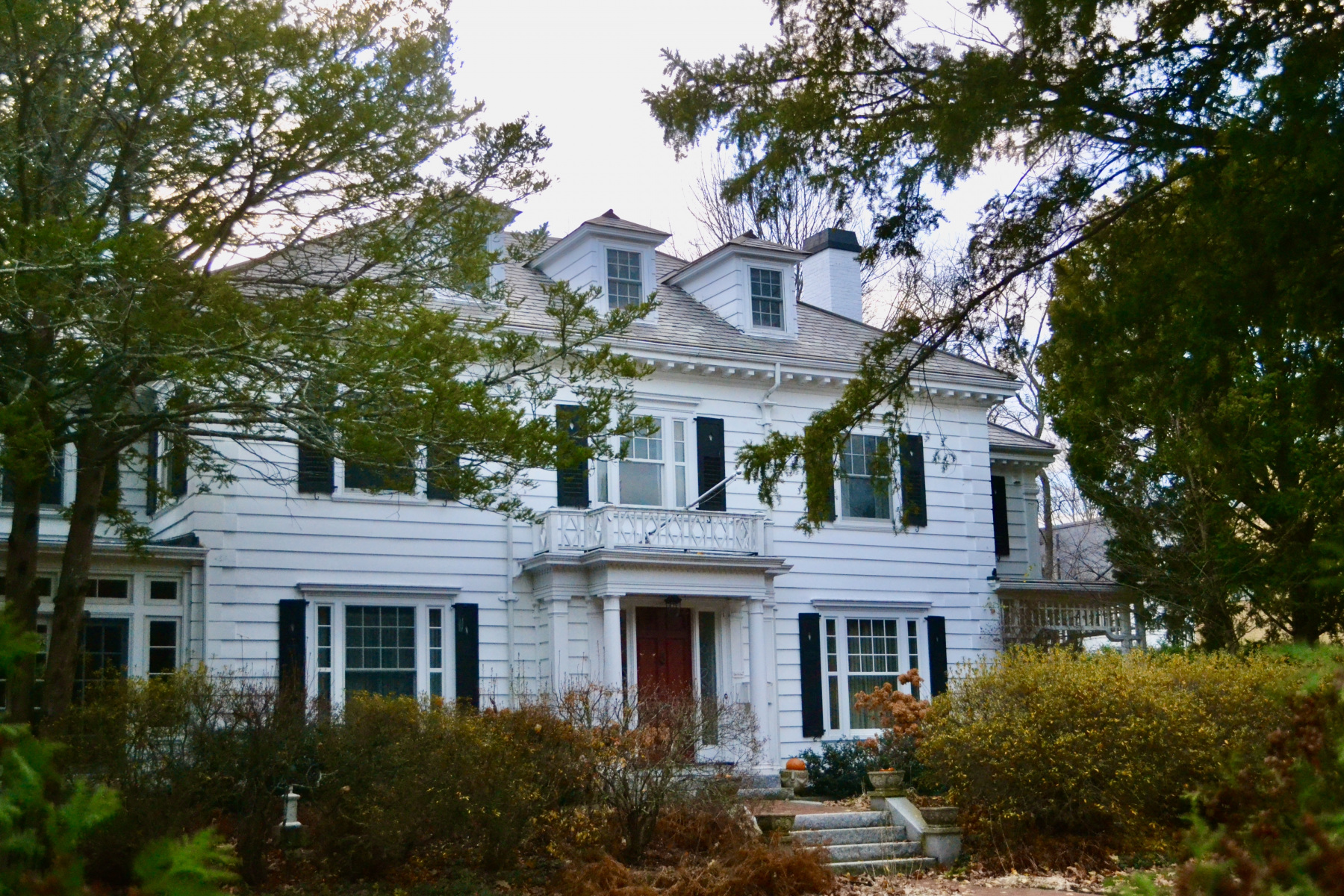
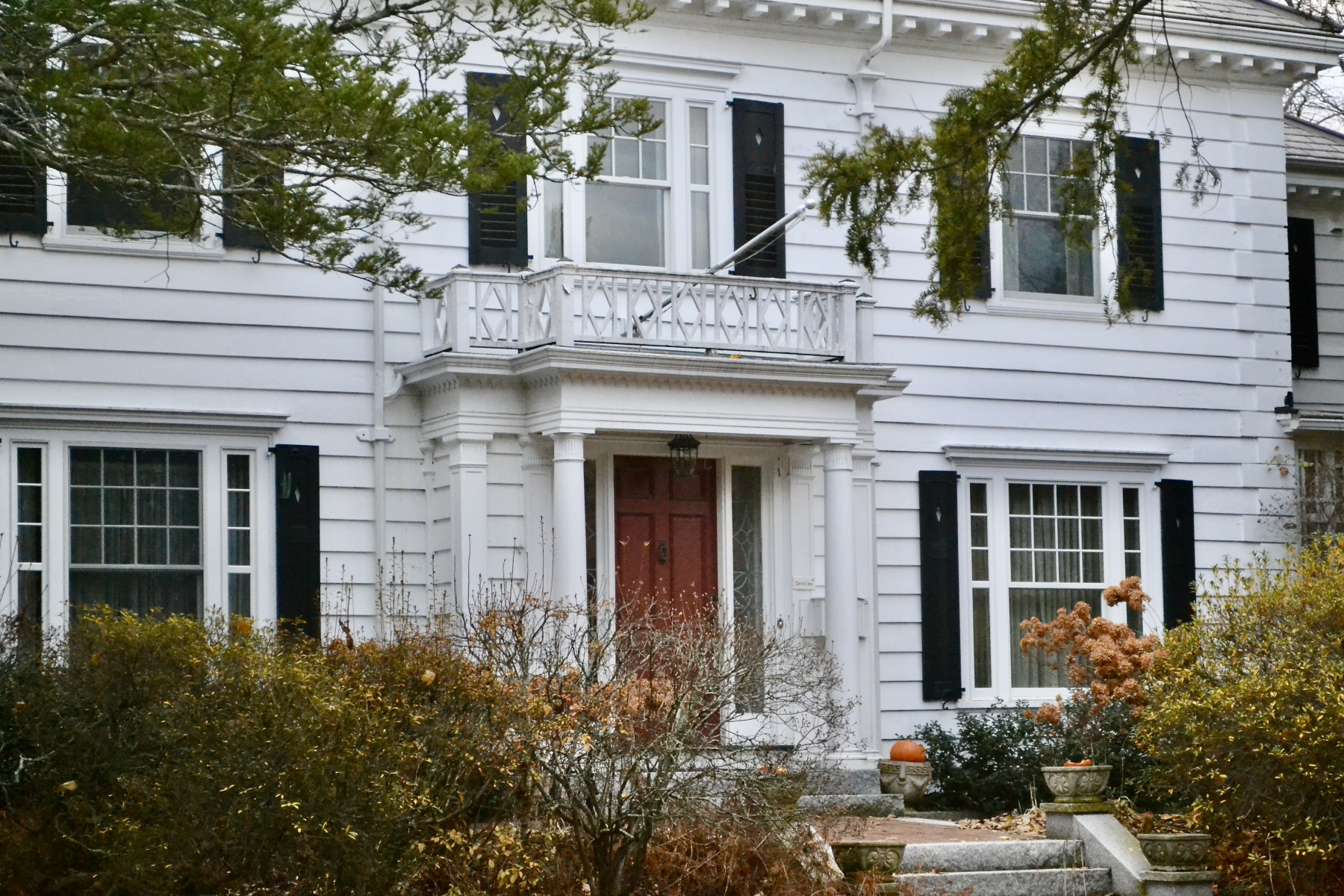
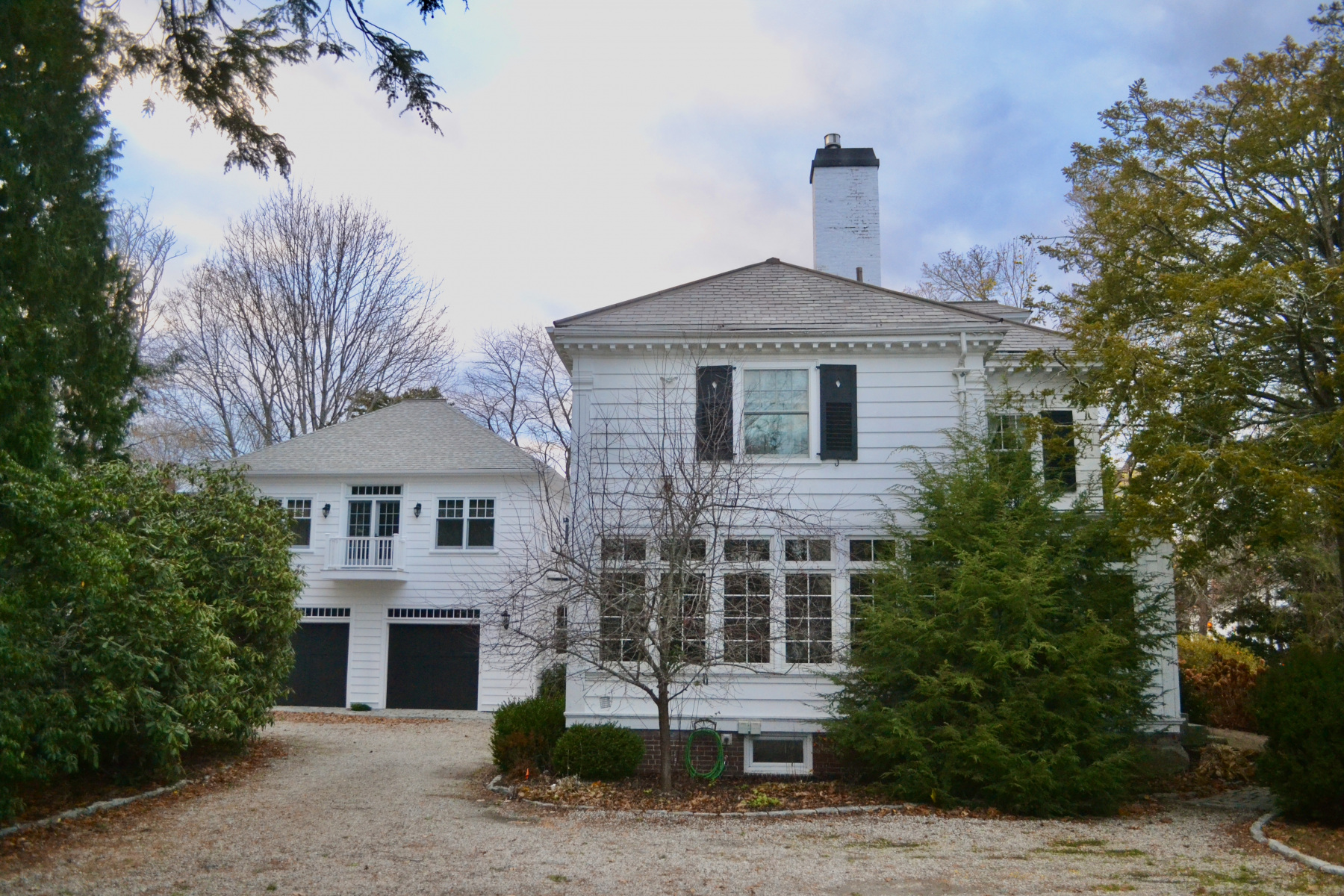
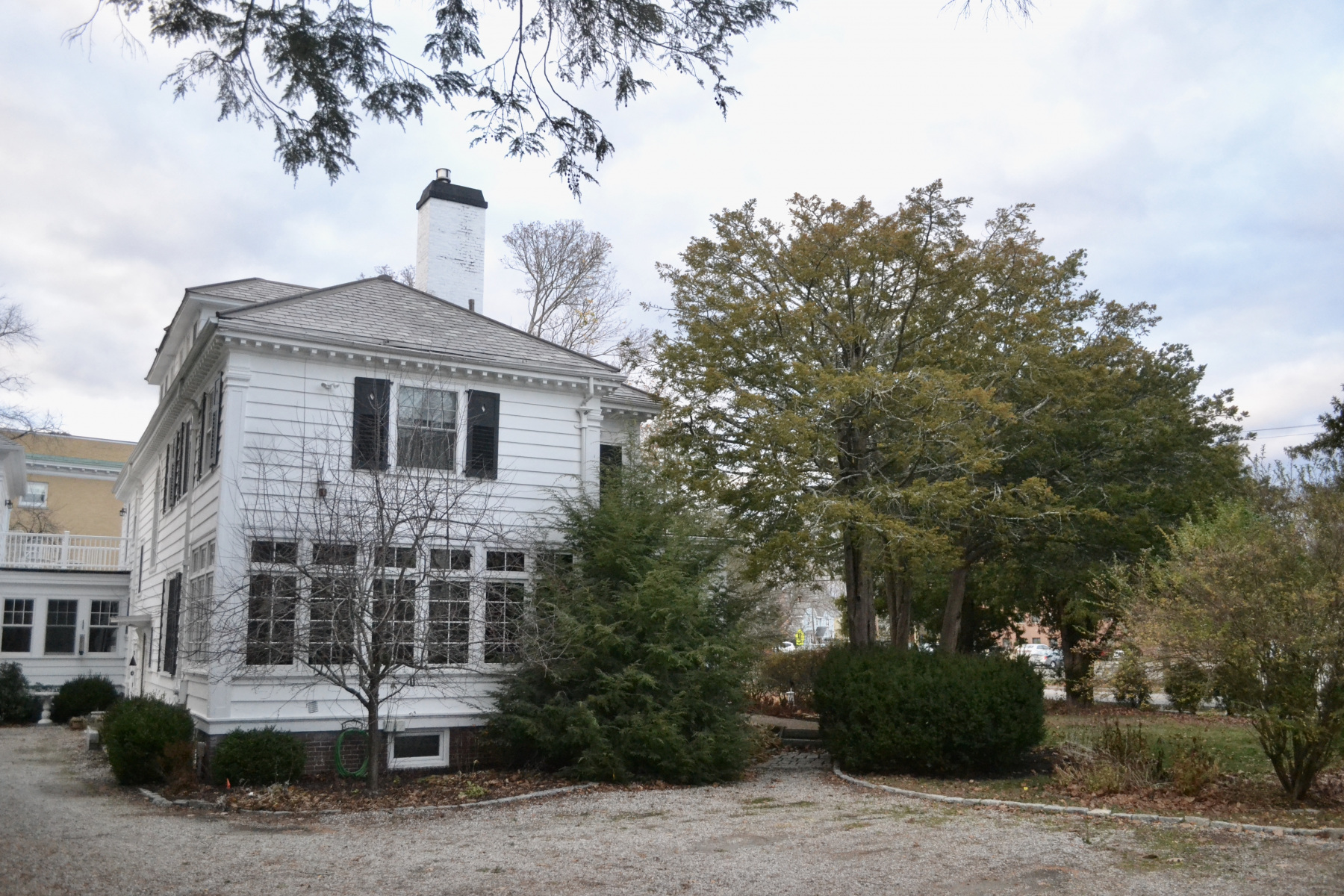
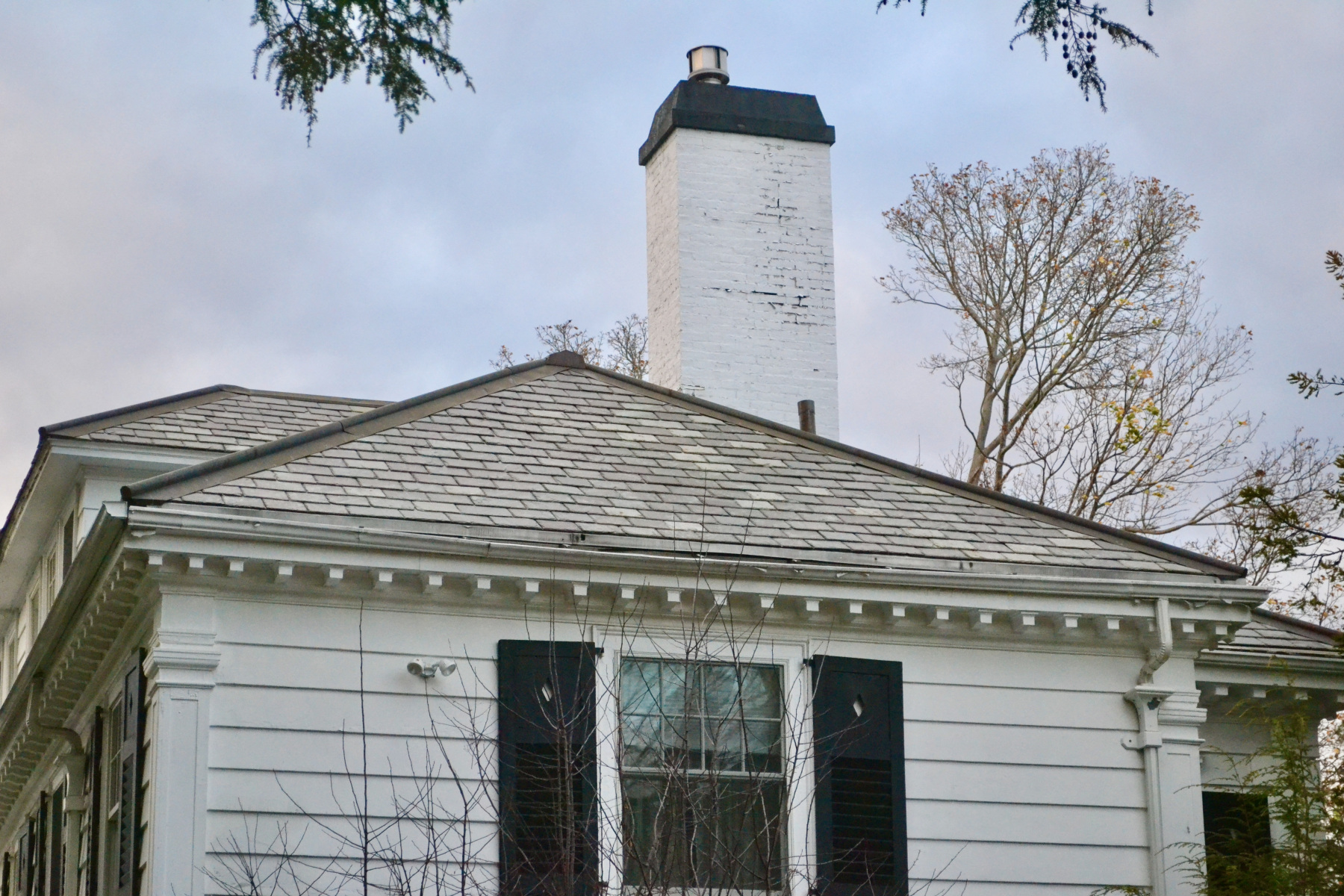
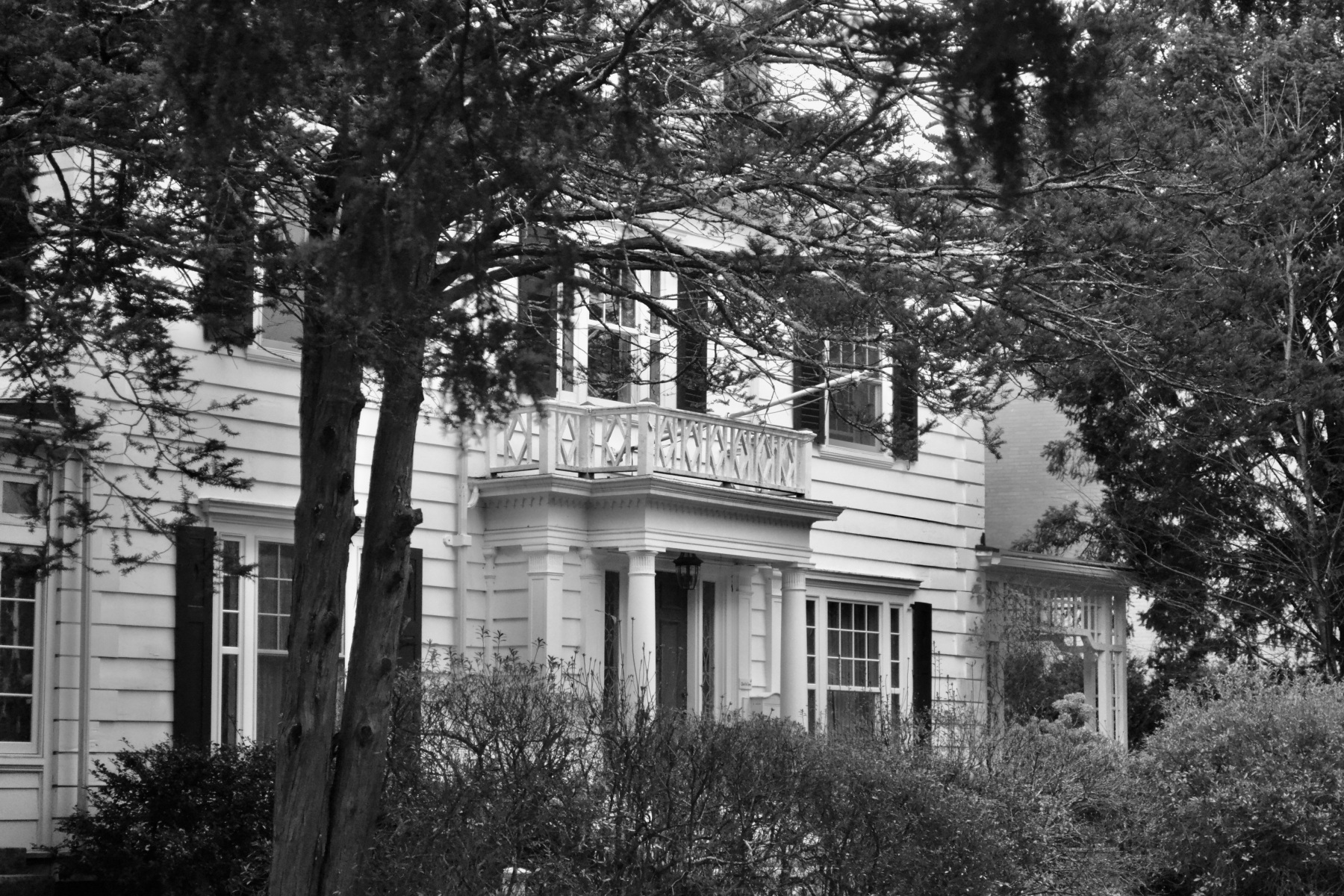
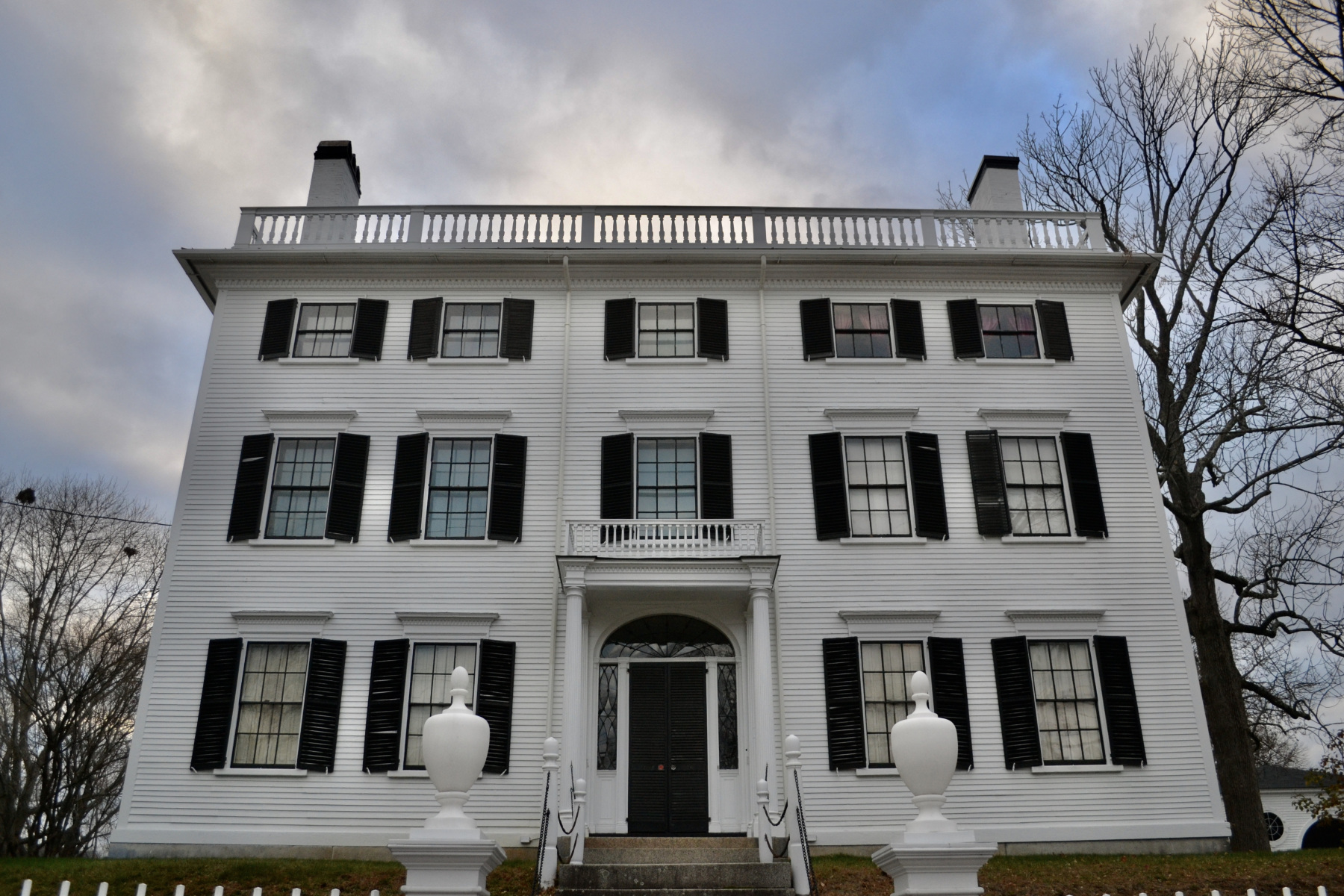
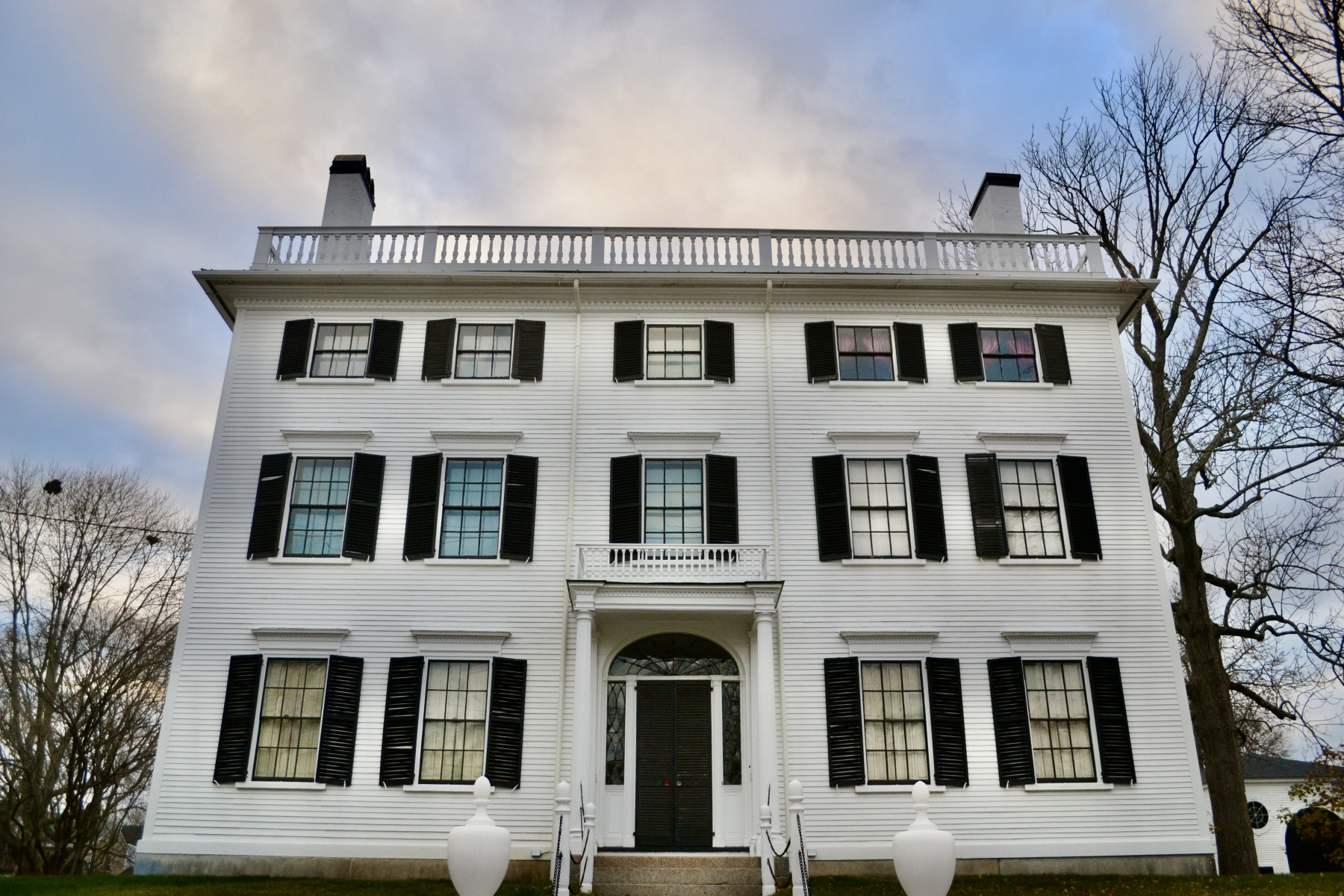
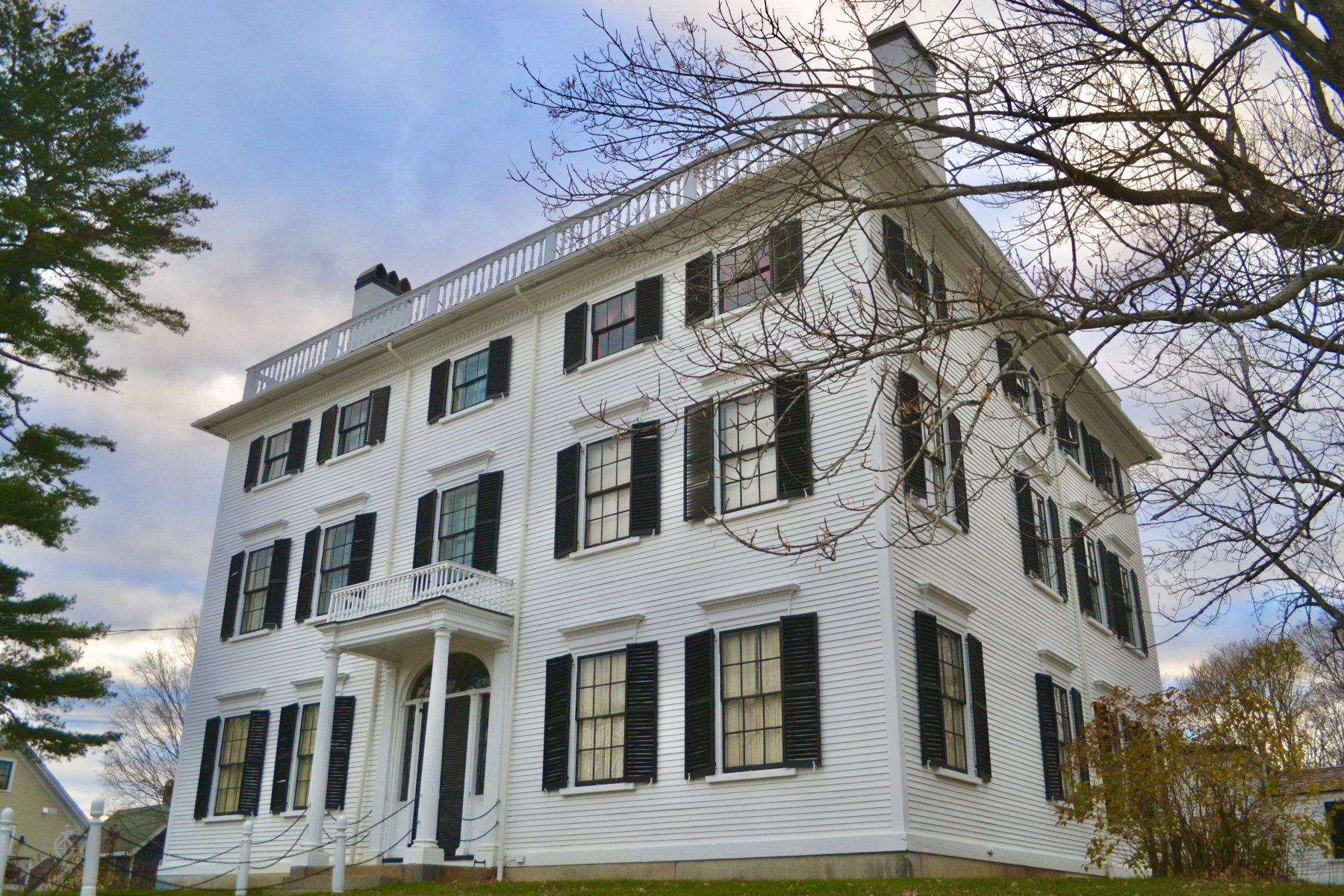

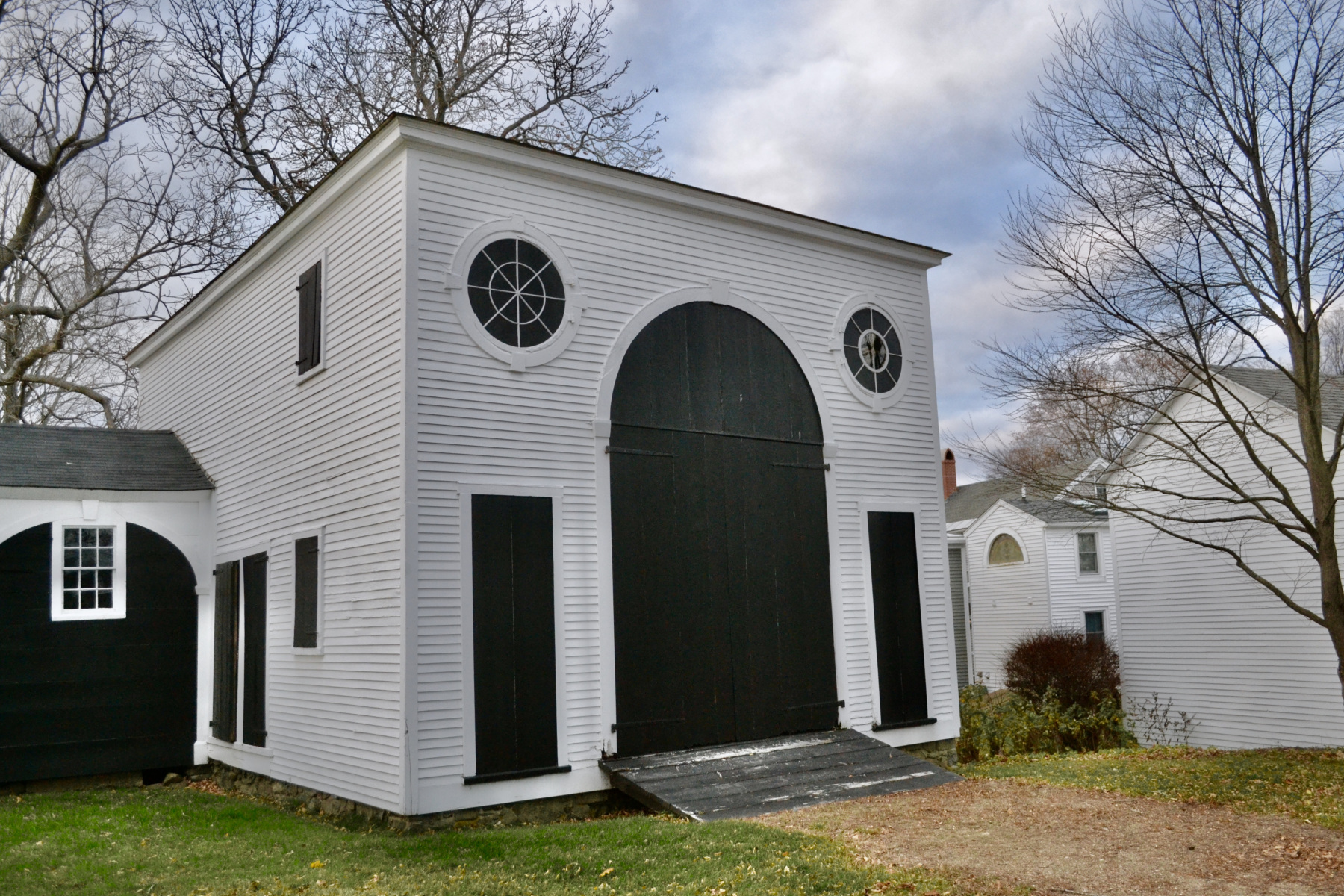
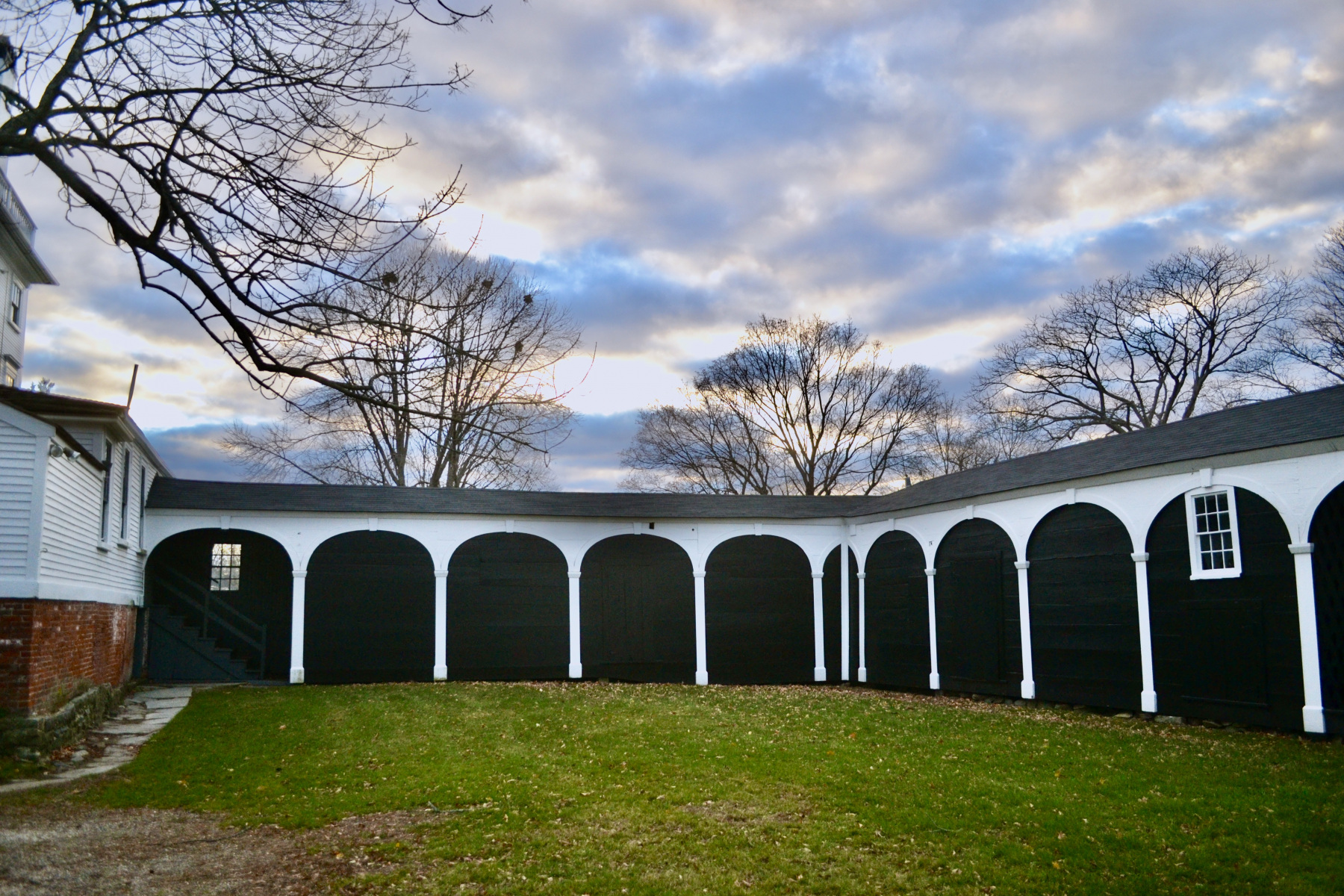
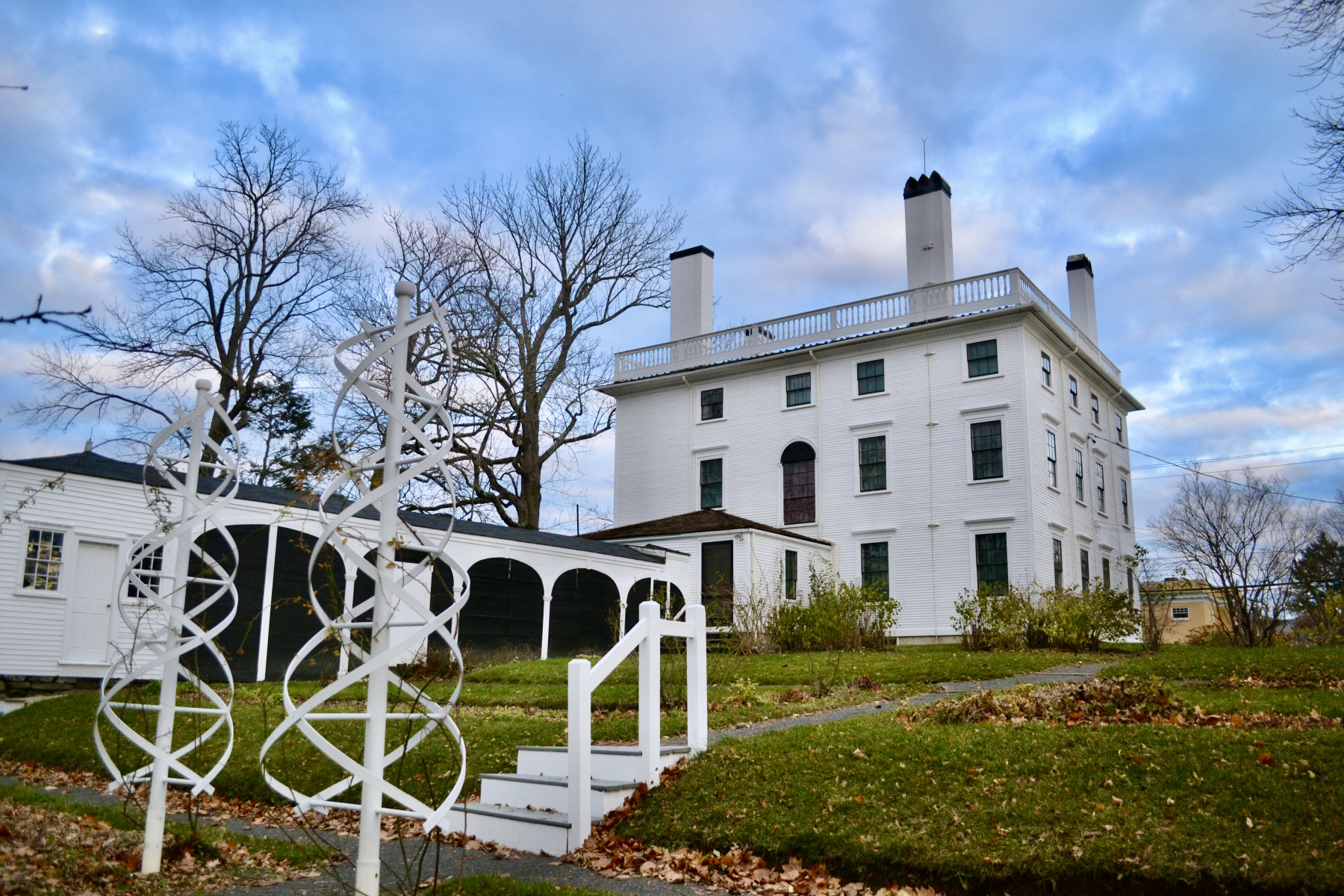
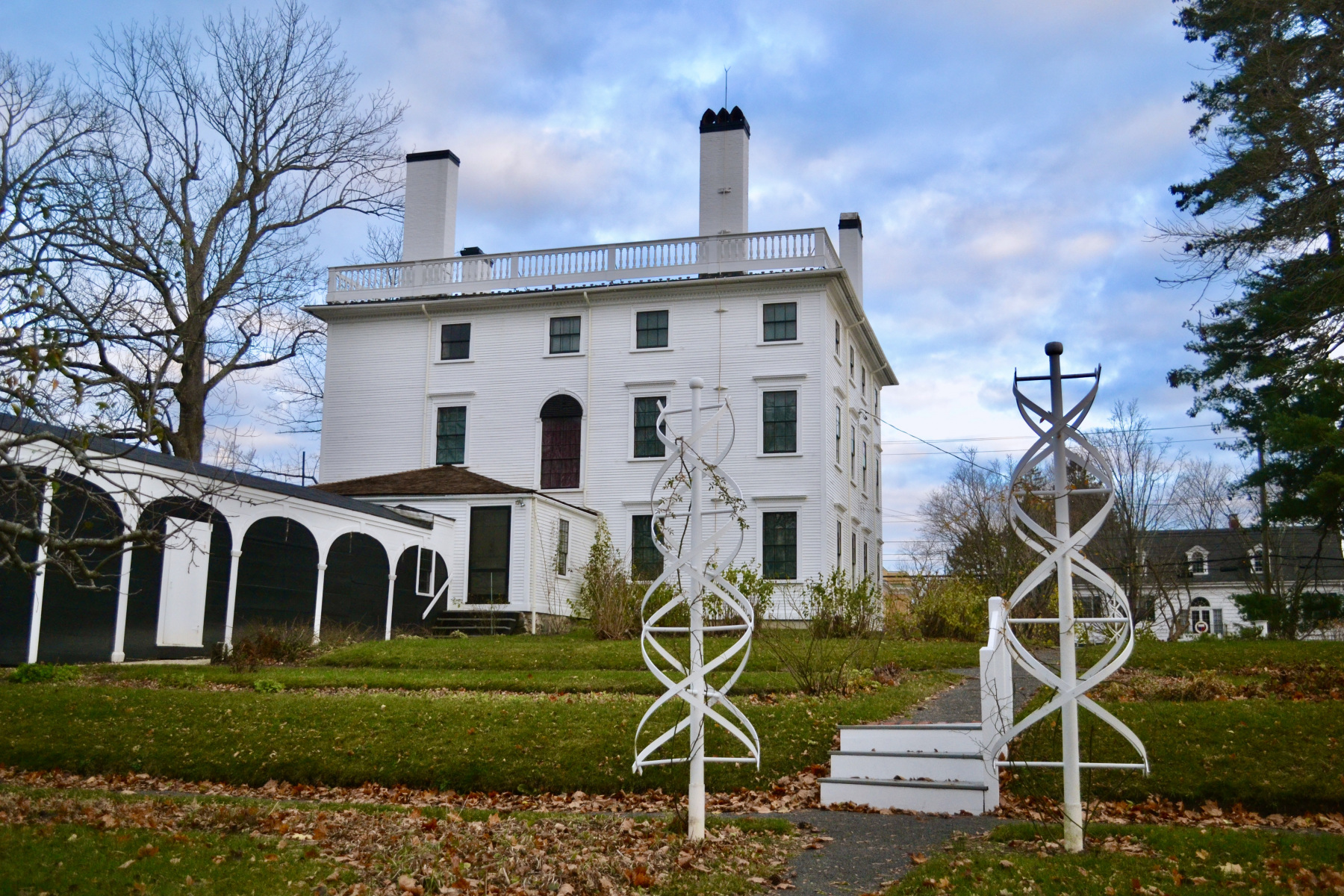
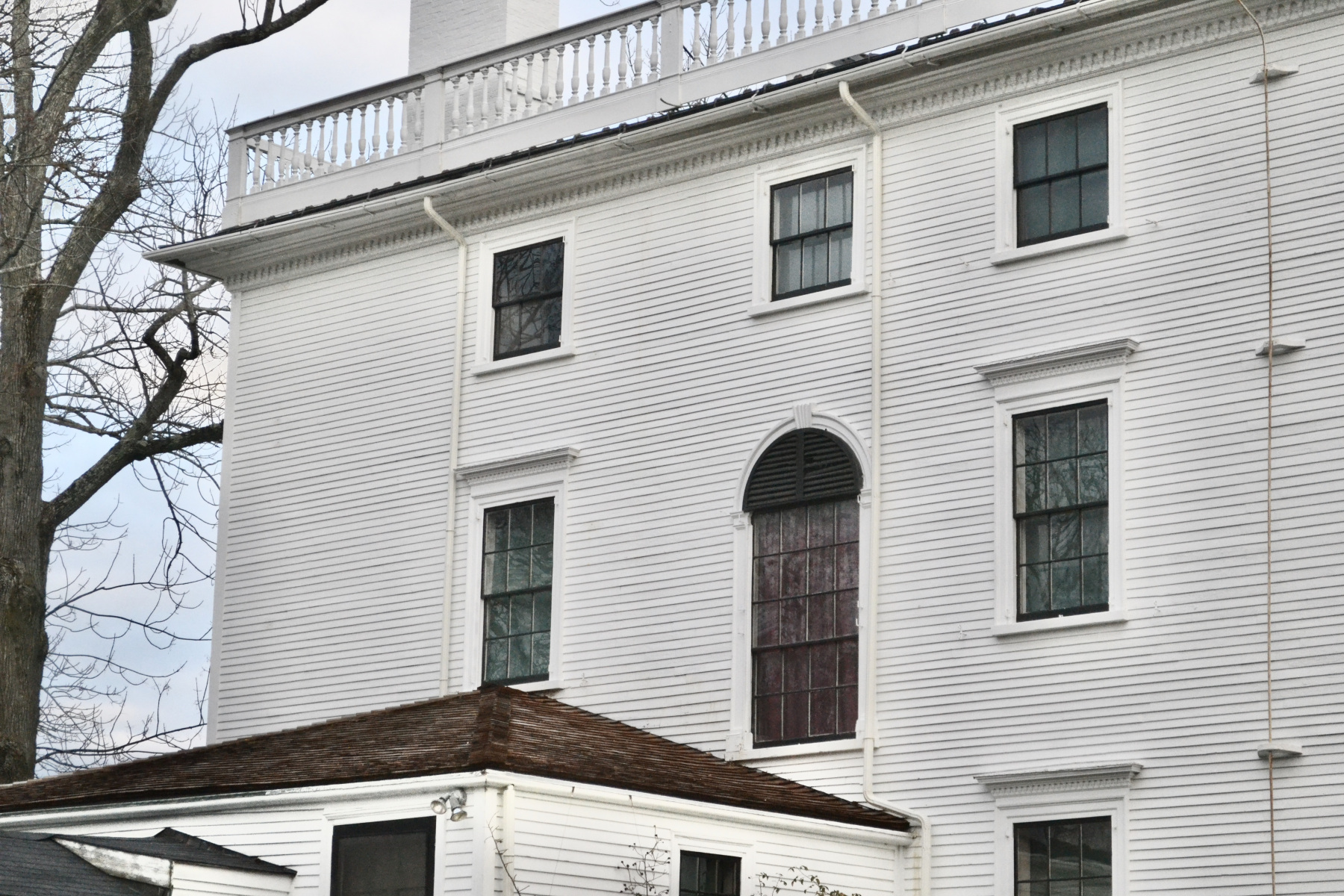
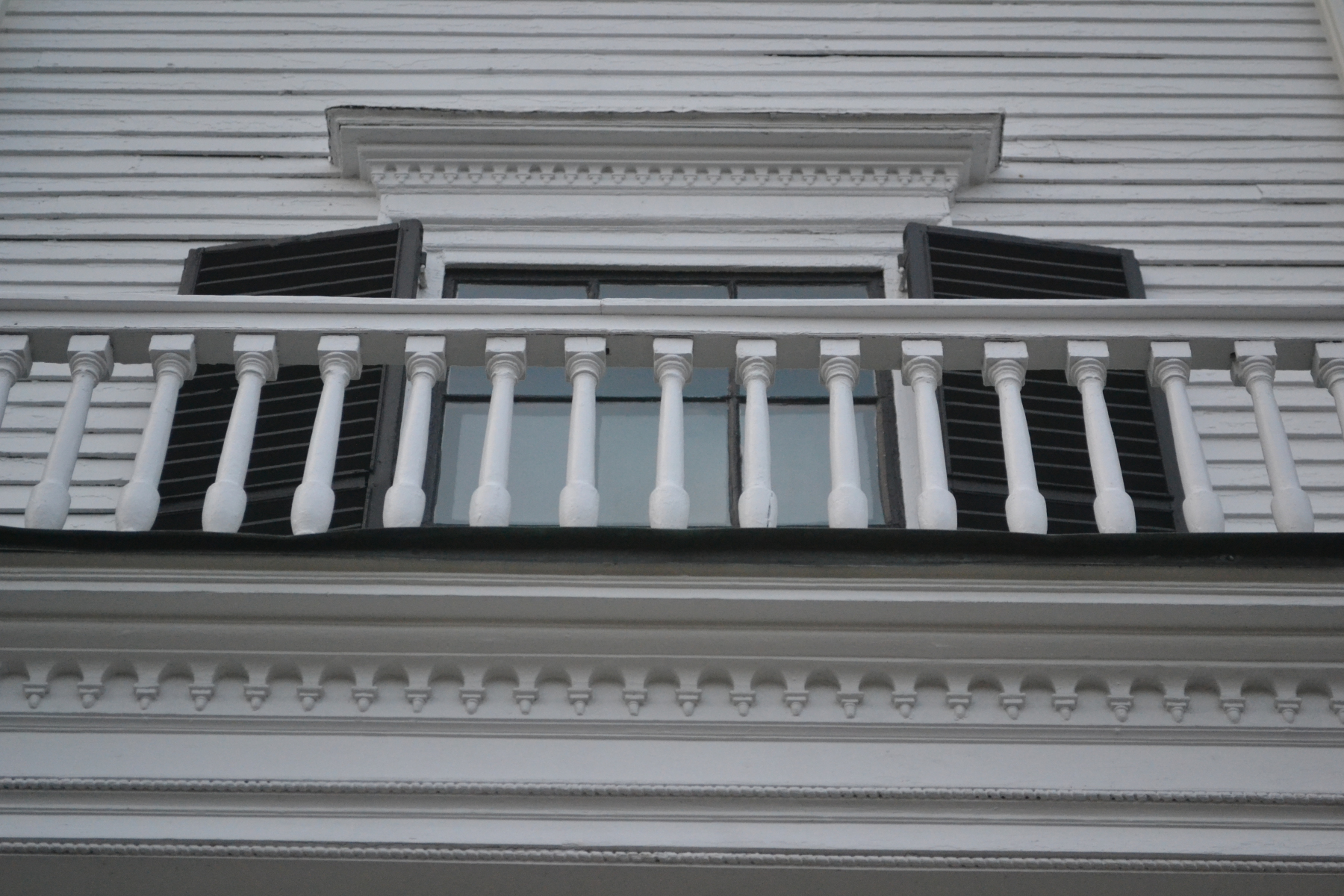
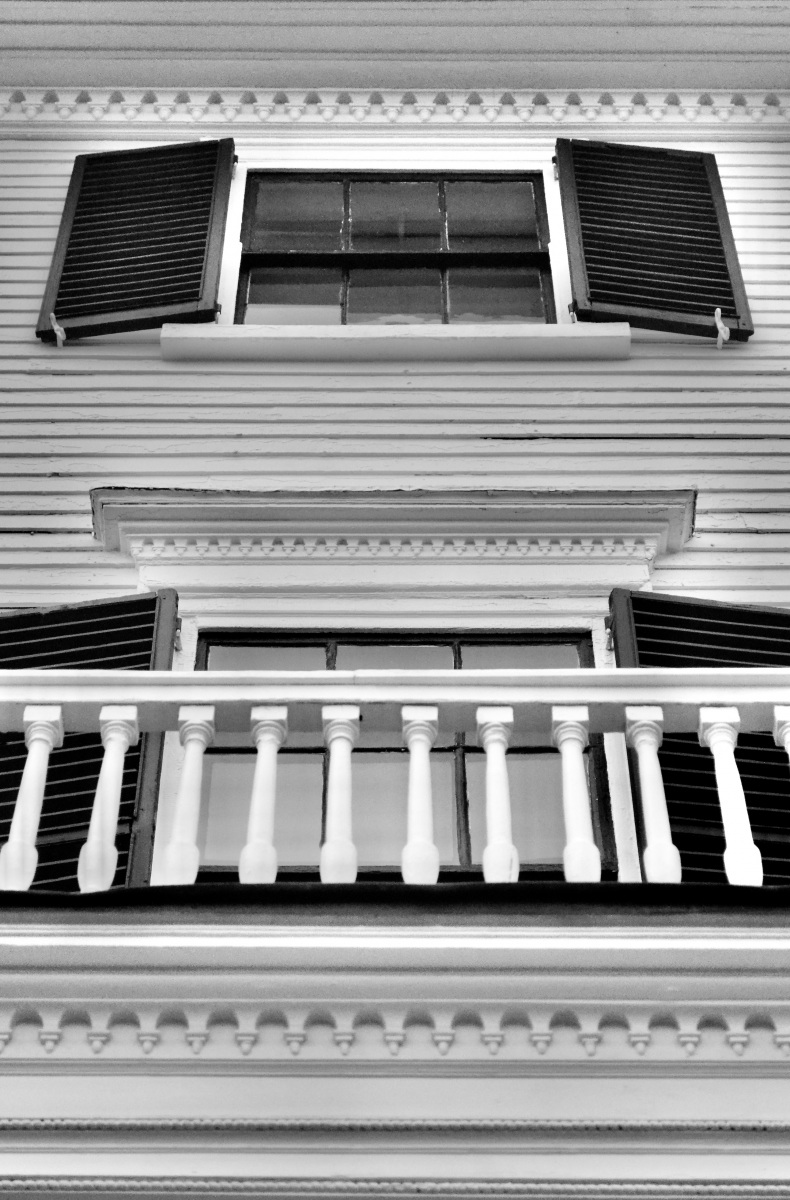

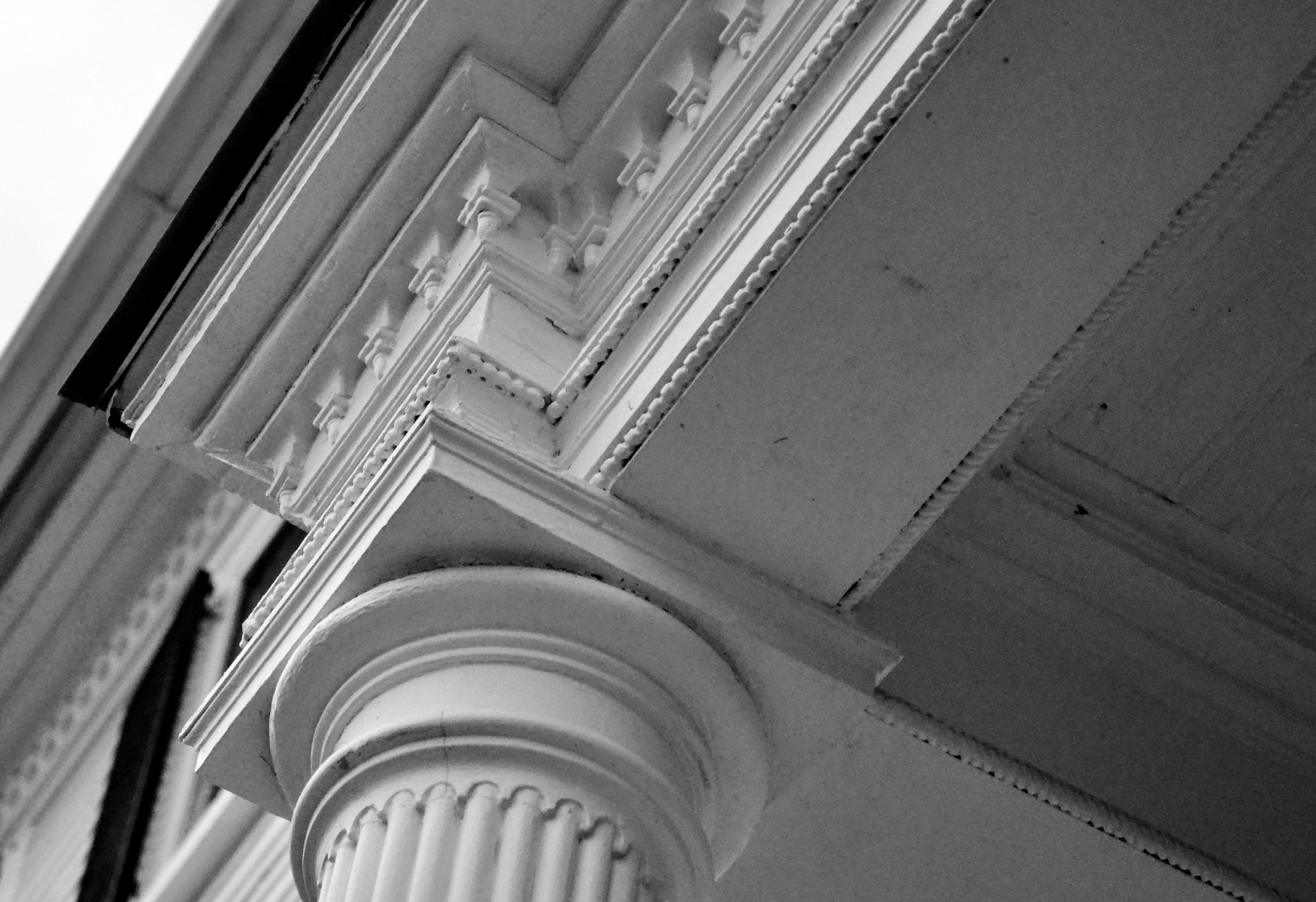
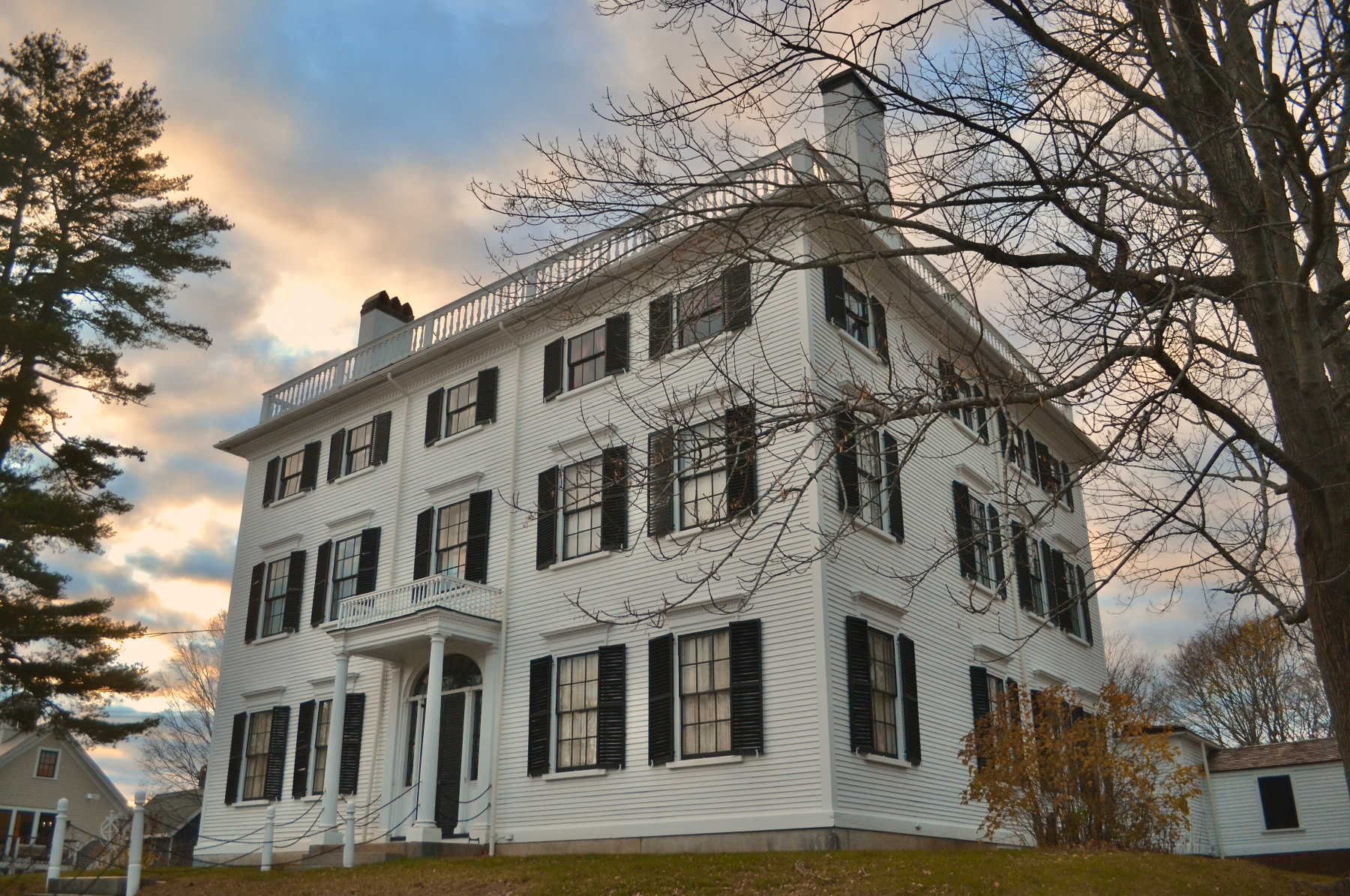
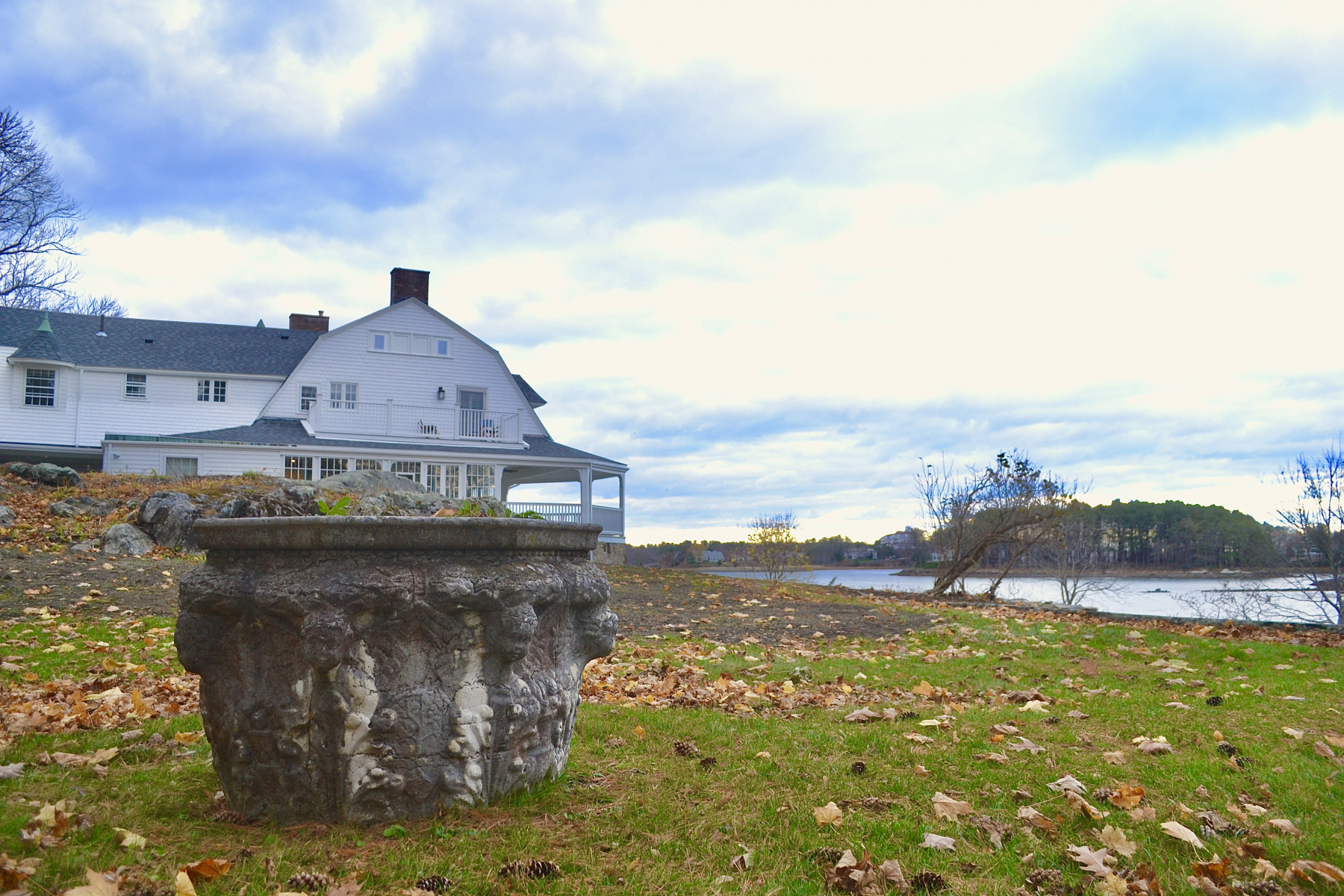
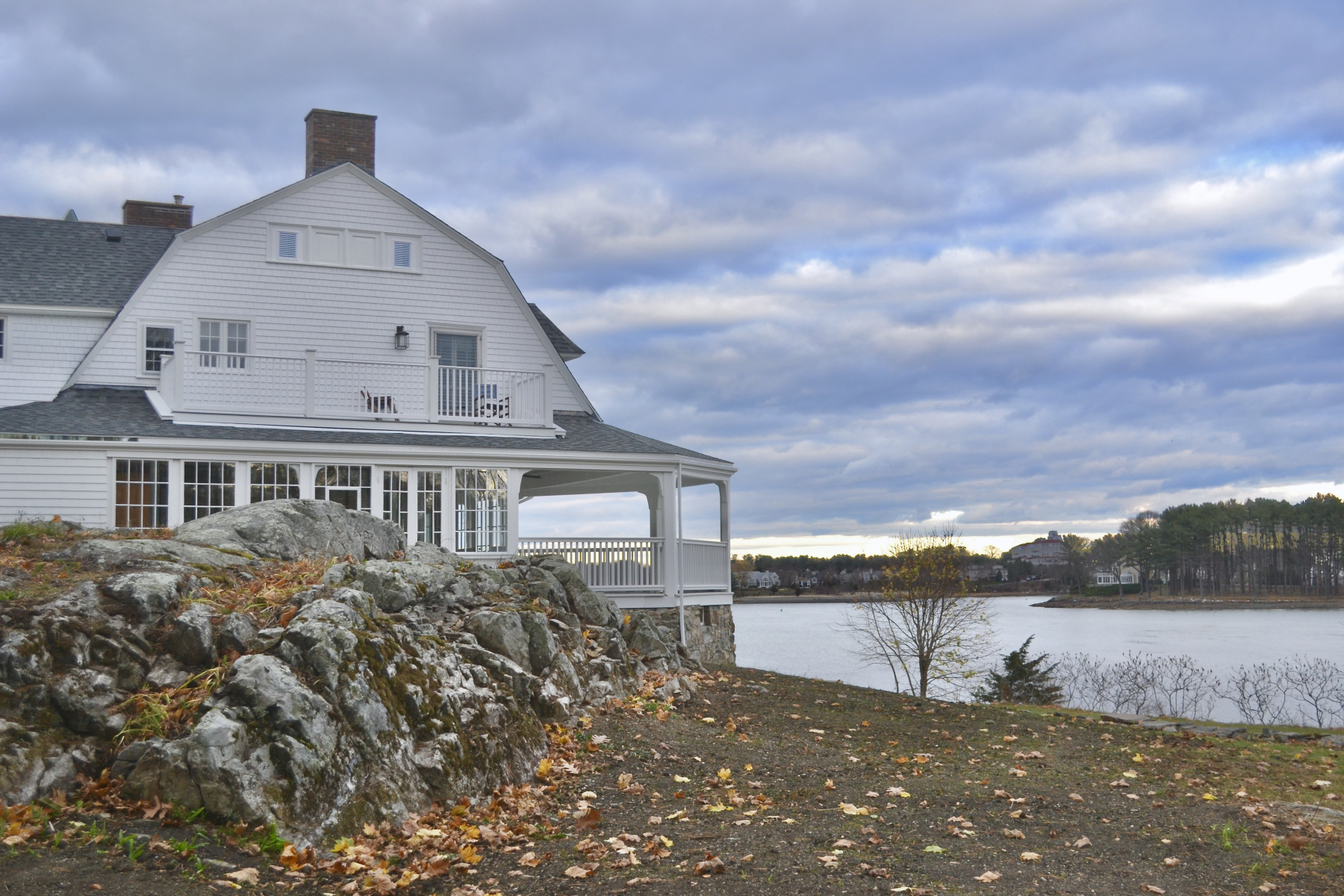
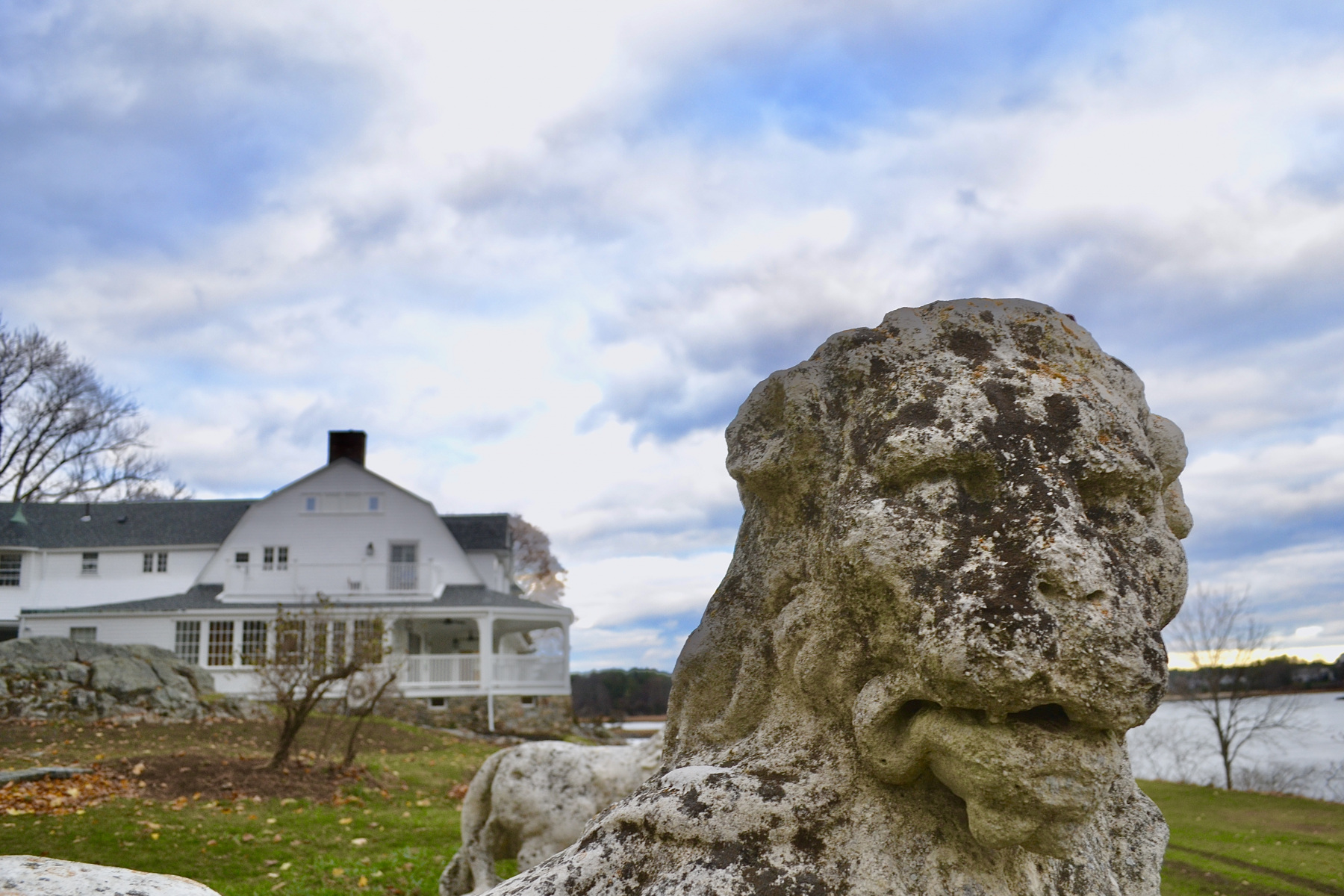
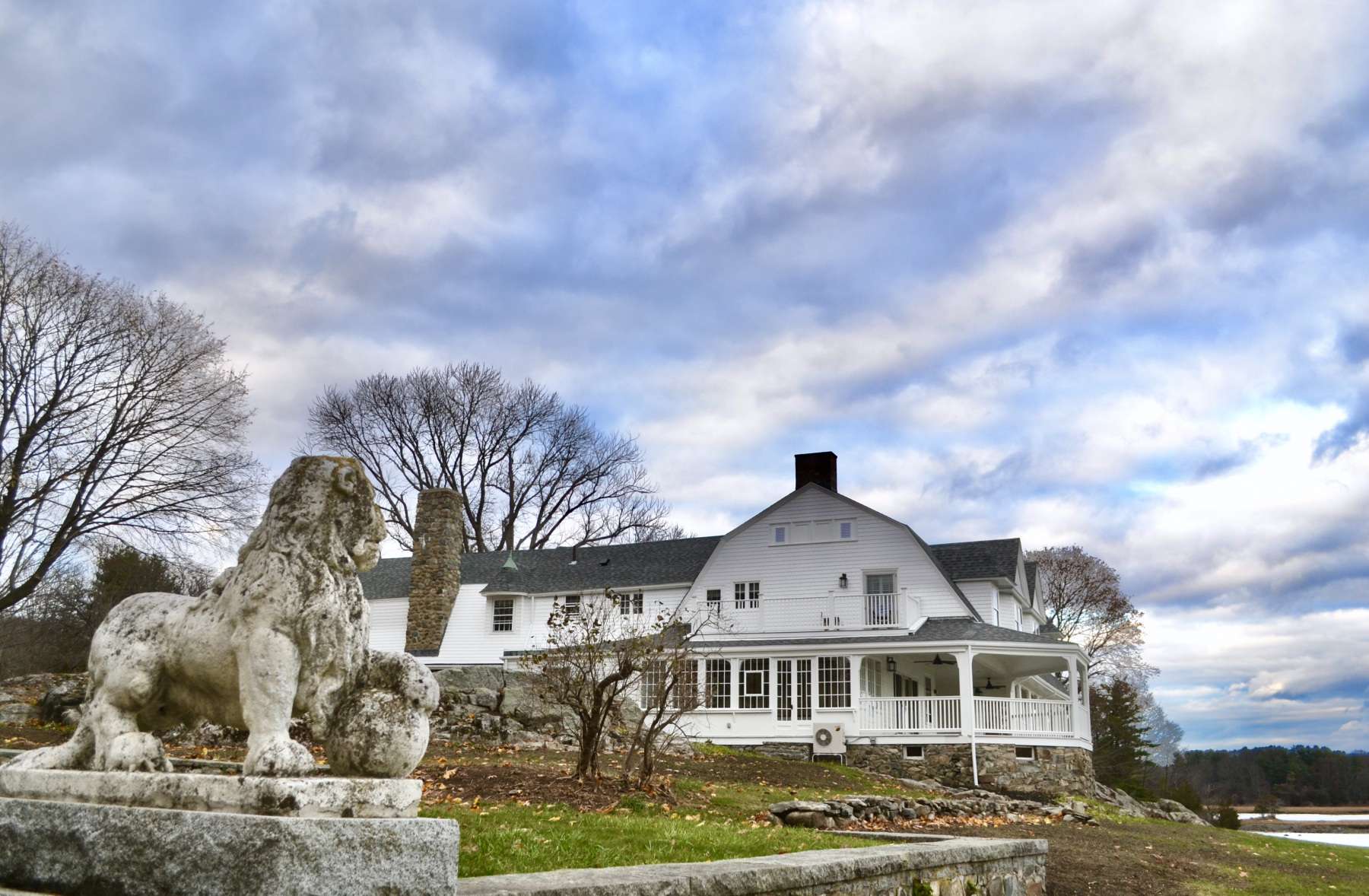
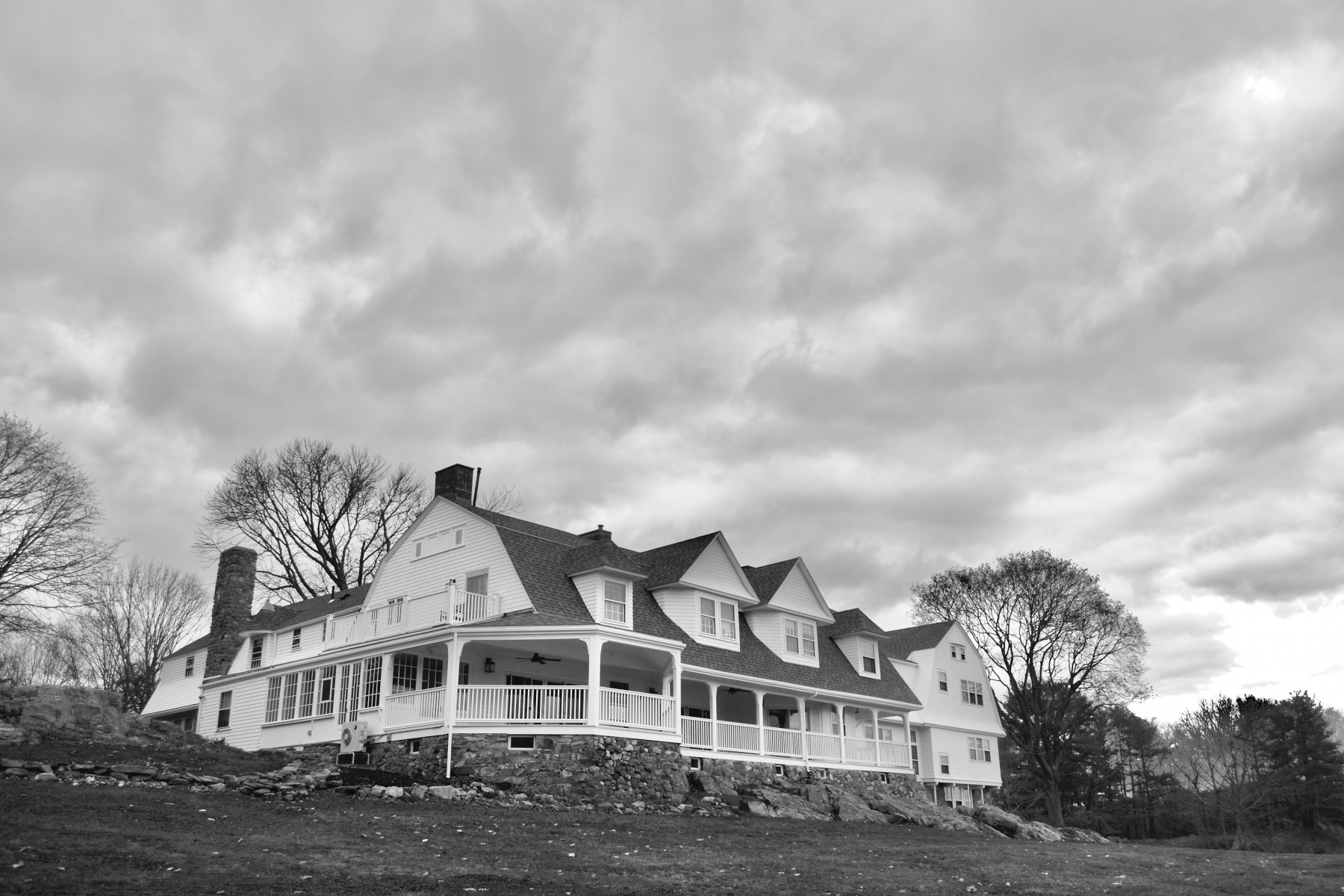
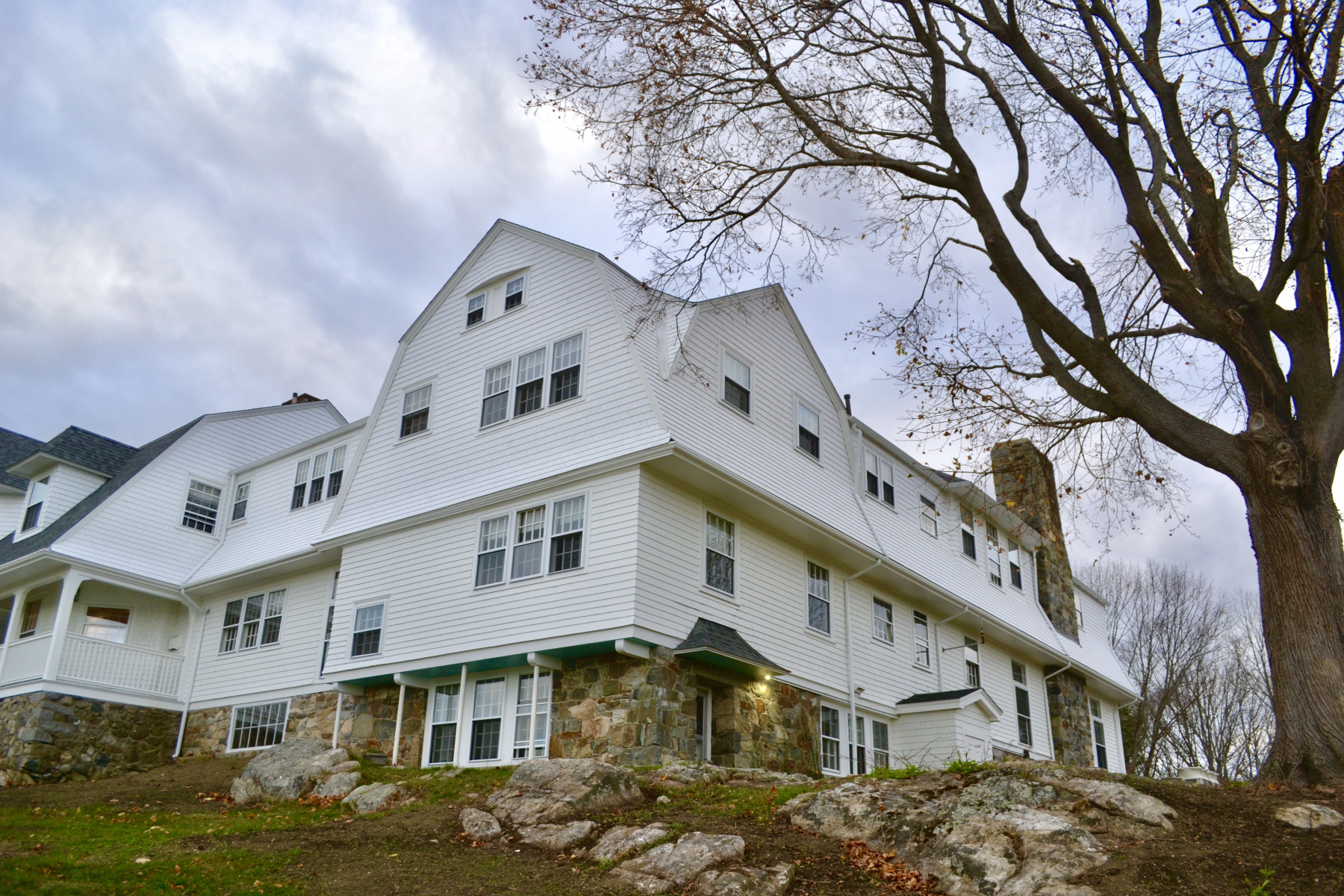
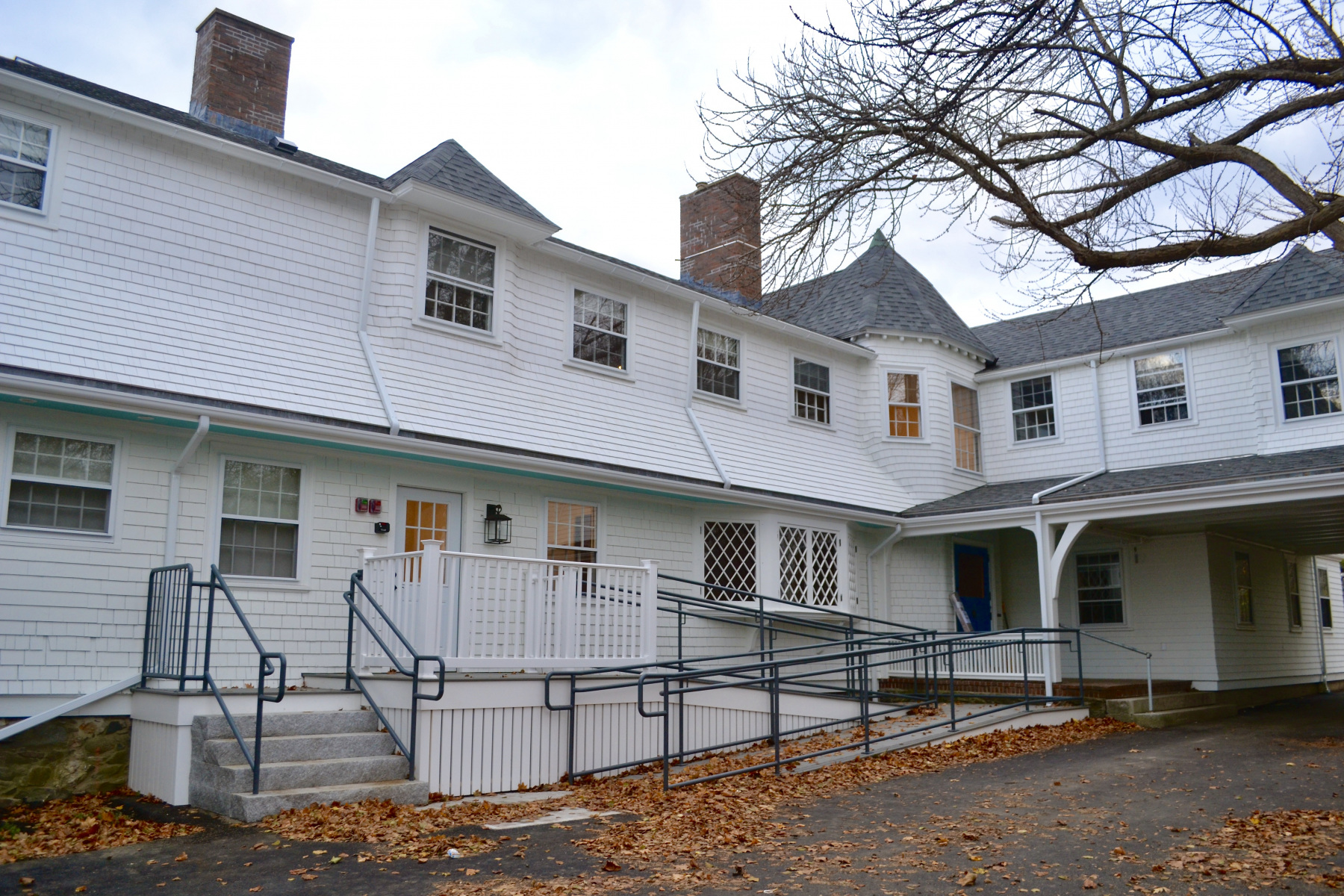
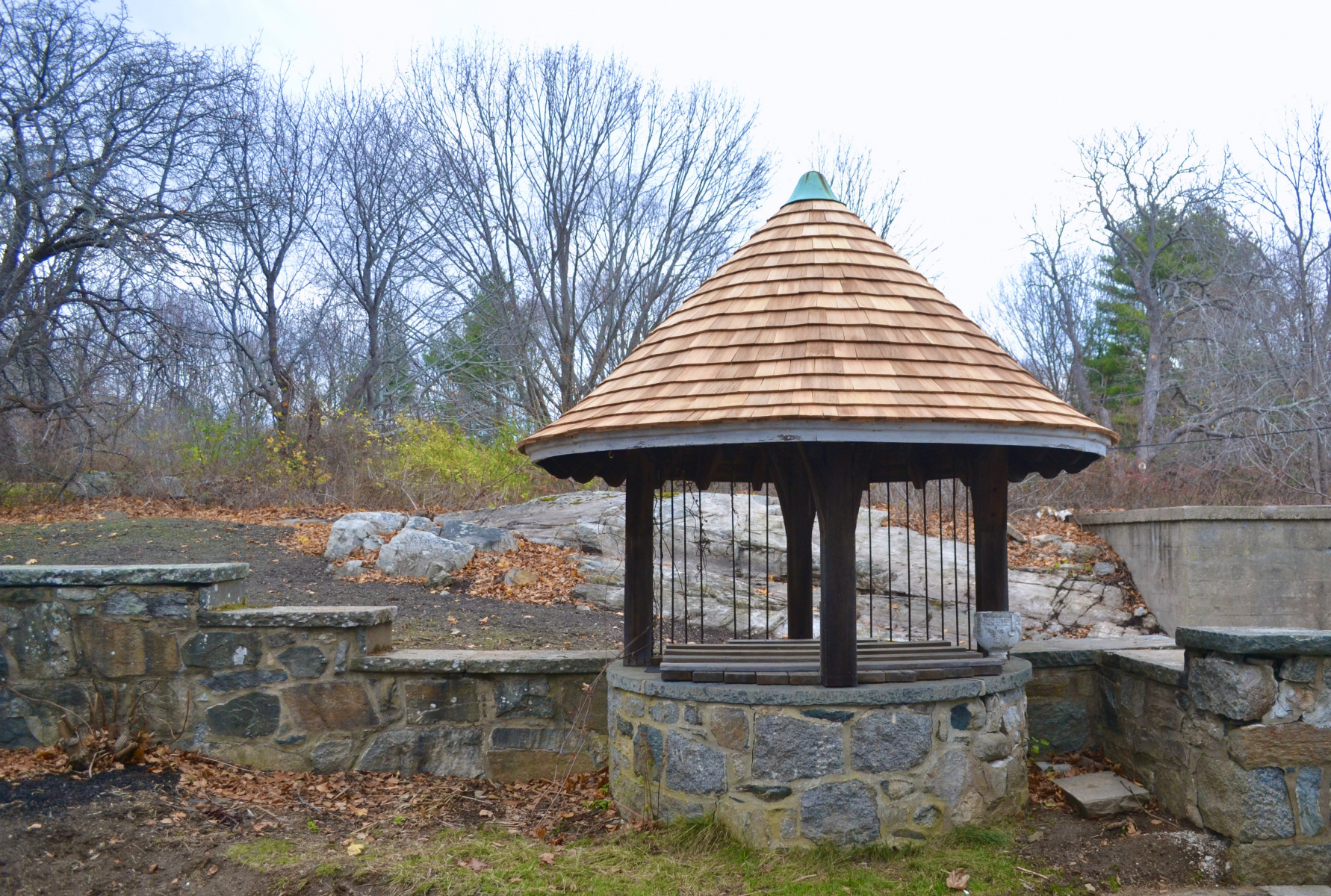
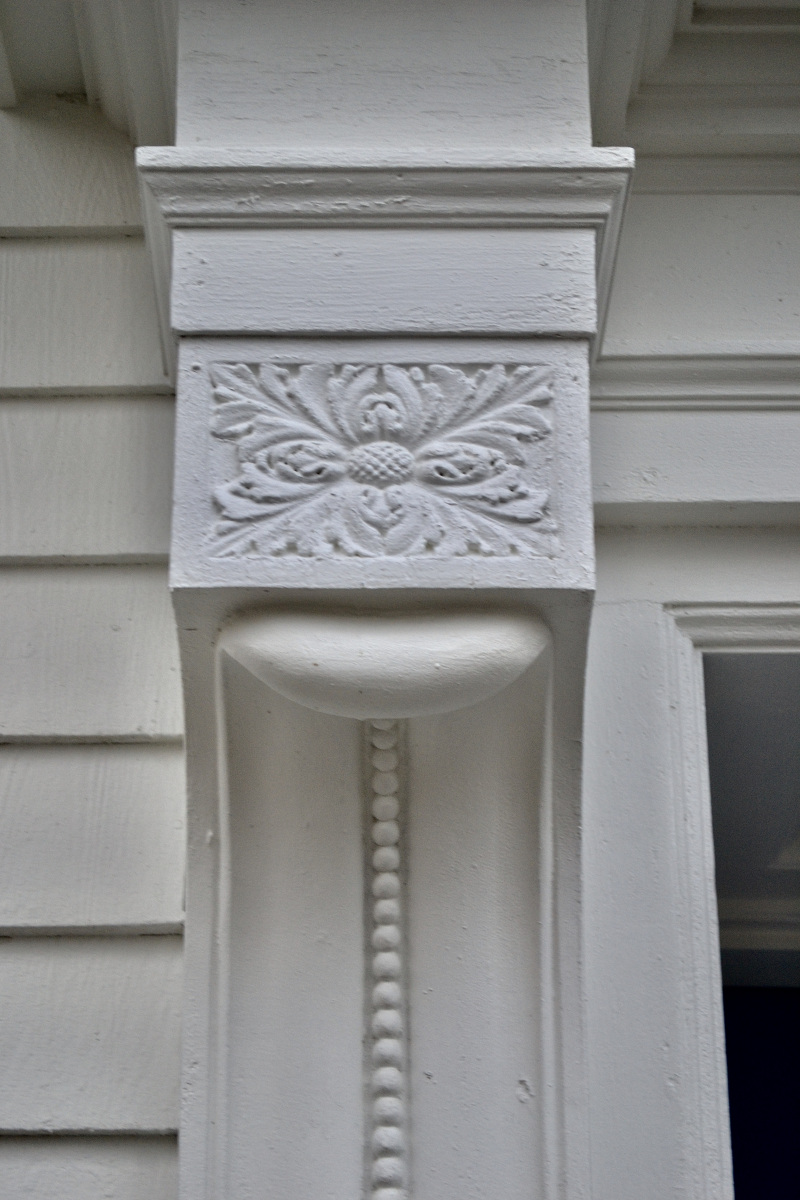
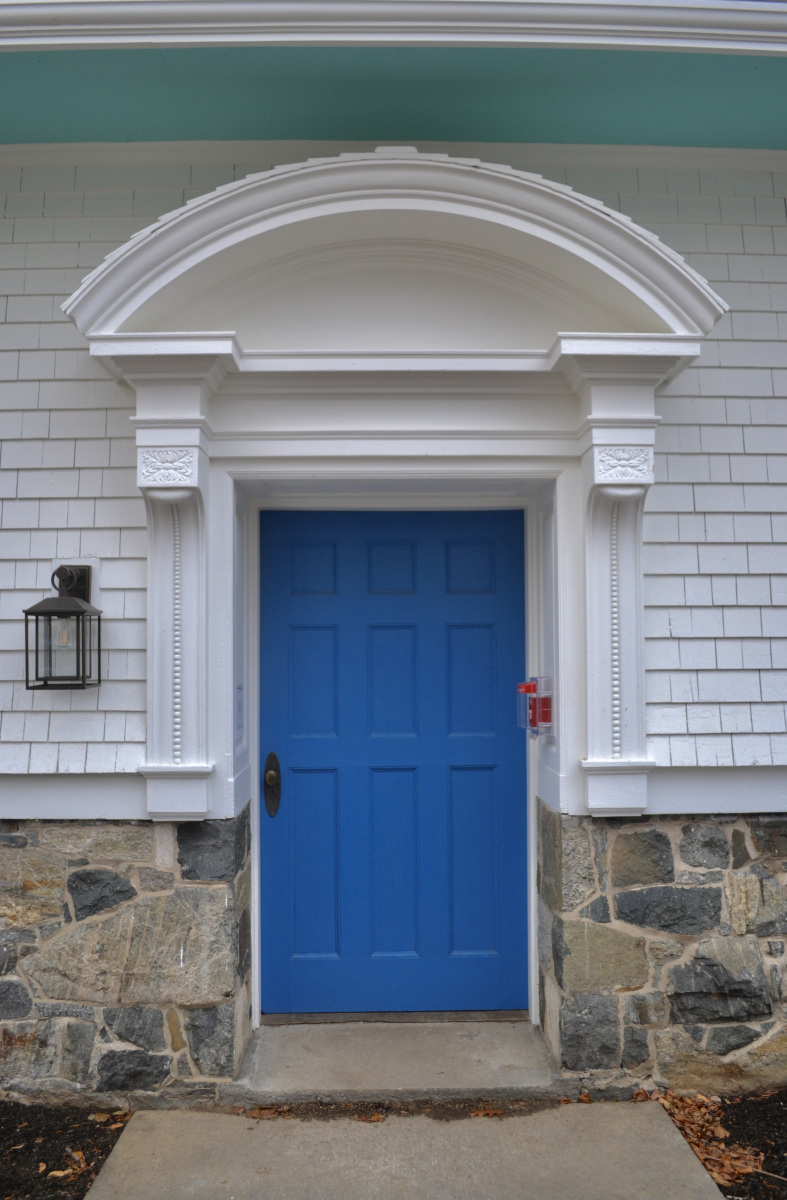
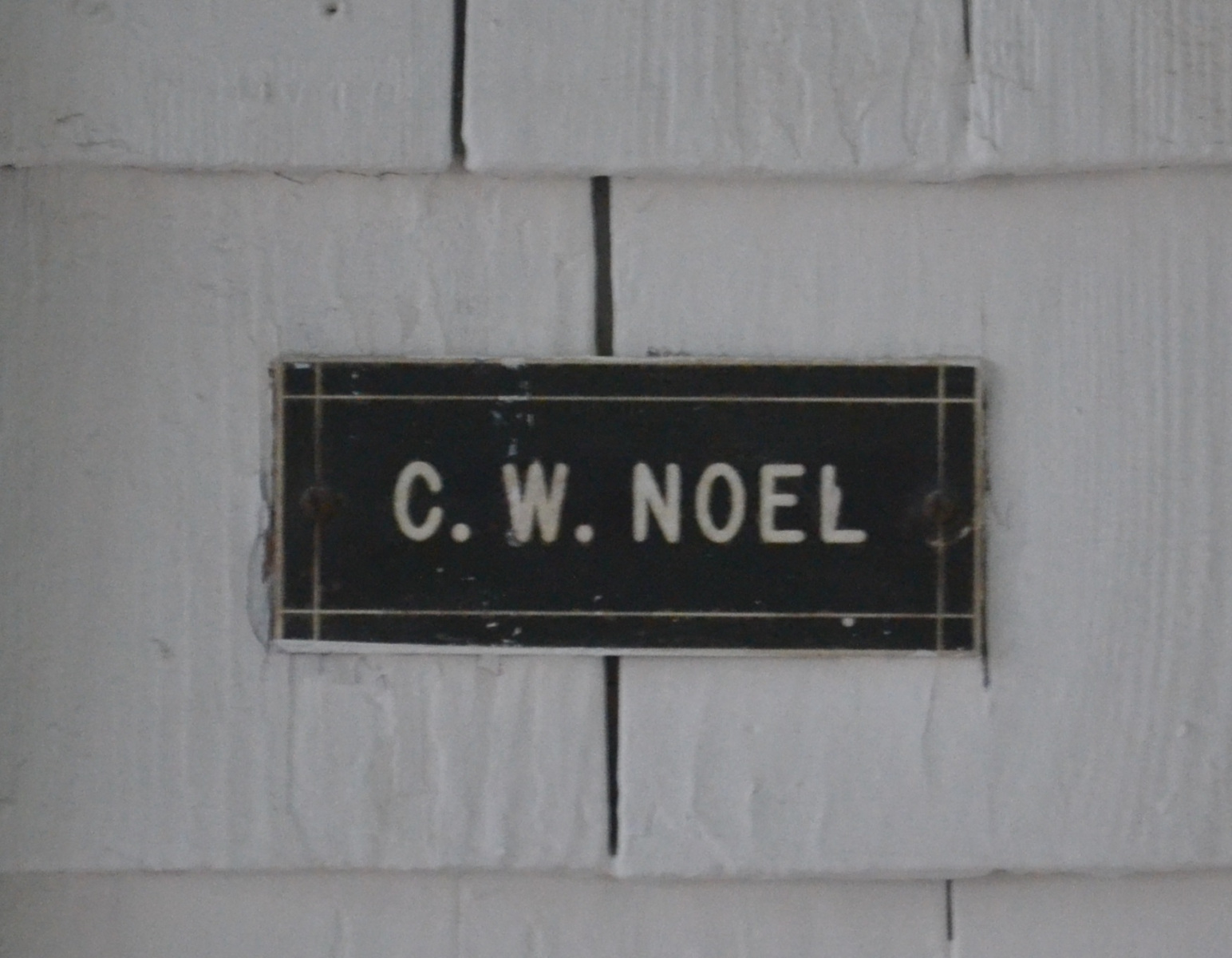
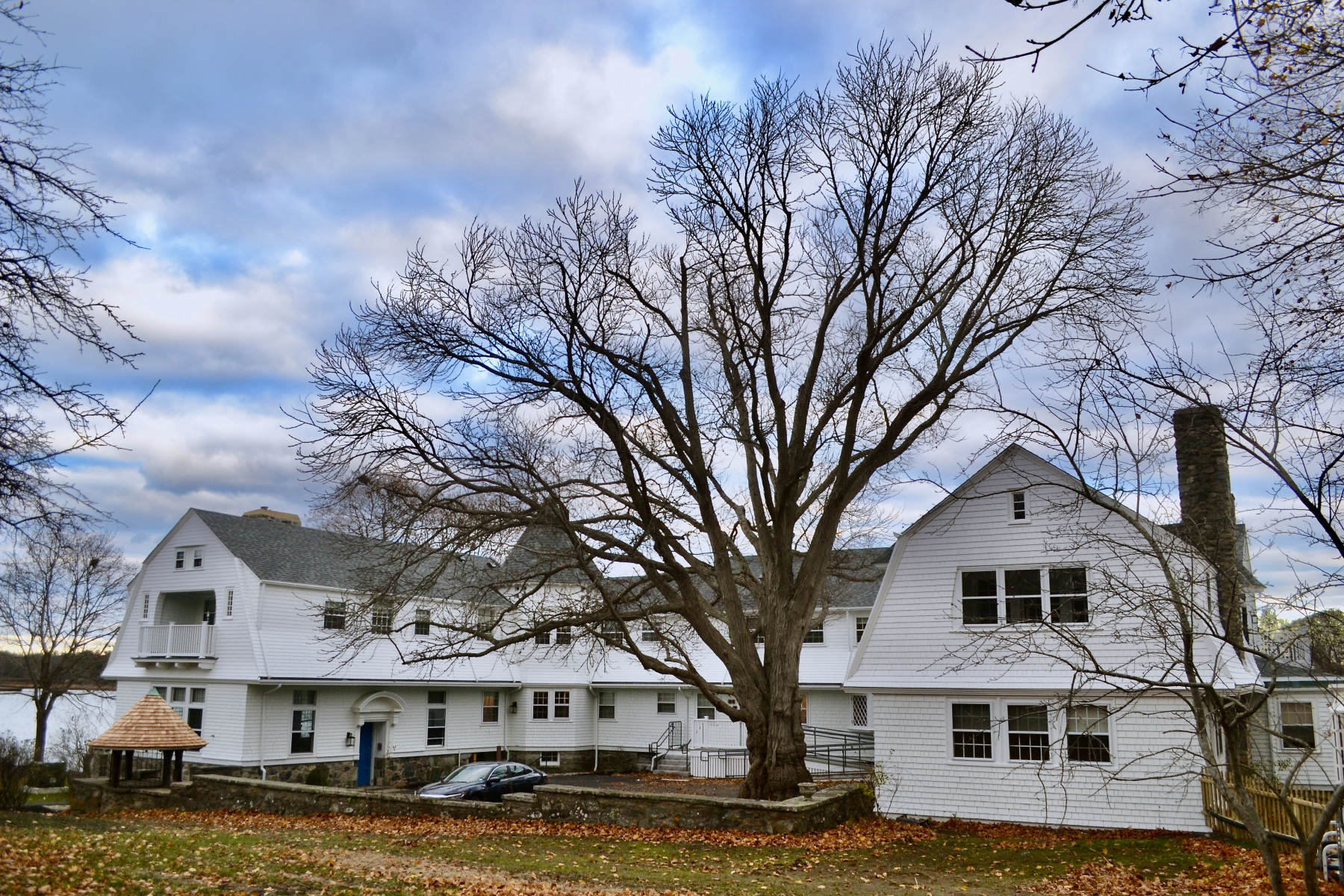
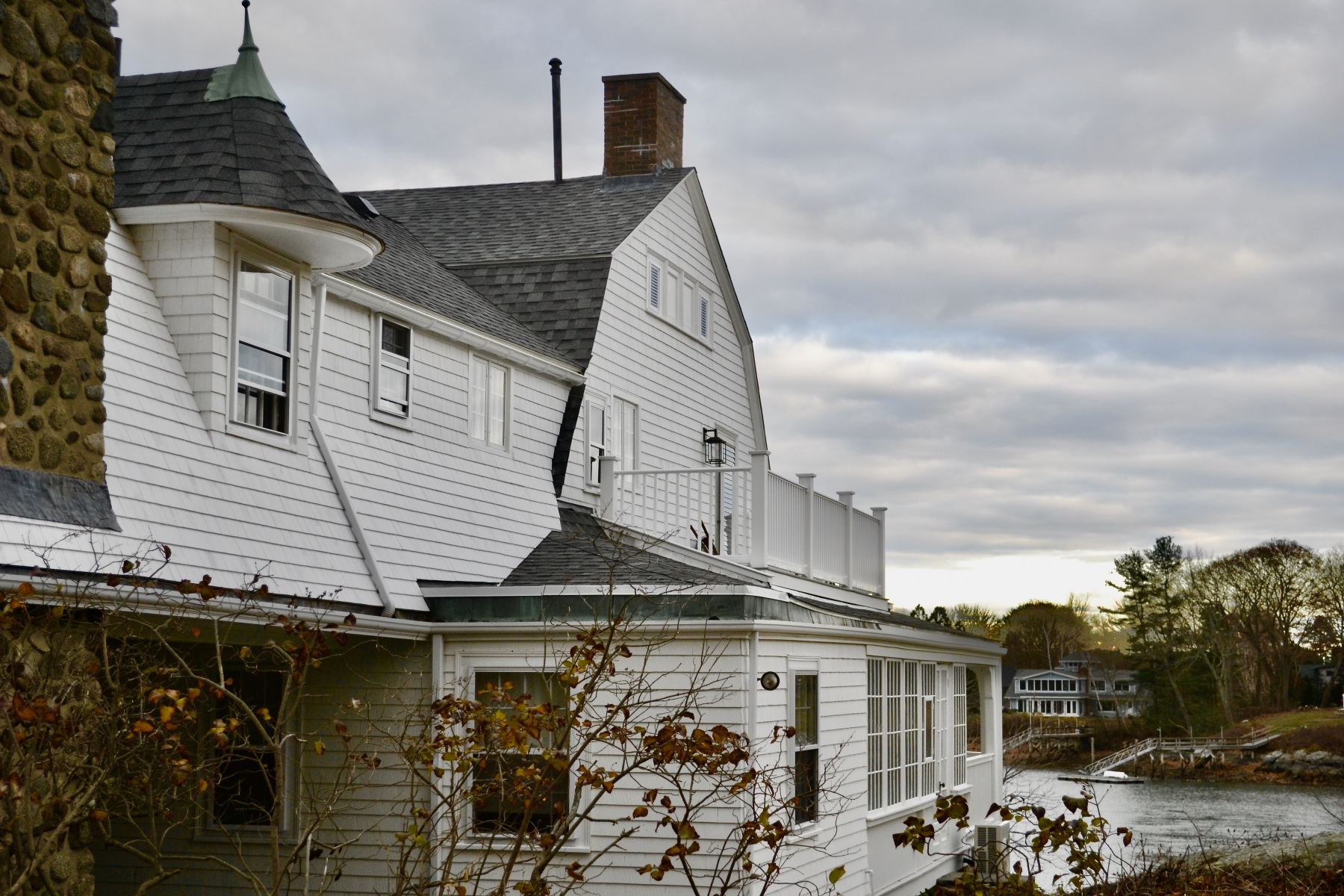
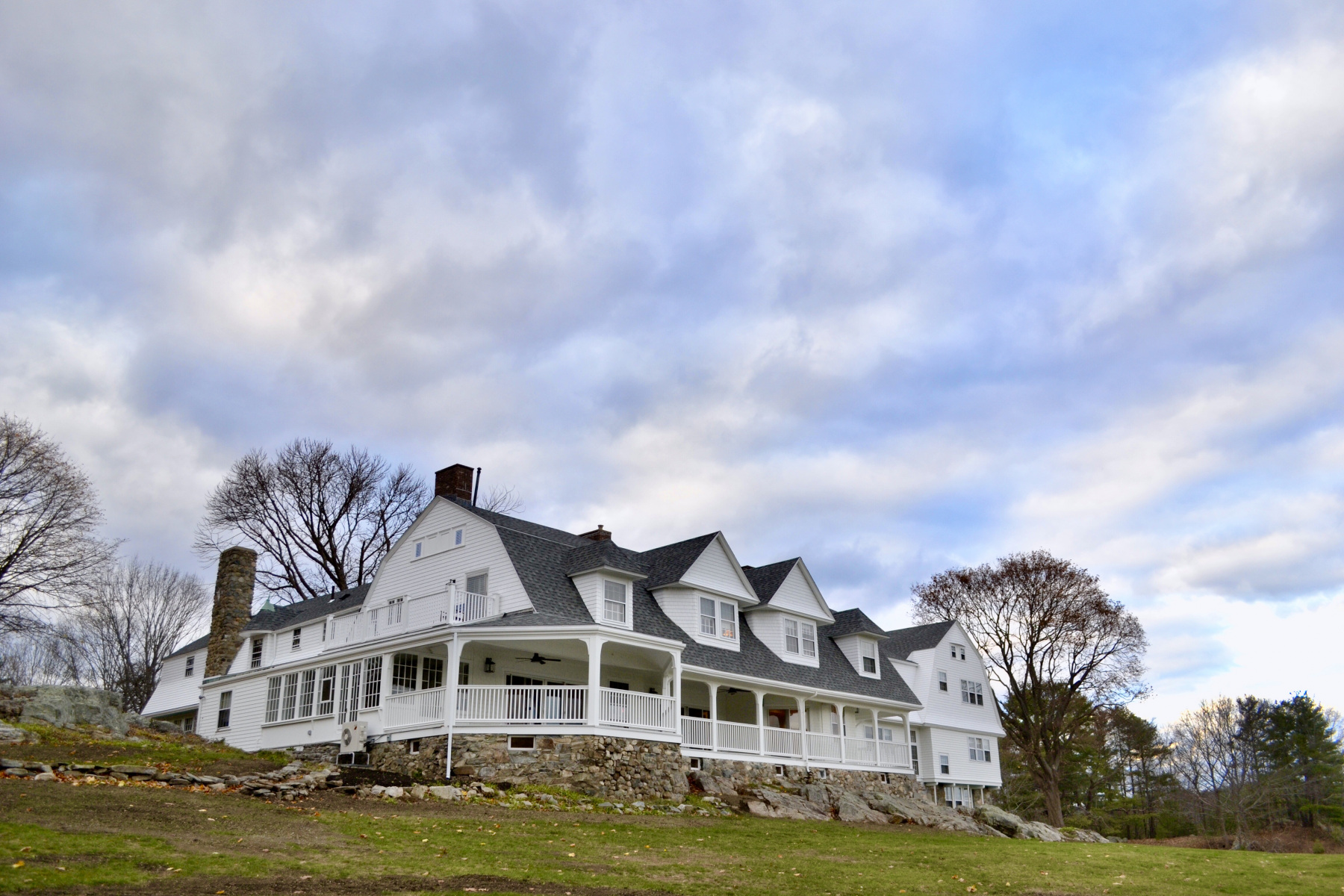
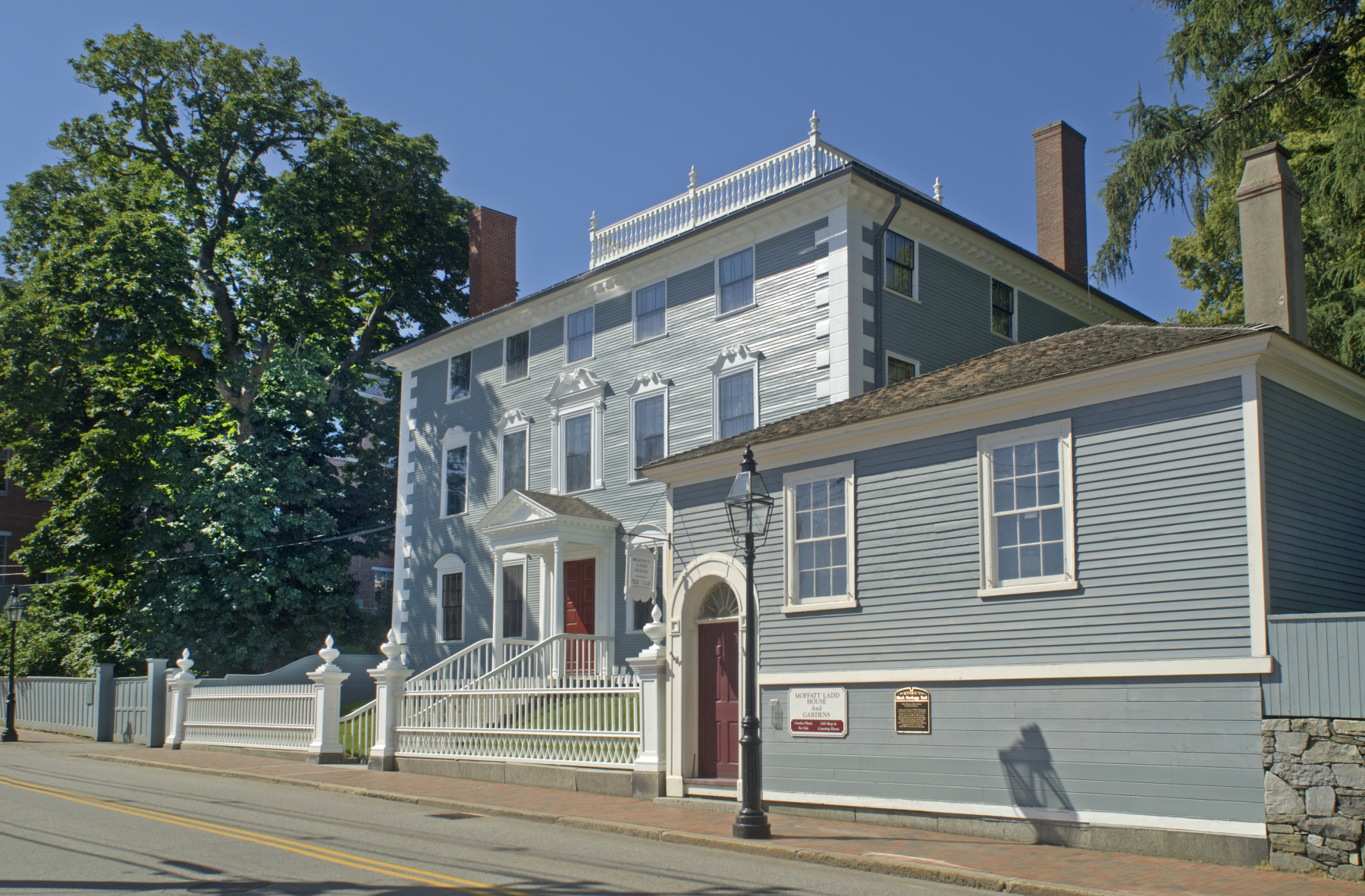
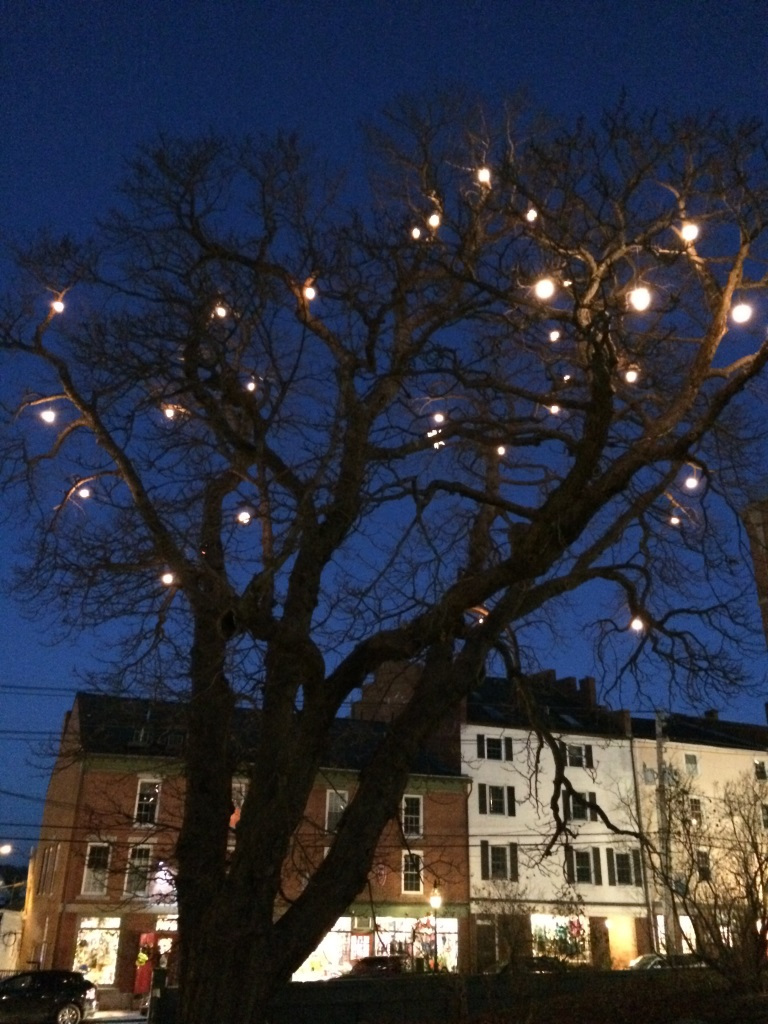
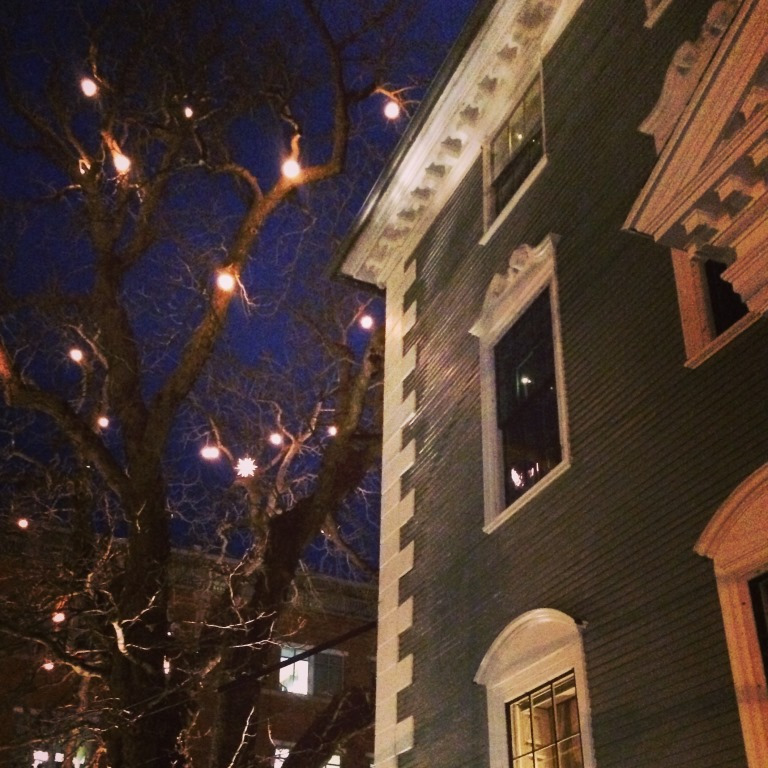



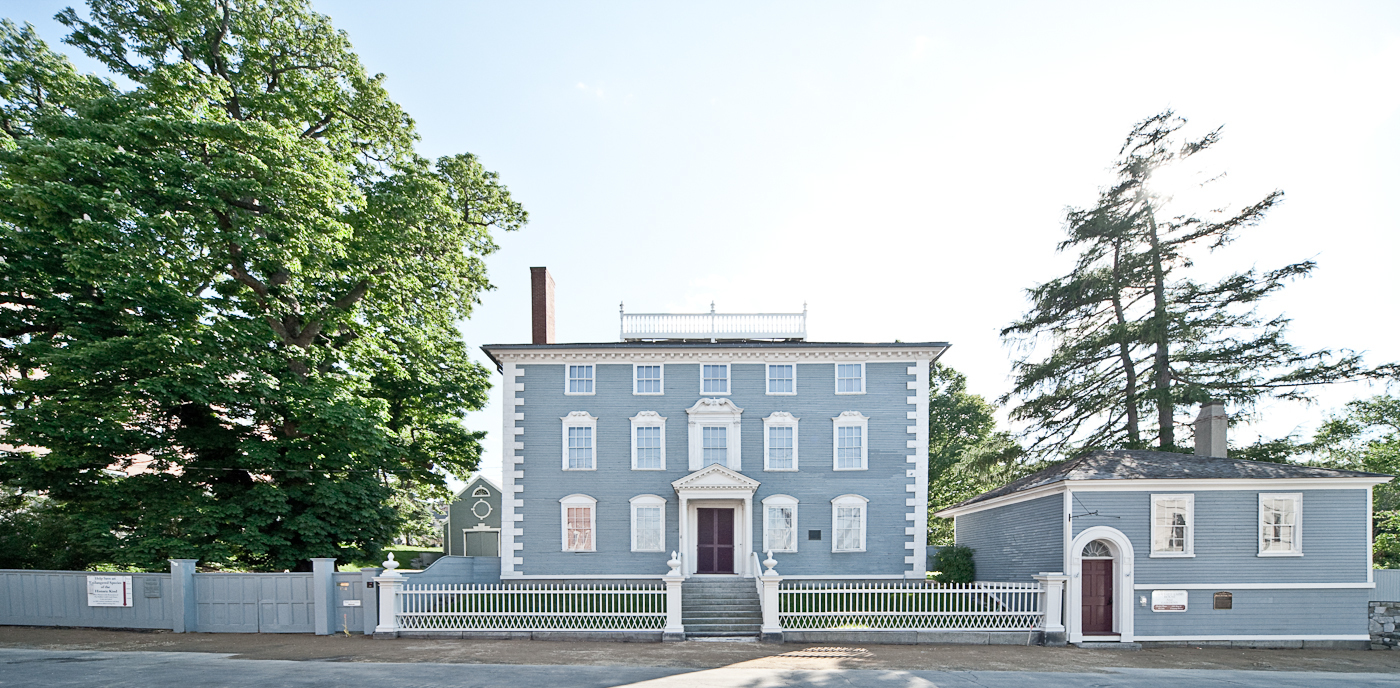

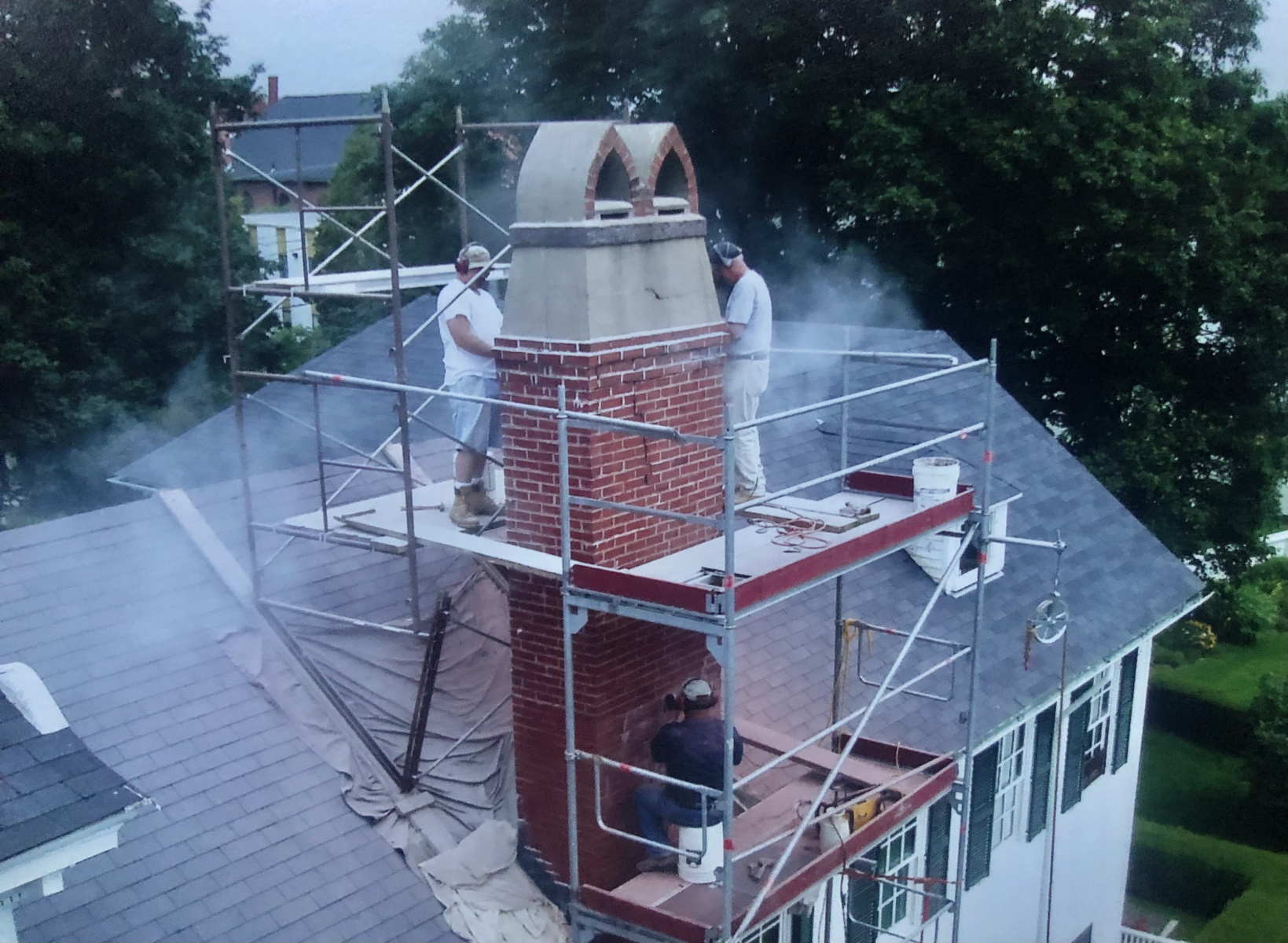
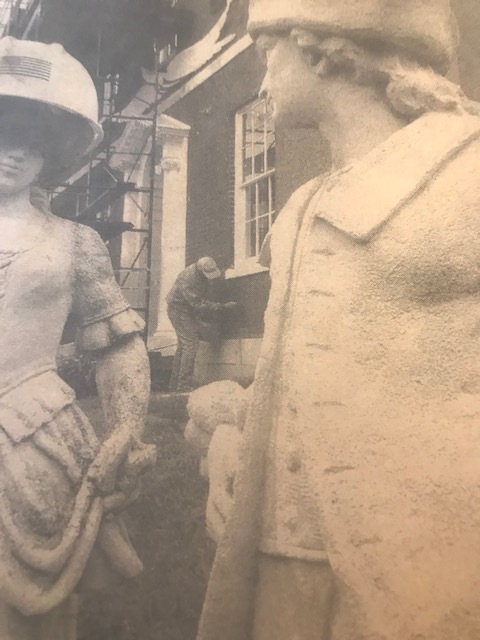
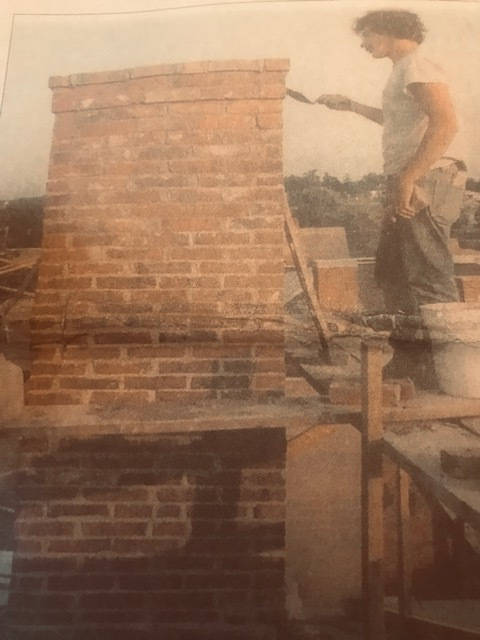
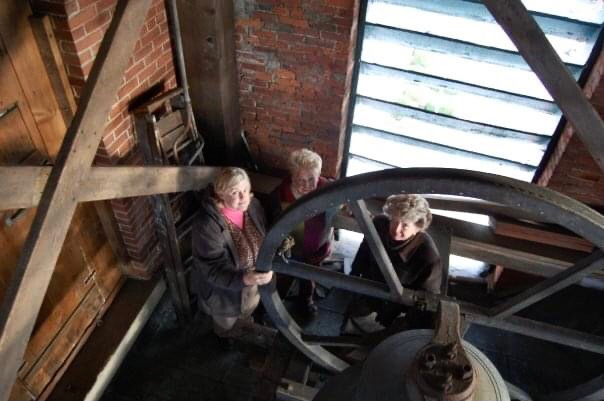


I absolutely love these awards and all the work, care, and inspiration they reflect. We are lucky to live here. Next year, I will take my grandchildren on a walking tour of these historic spots. Is there a book that collects and shows all of these past awards too?
Thank you for all you do,
Mary Anker
Mary,
There isn’t a consolidated publication of the award winners, specifically, but Advocates founder Richard M. Candee’s book Building Portsmouth, which you can pick up at the shop or order from our online store, covers a lot of the historically important buildings in Portsmouth, and many have won the Advocates’ awards.
What a wonderful presentation of this year’s awards, especially all the information about the Governor’s House – we lived there for five years but never knew about its early years. Great job!